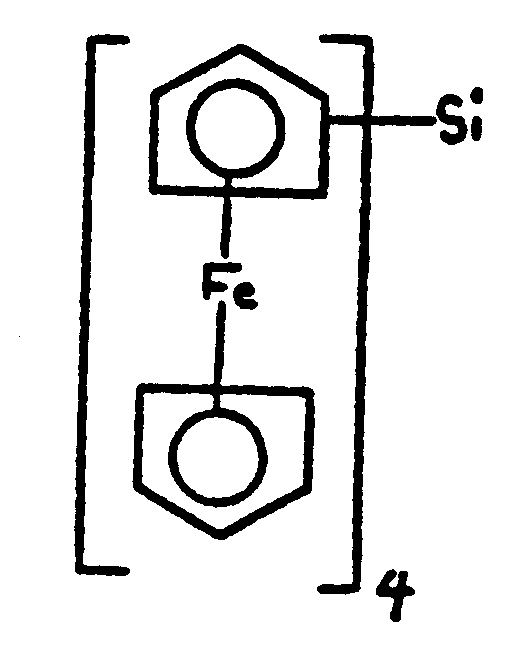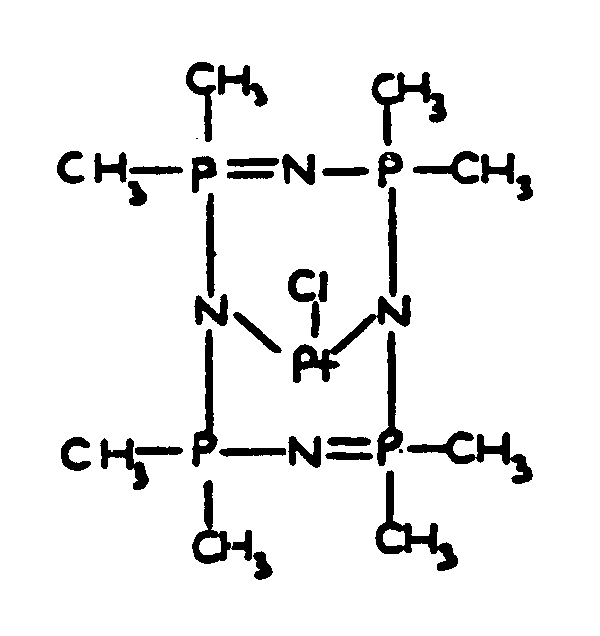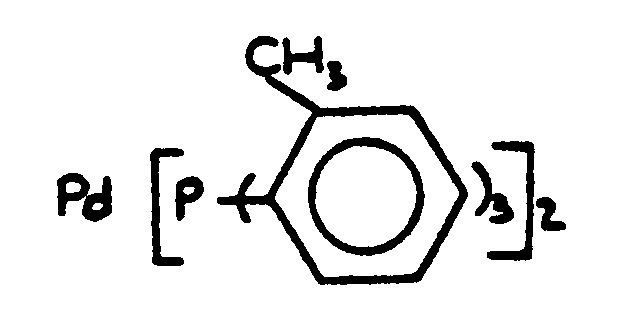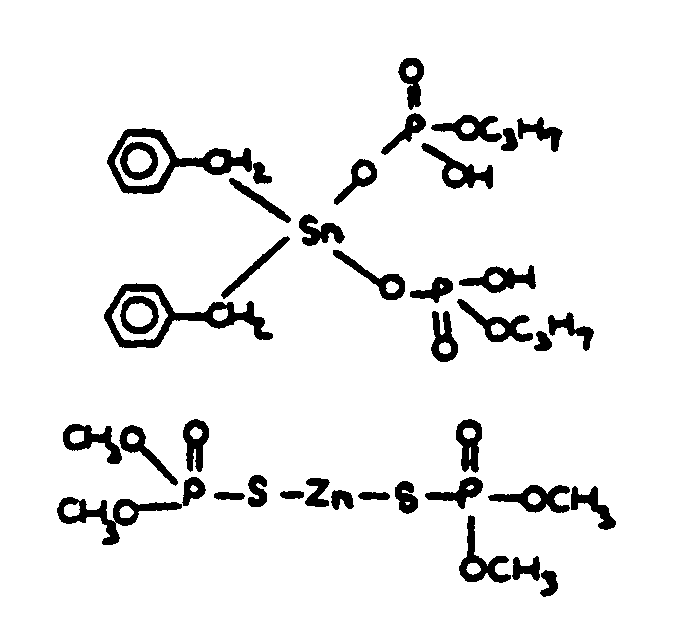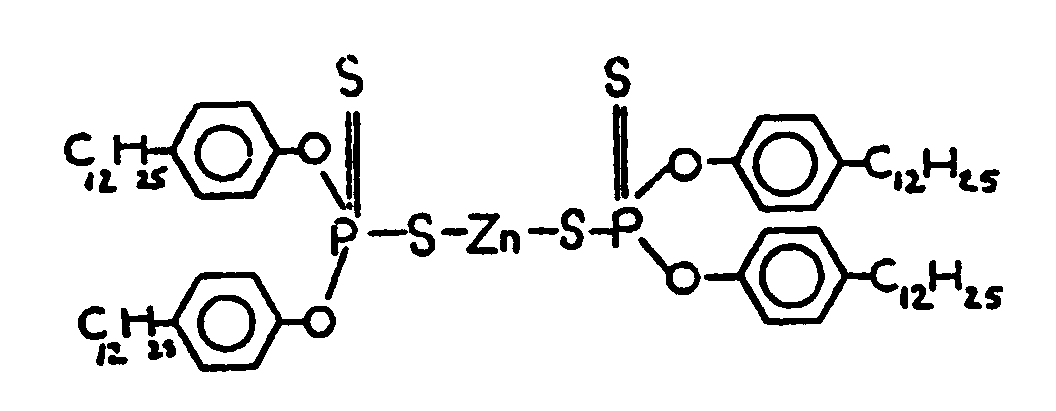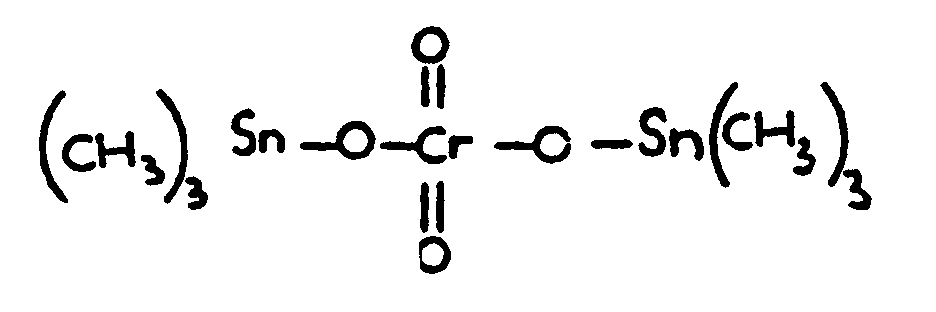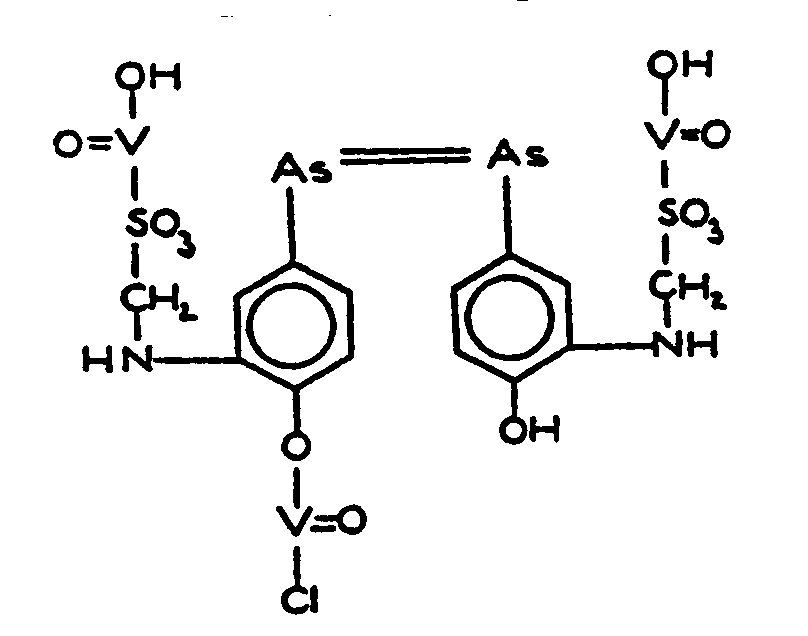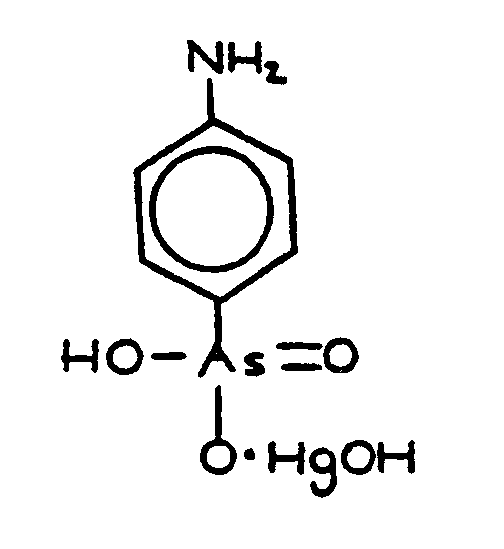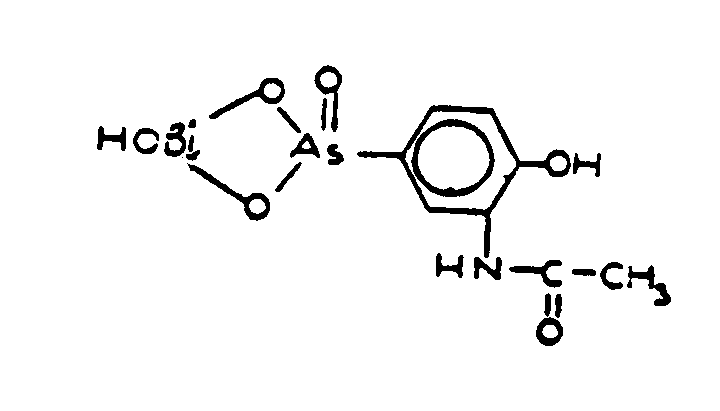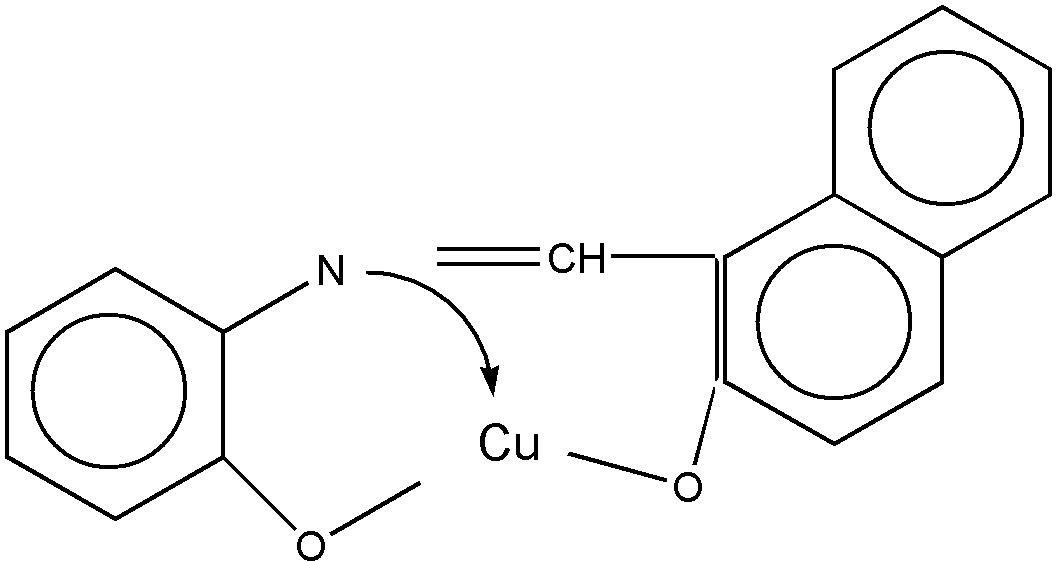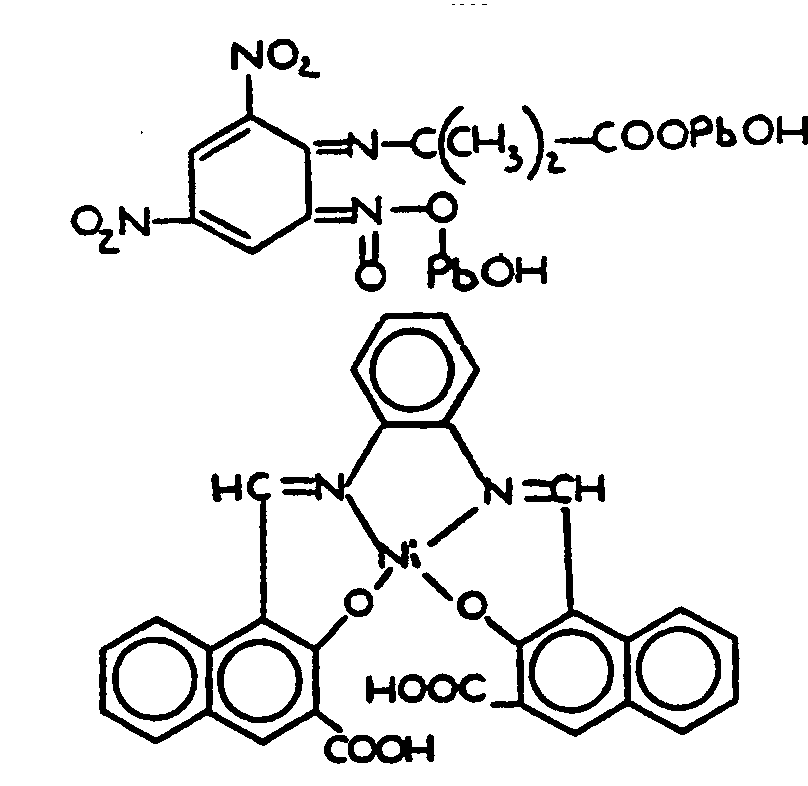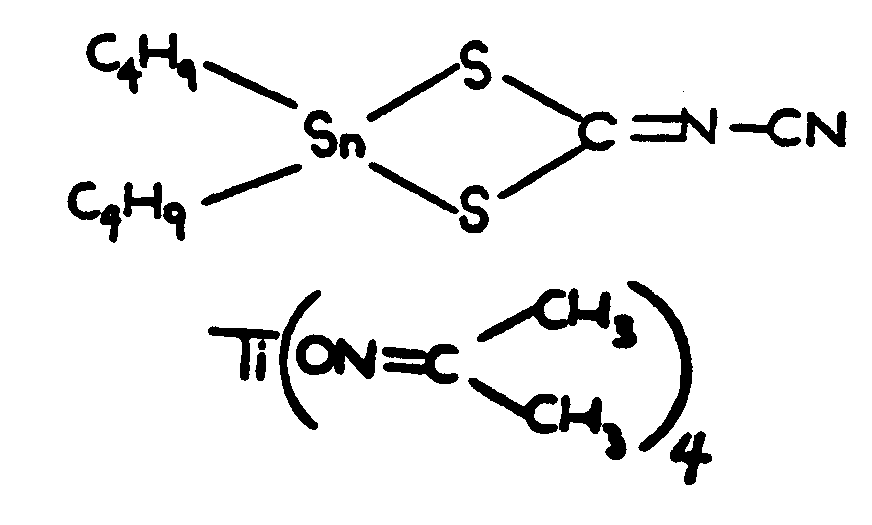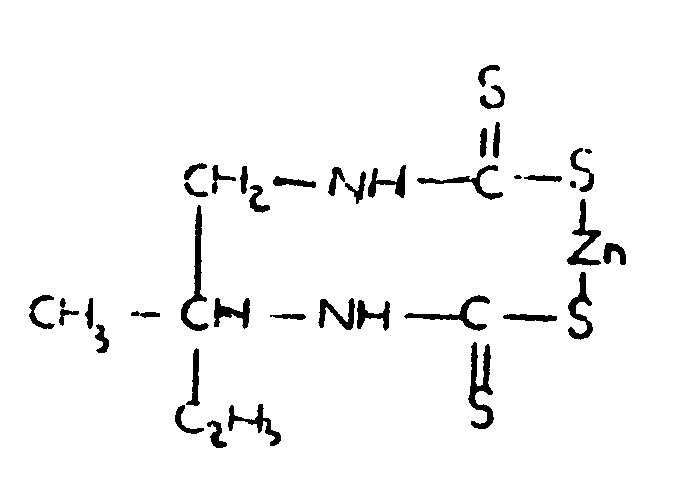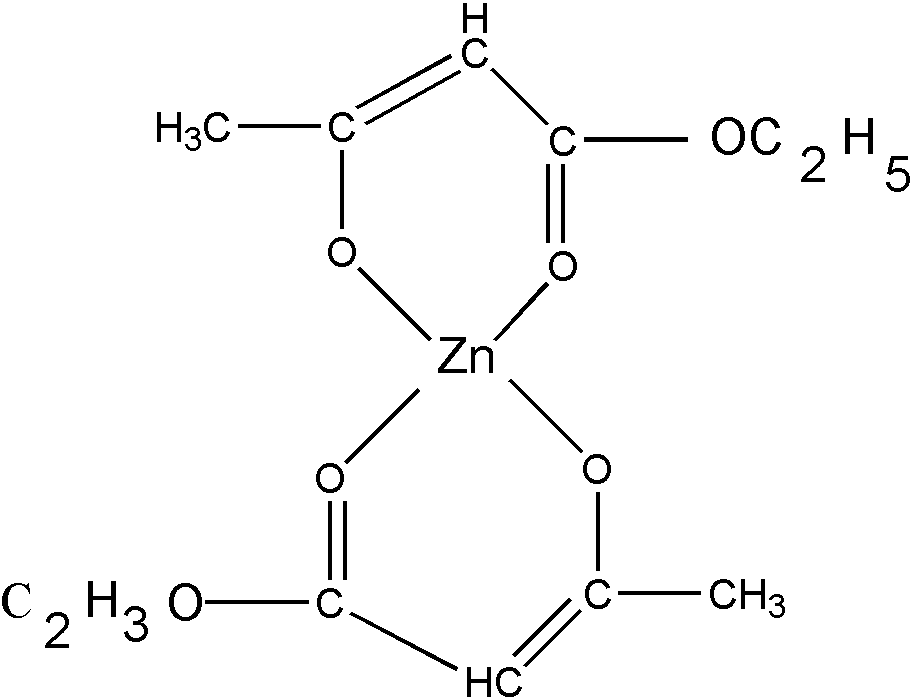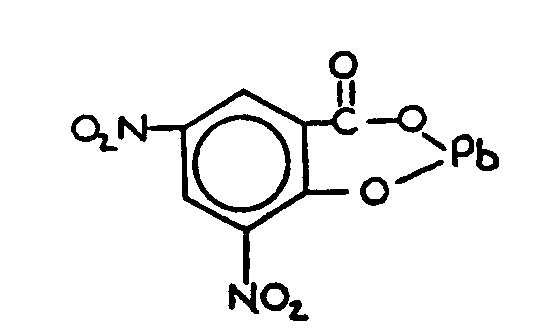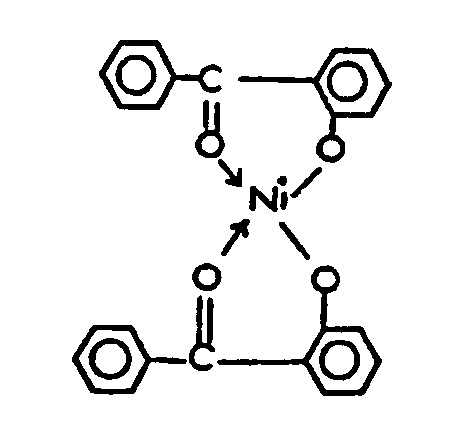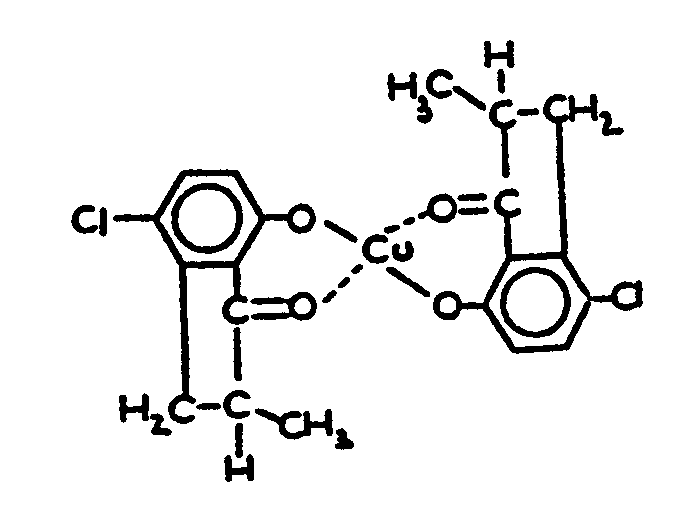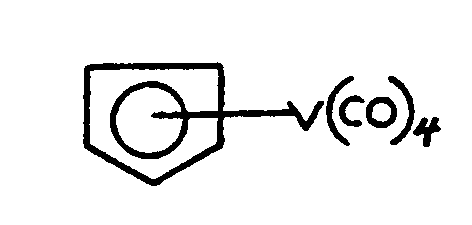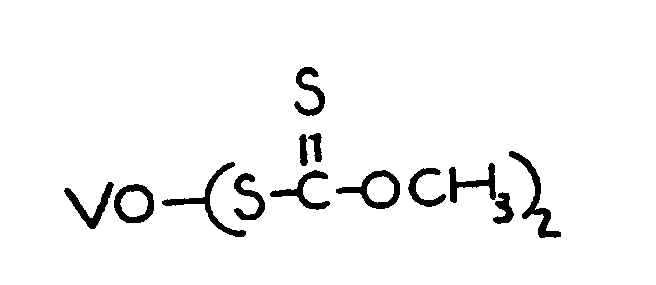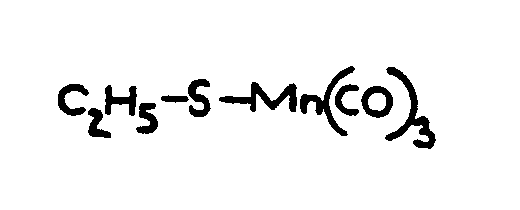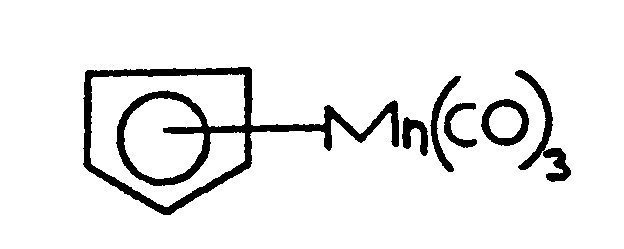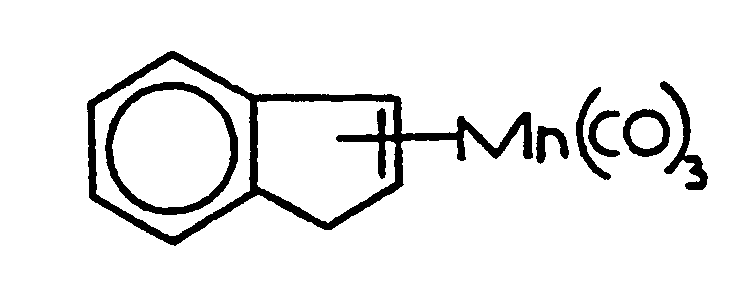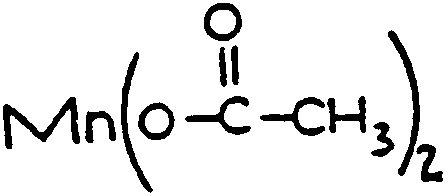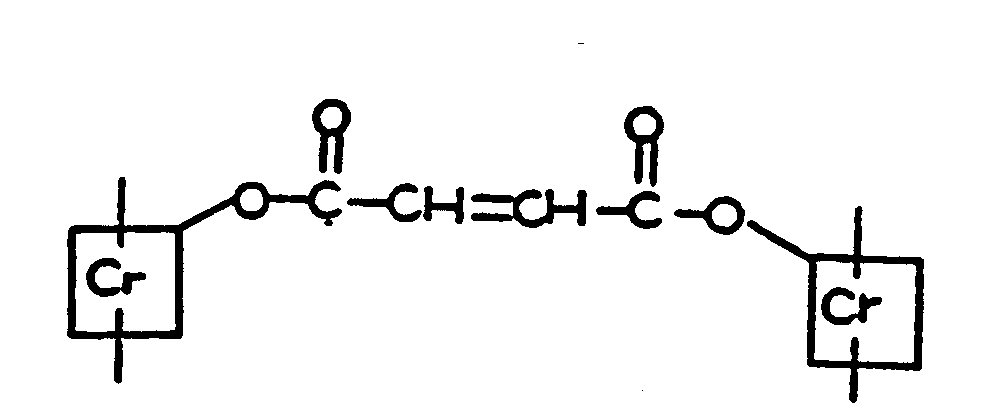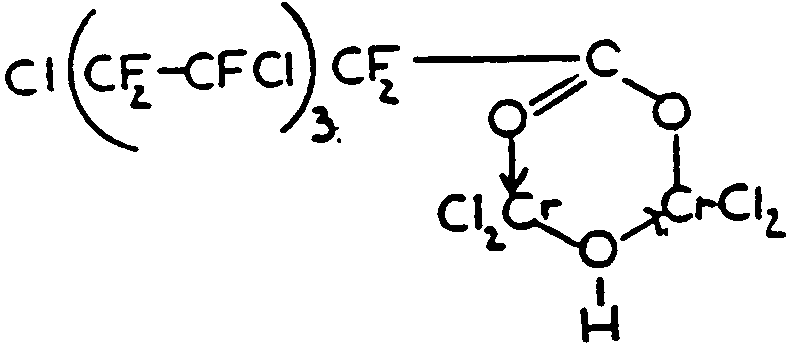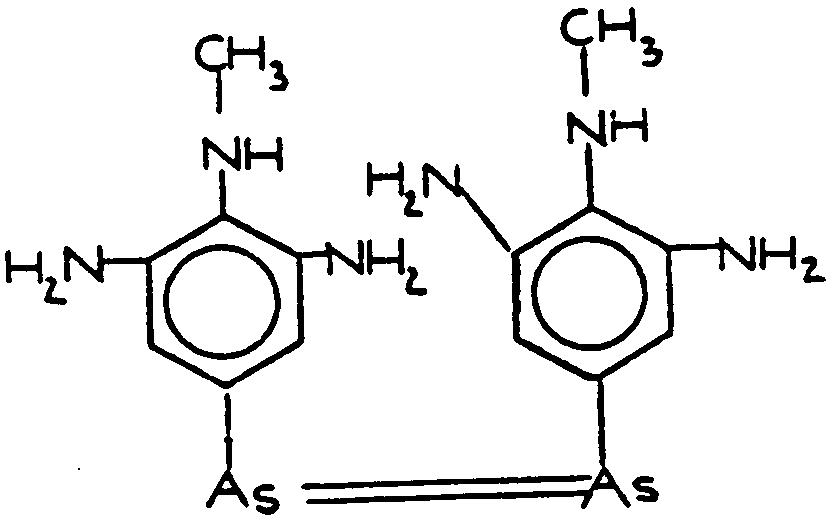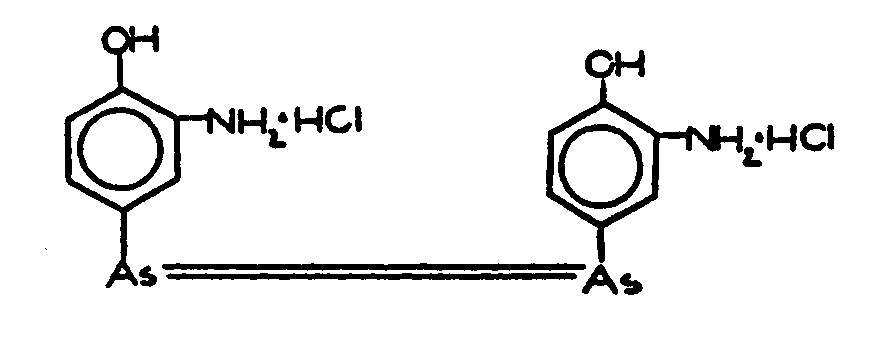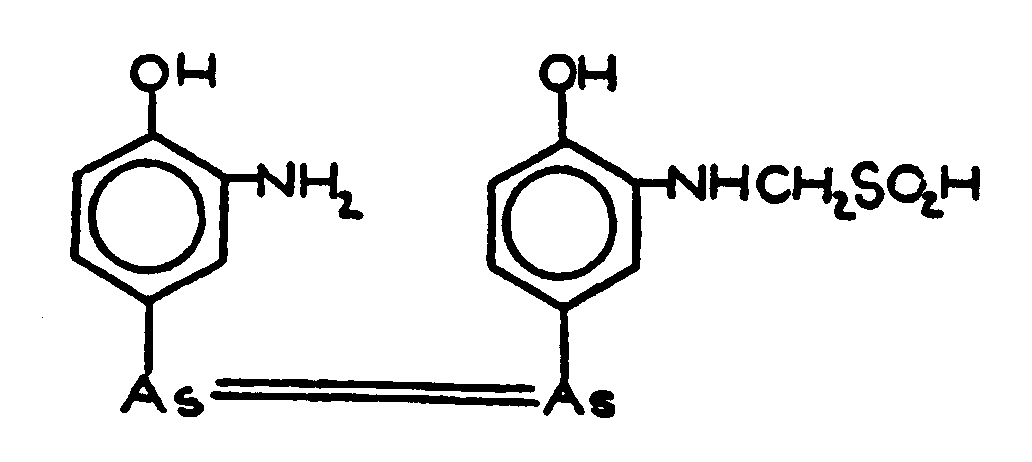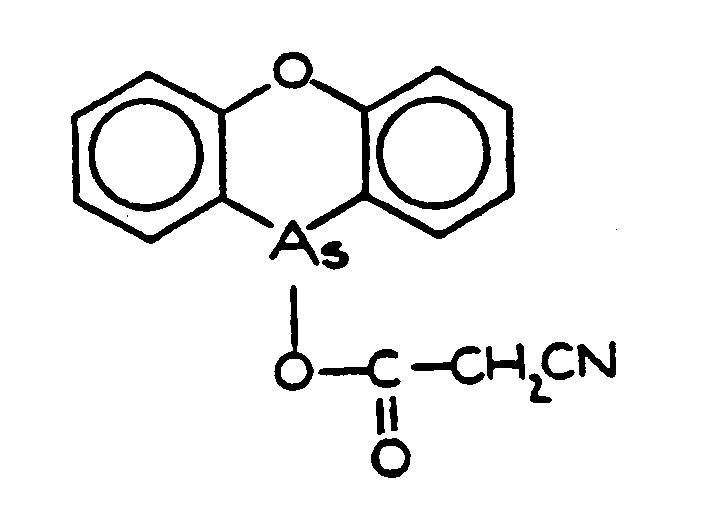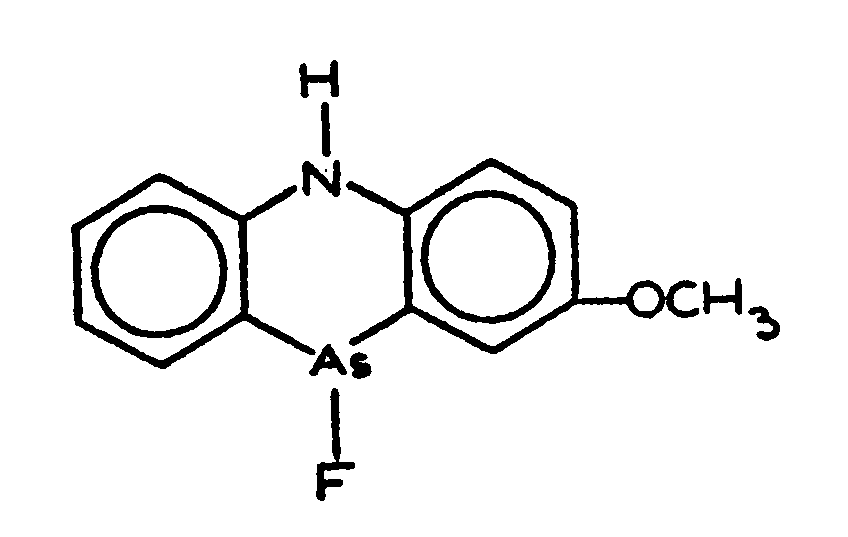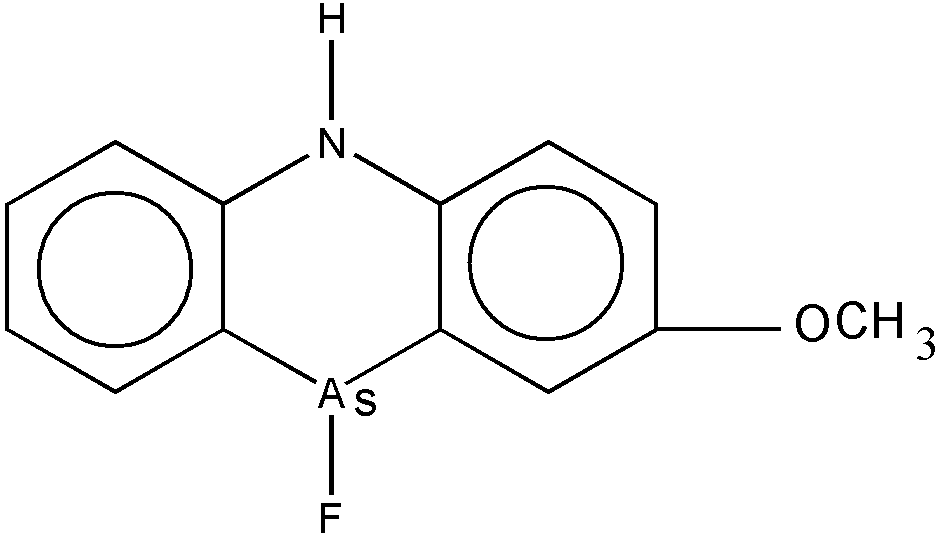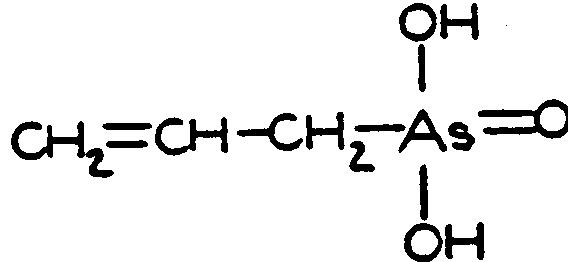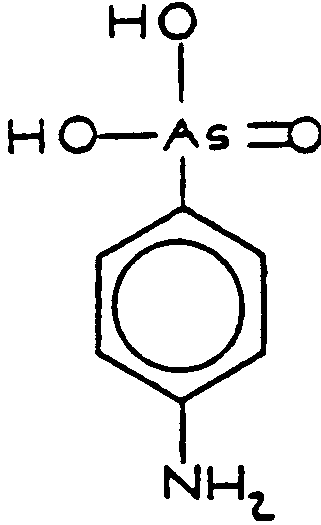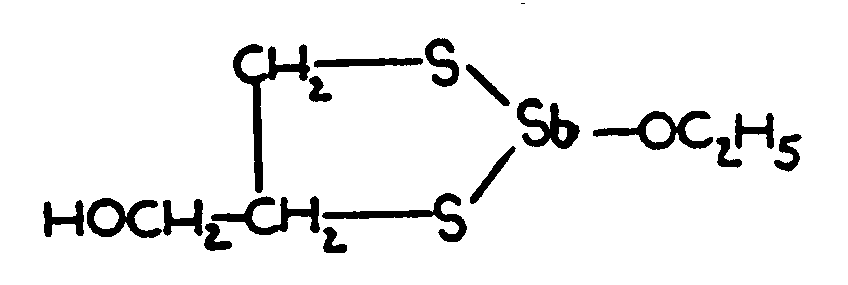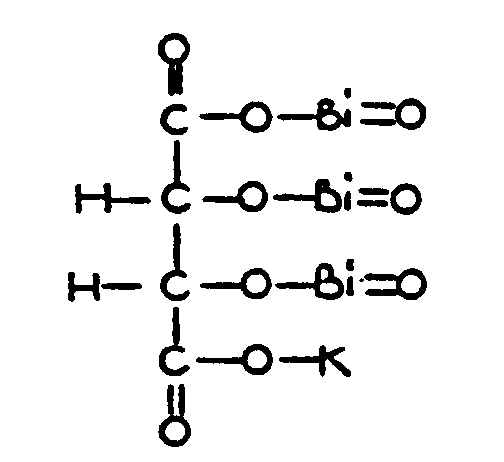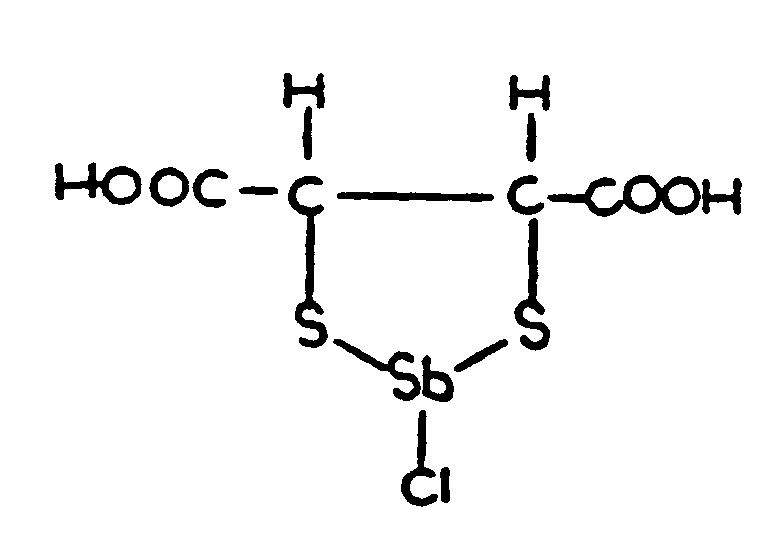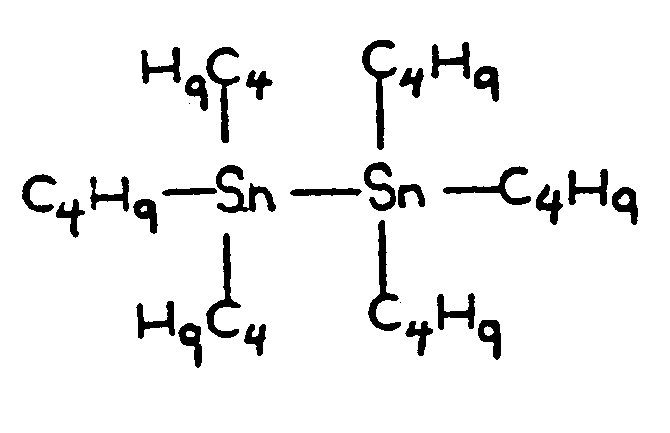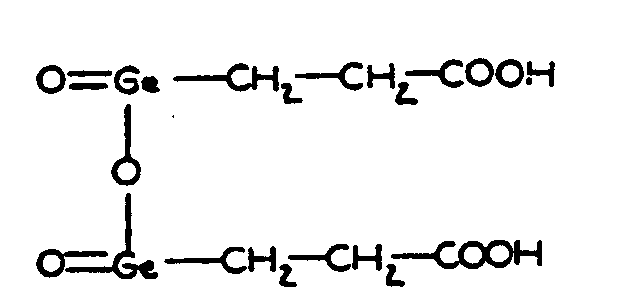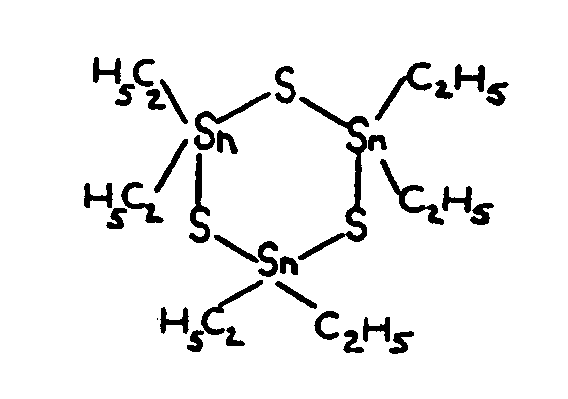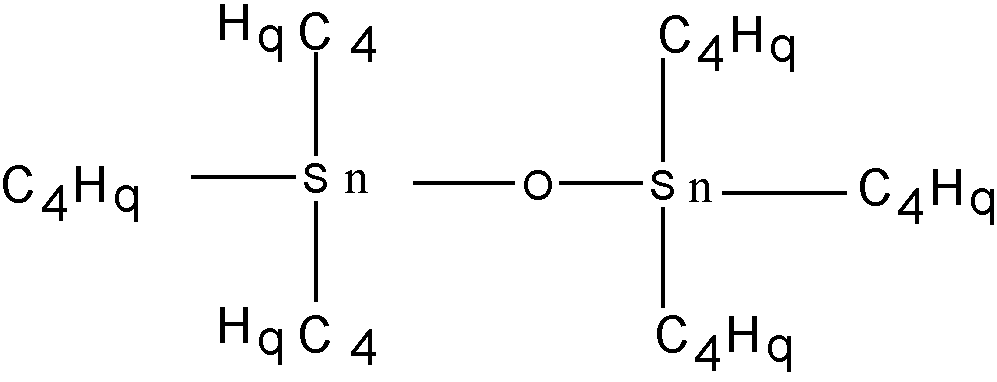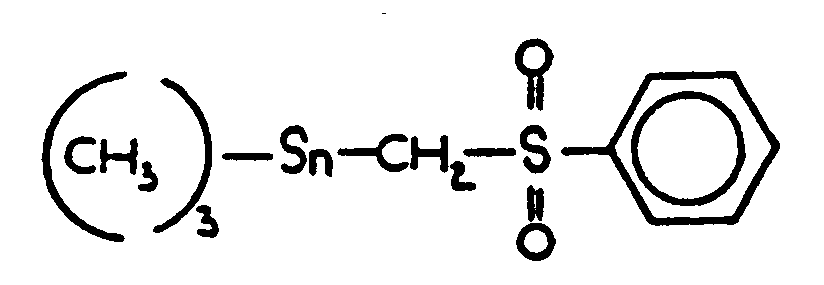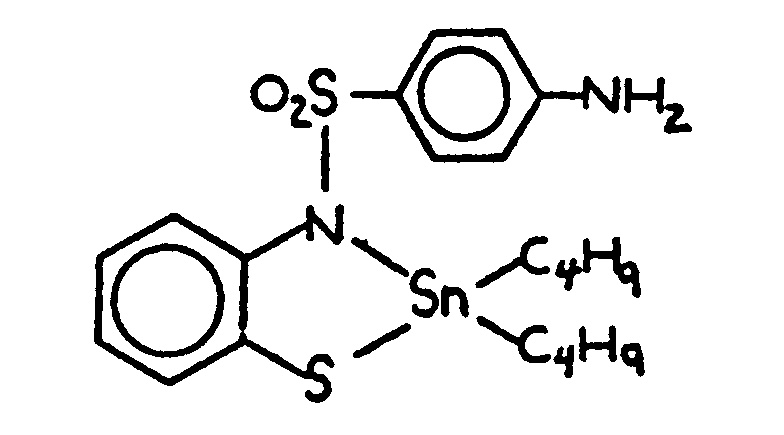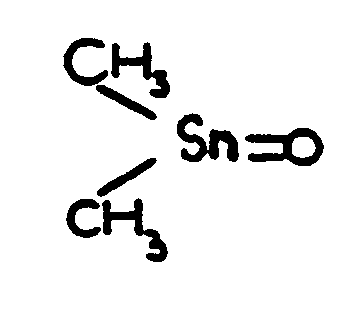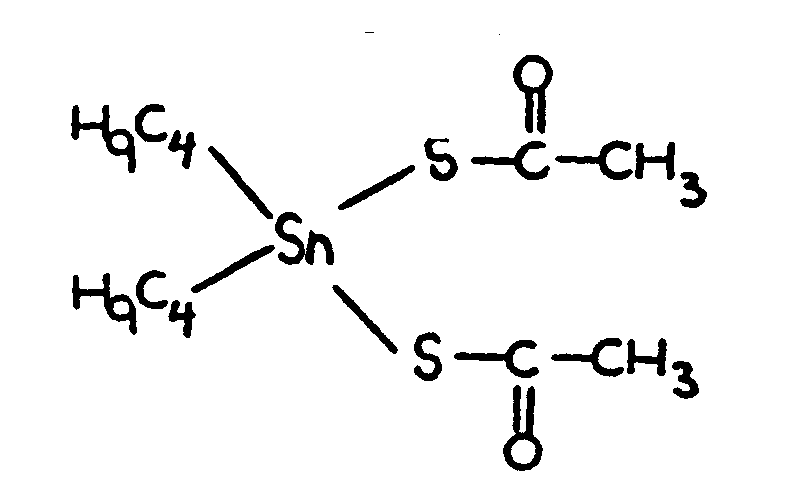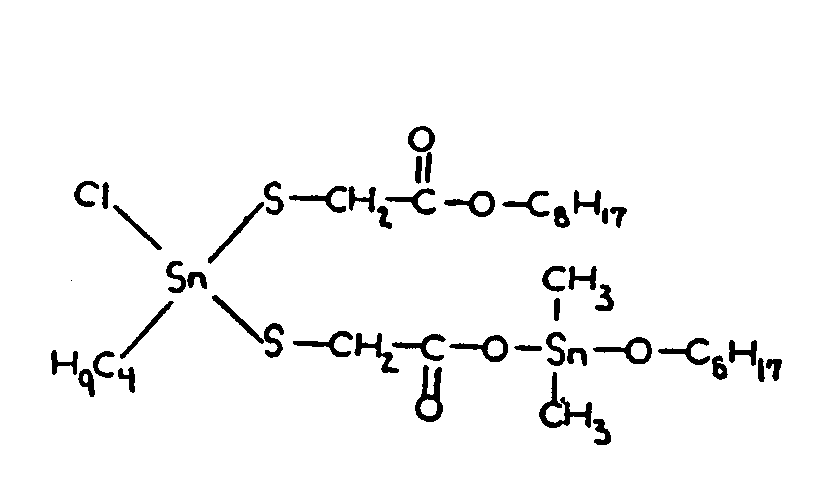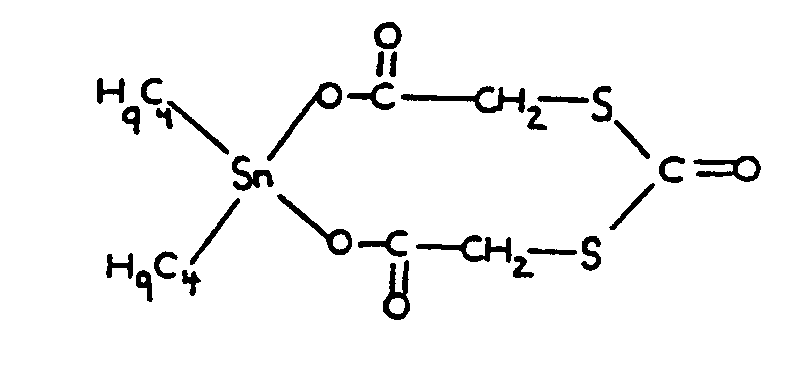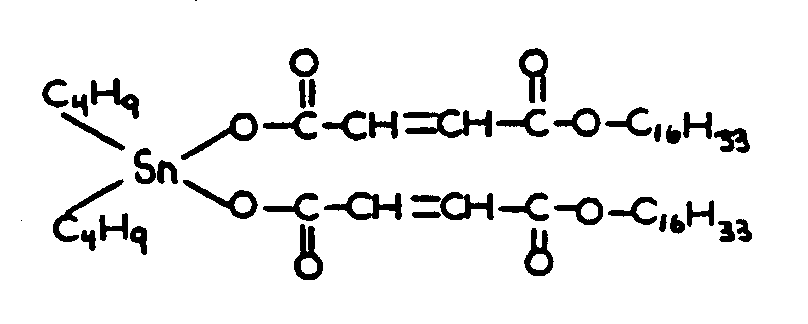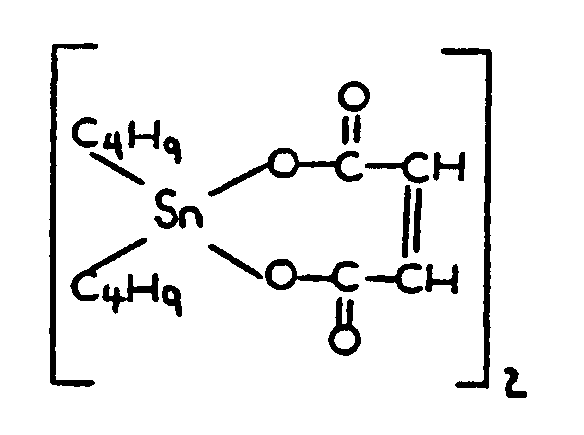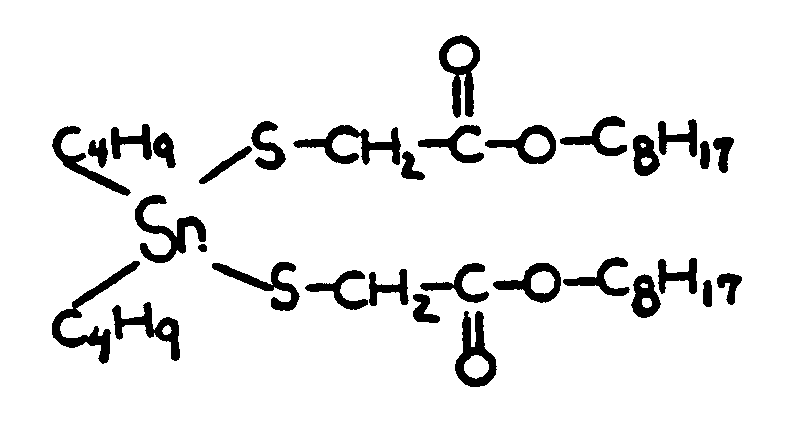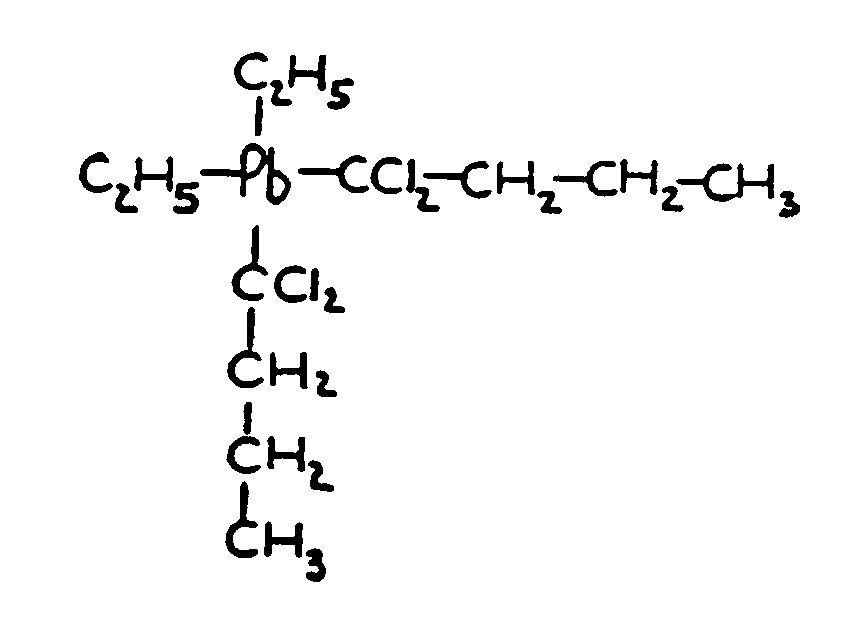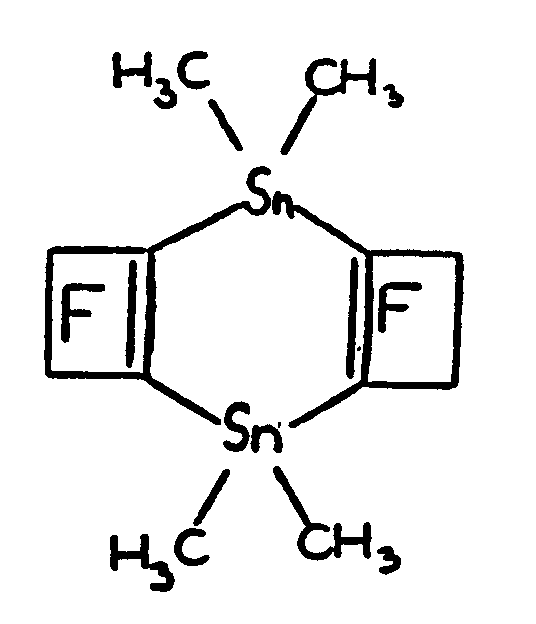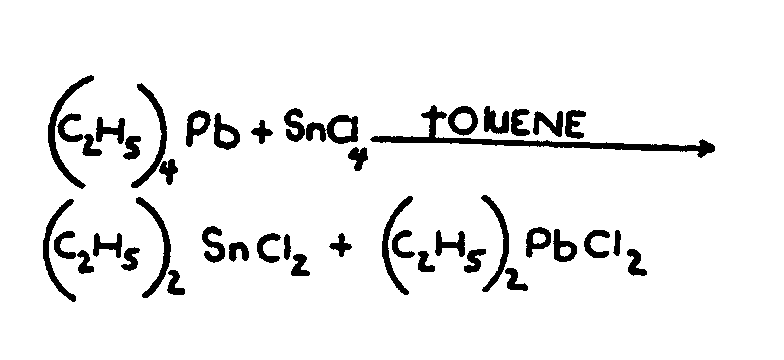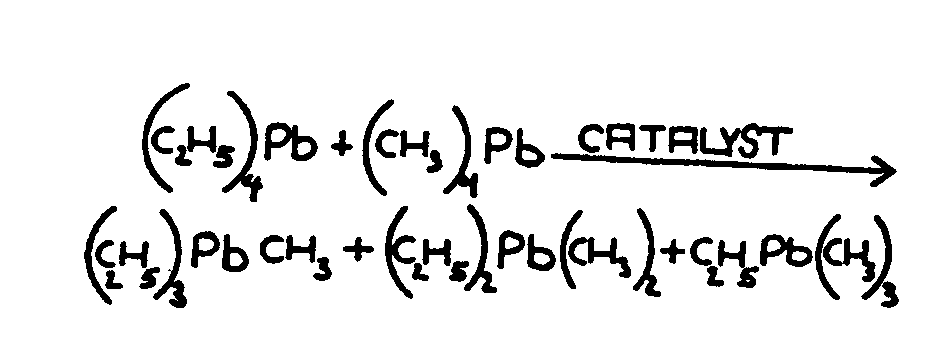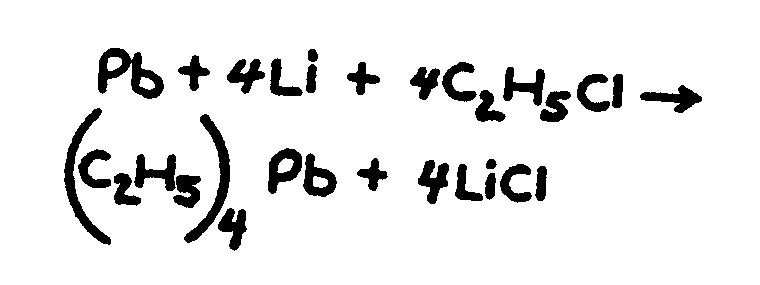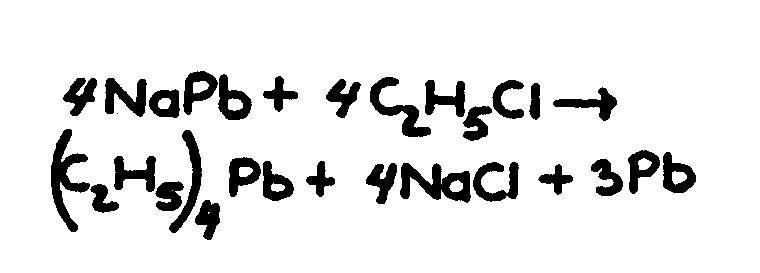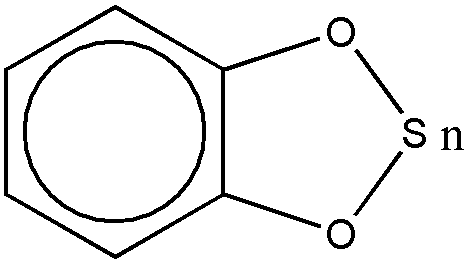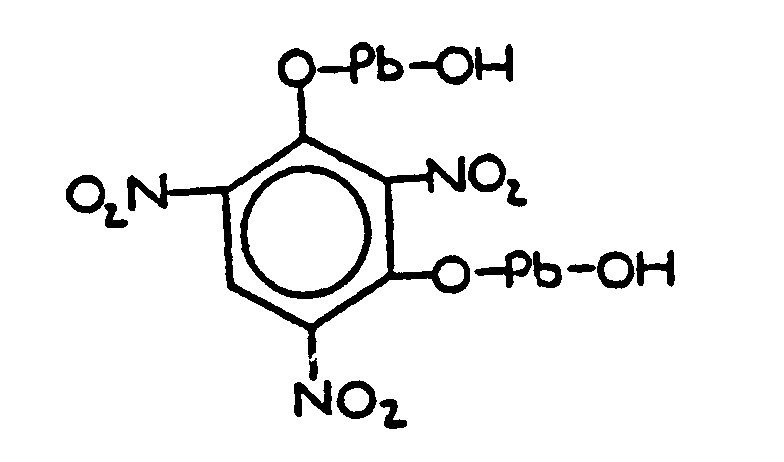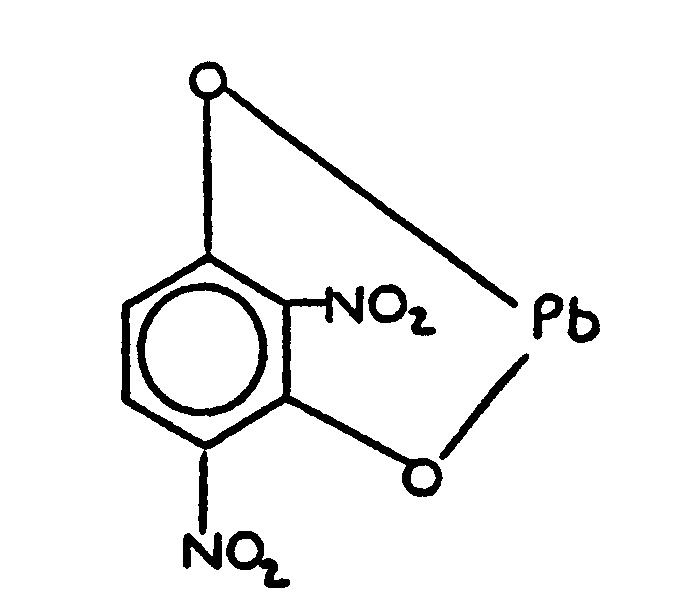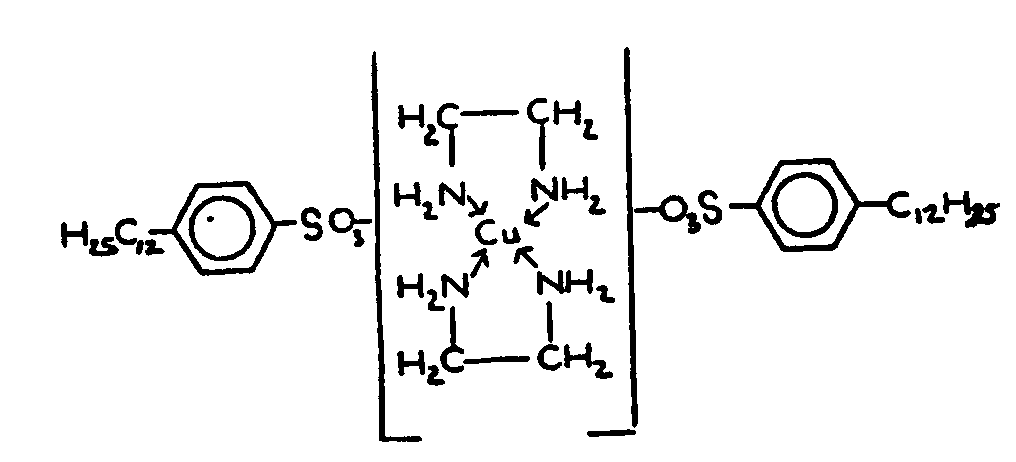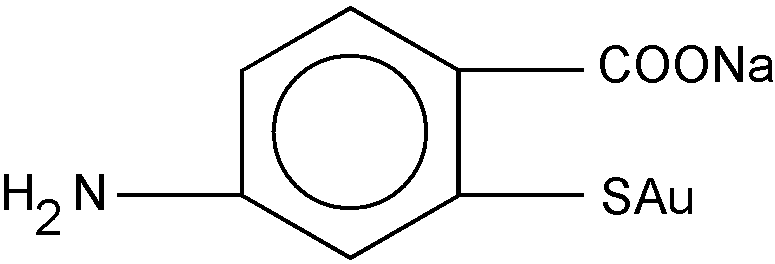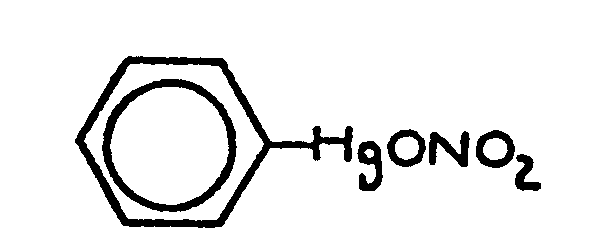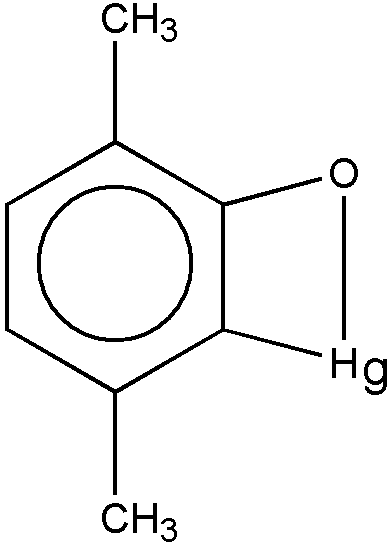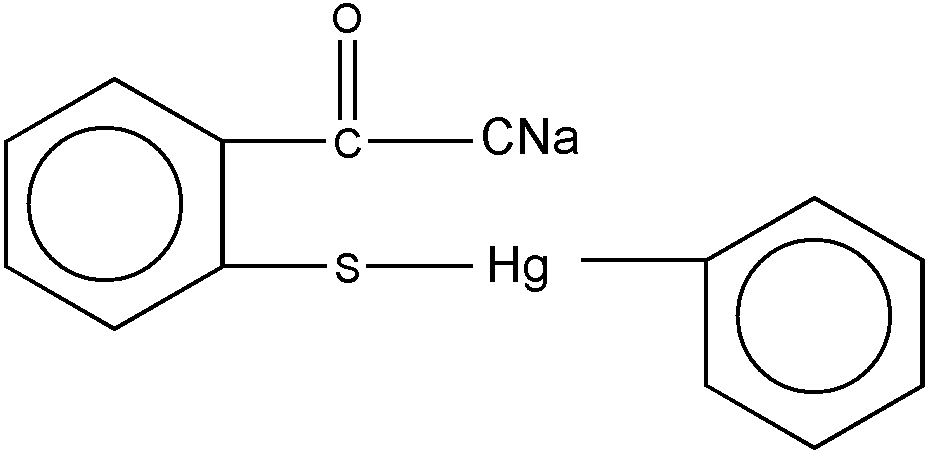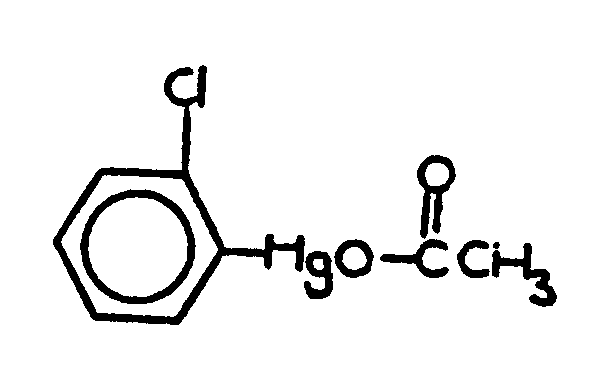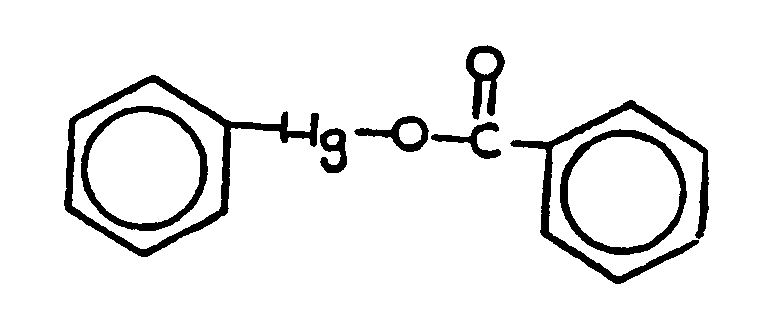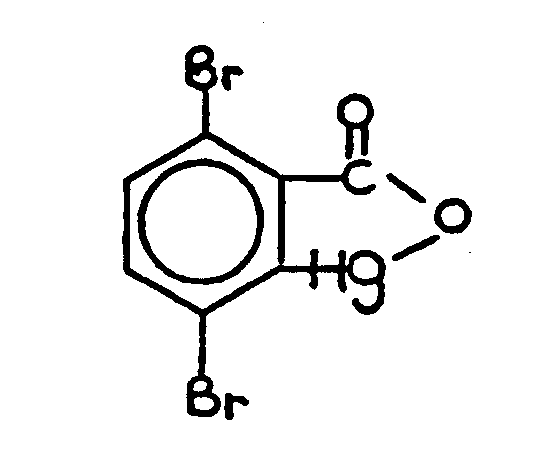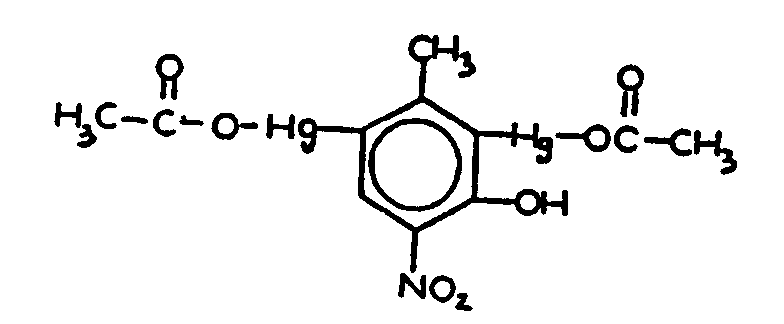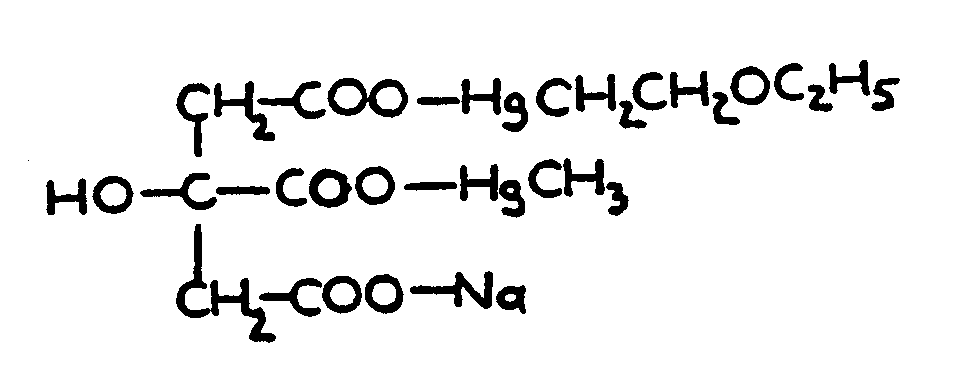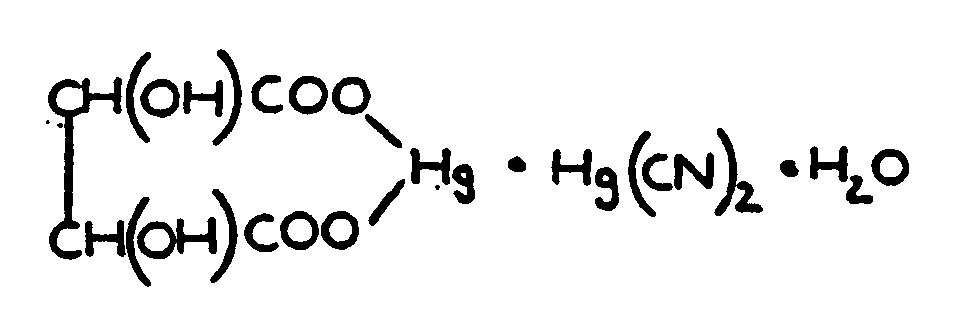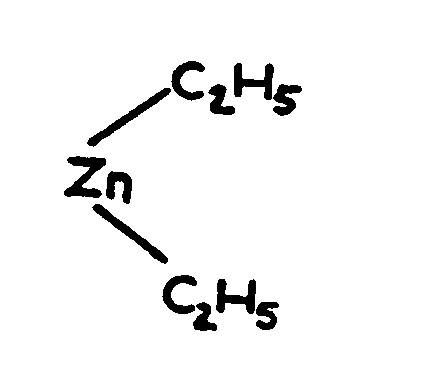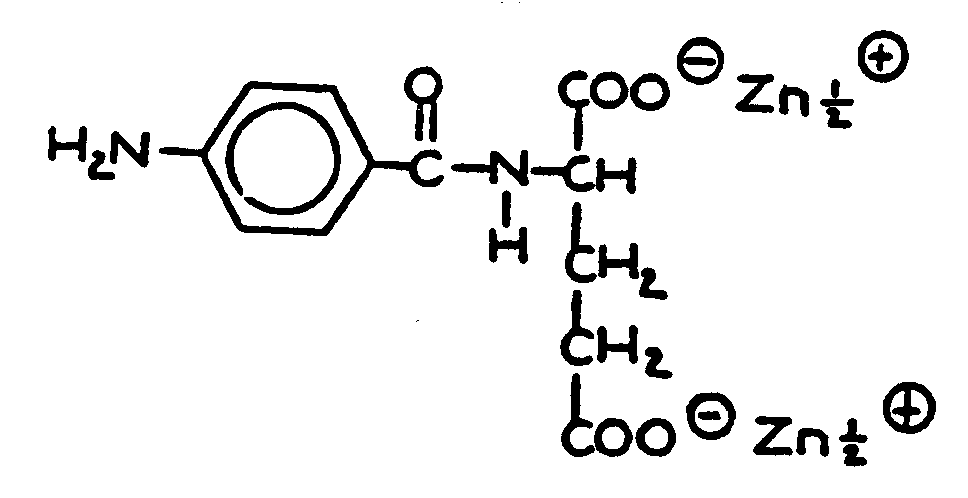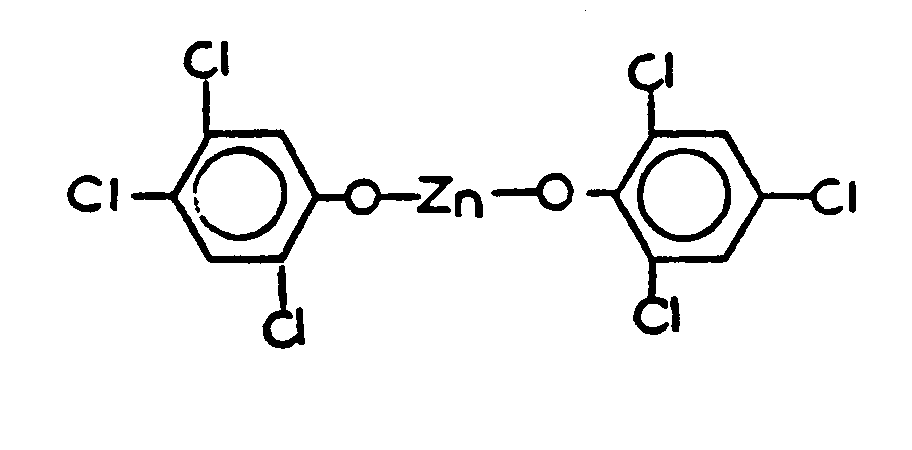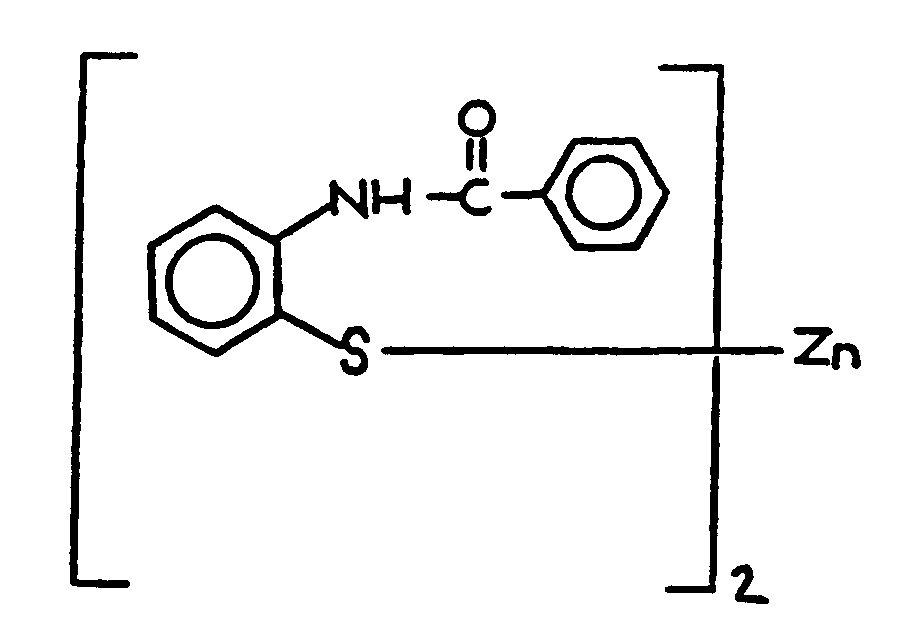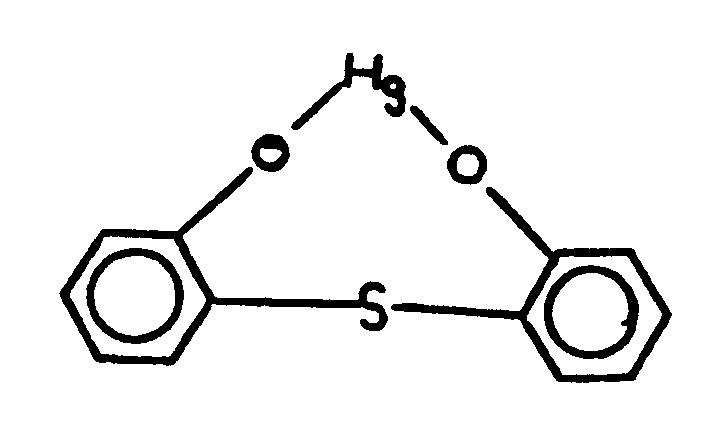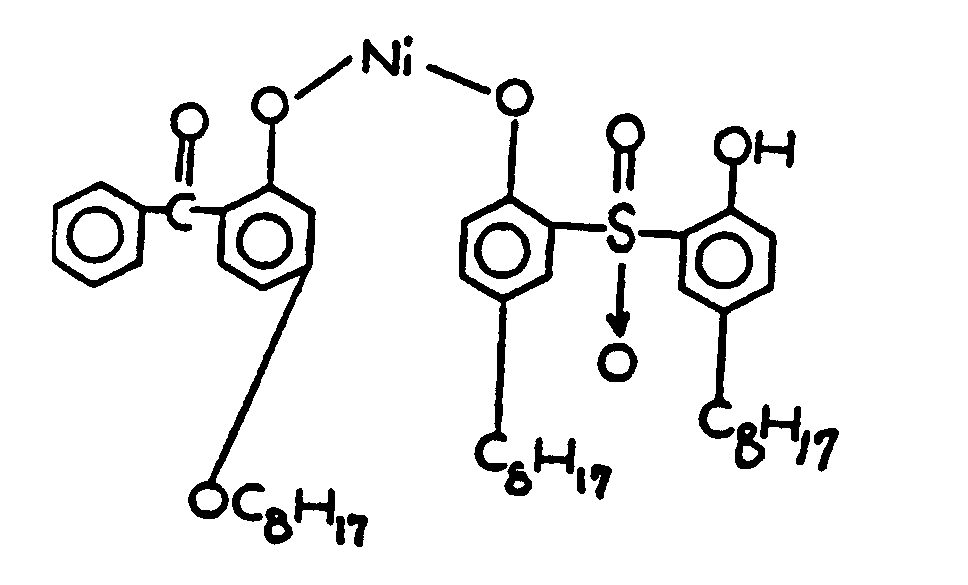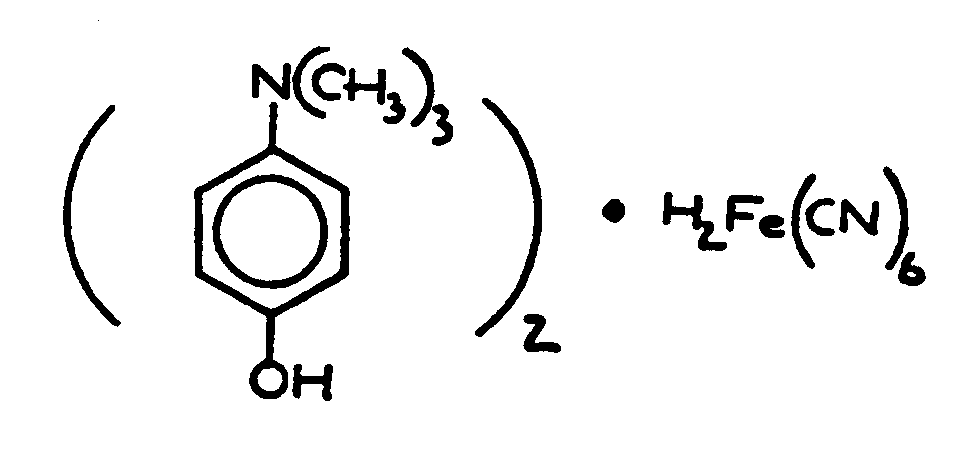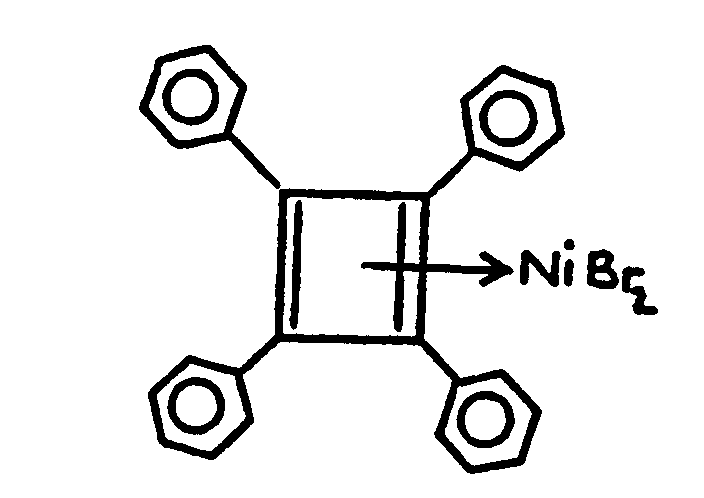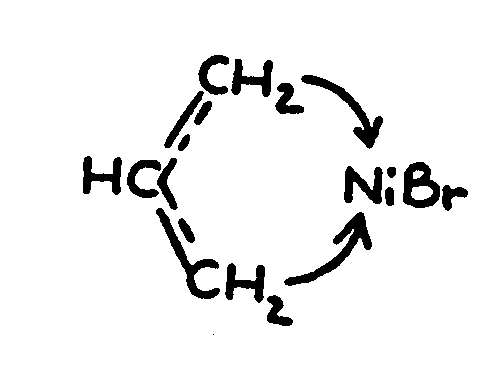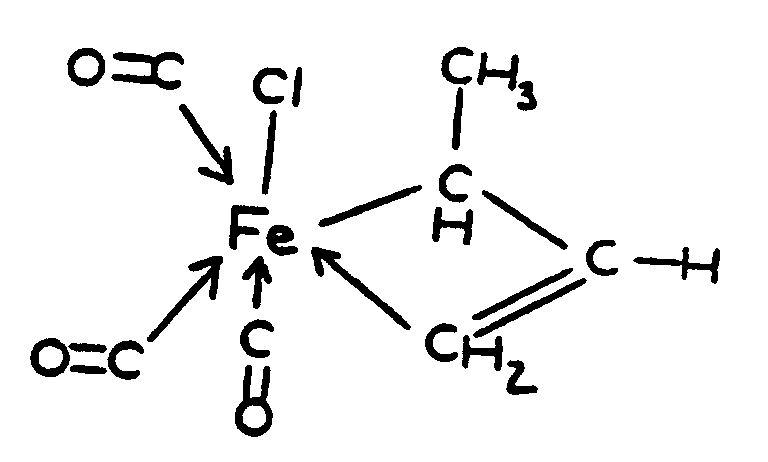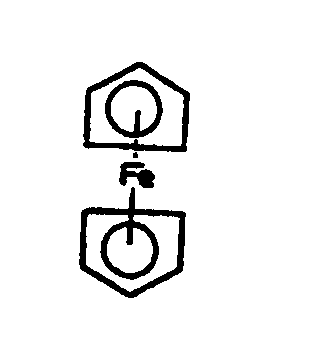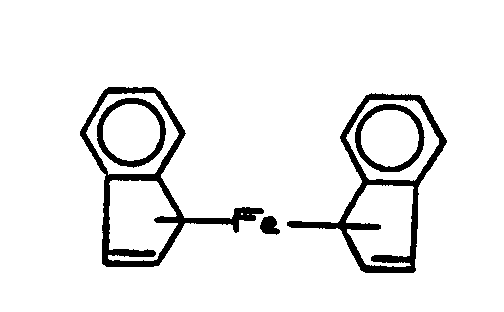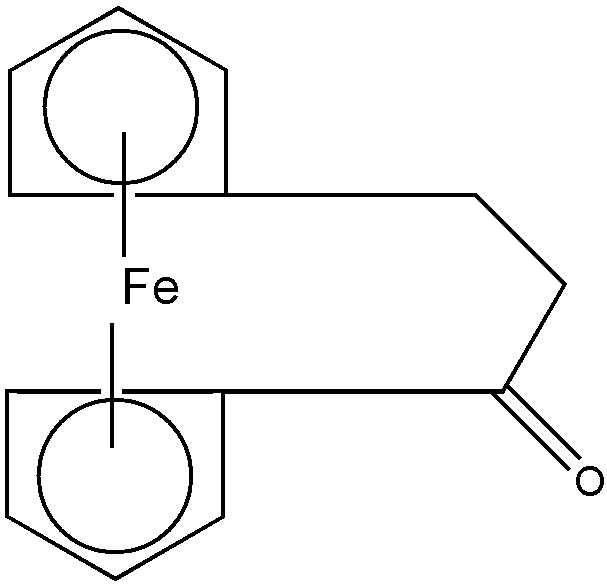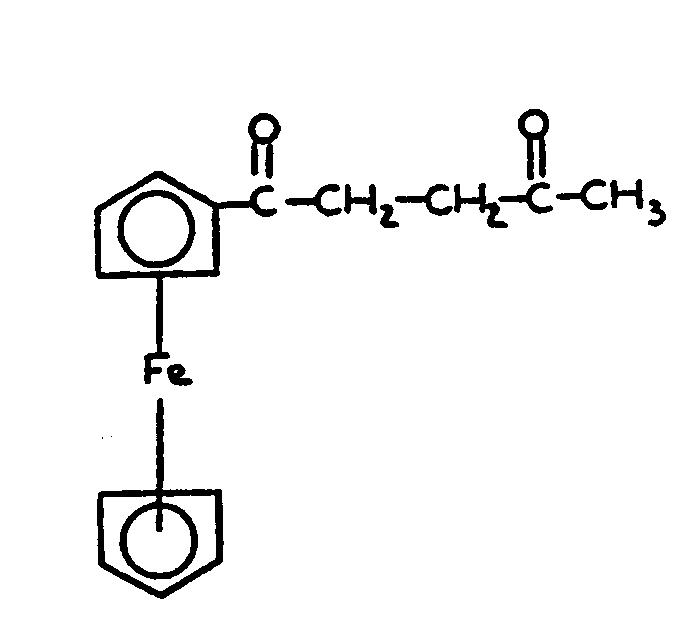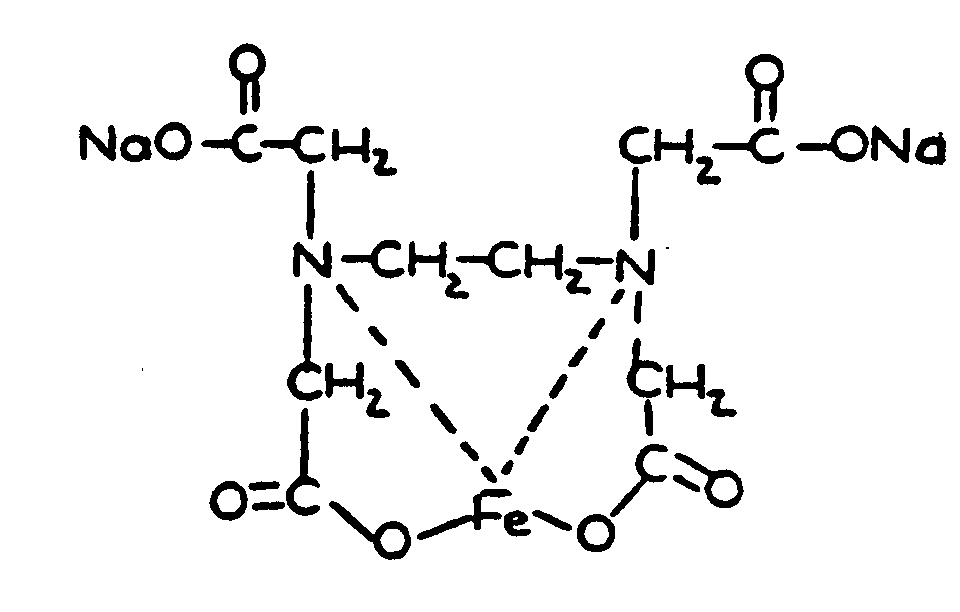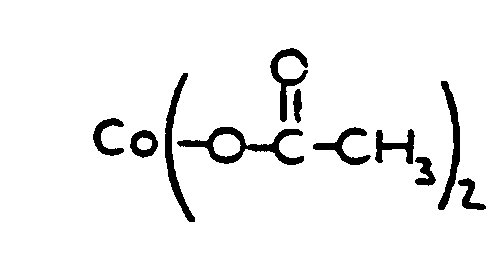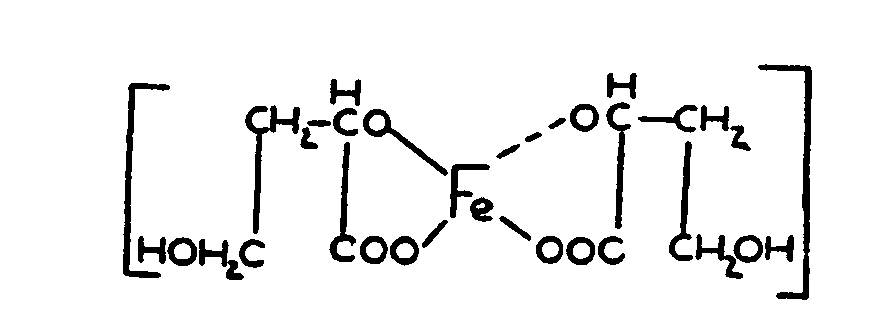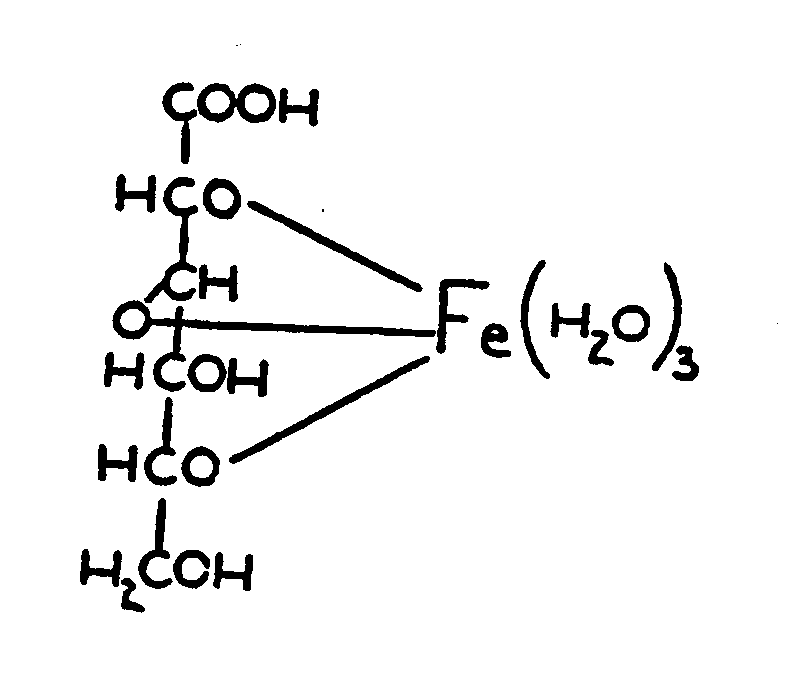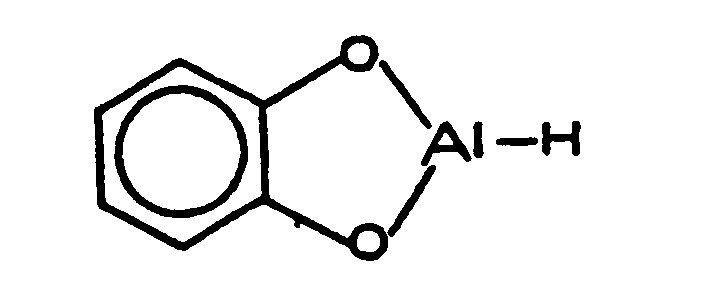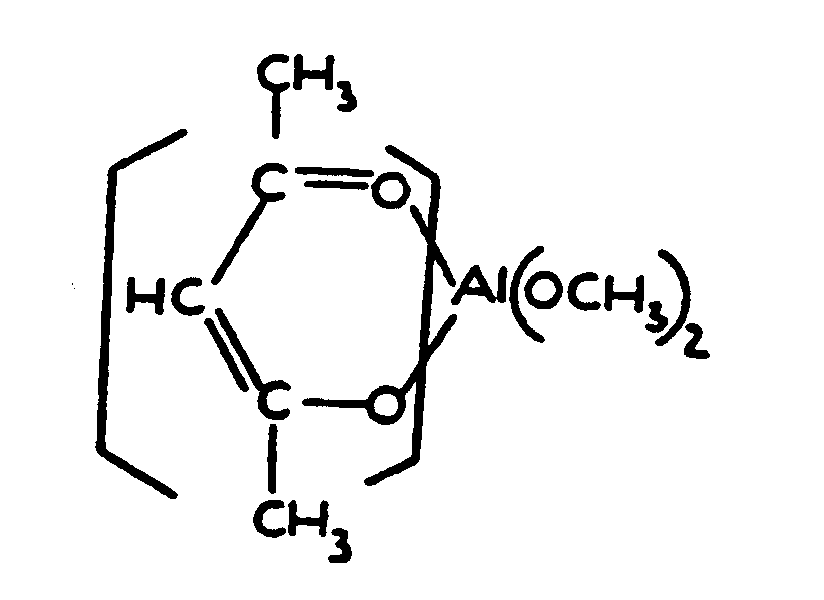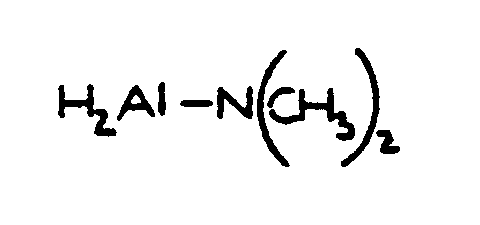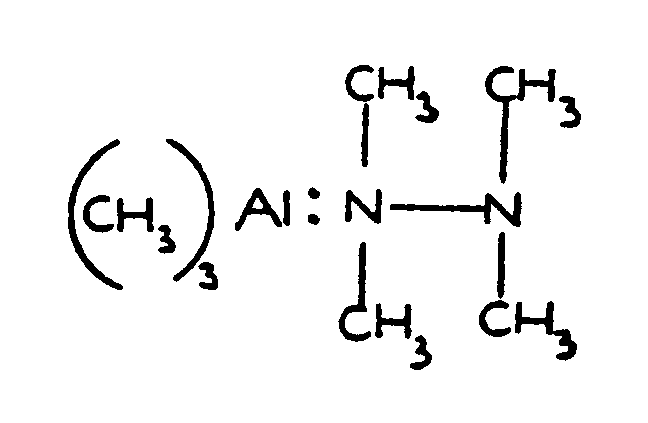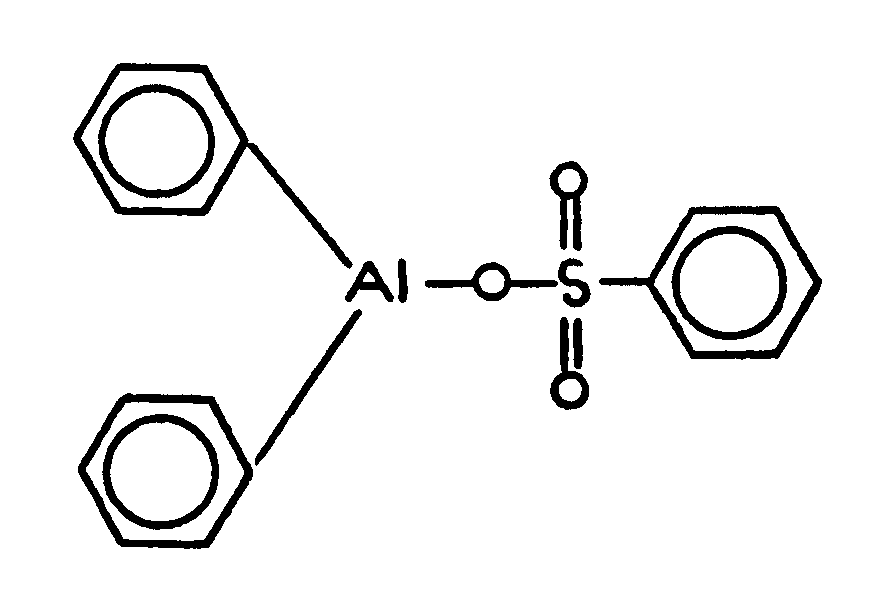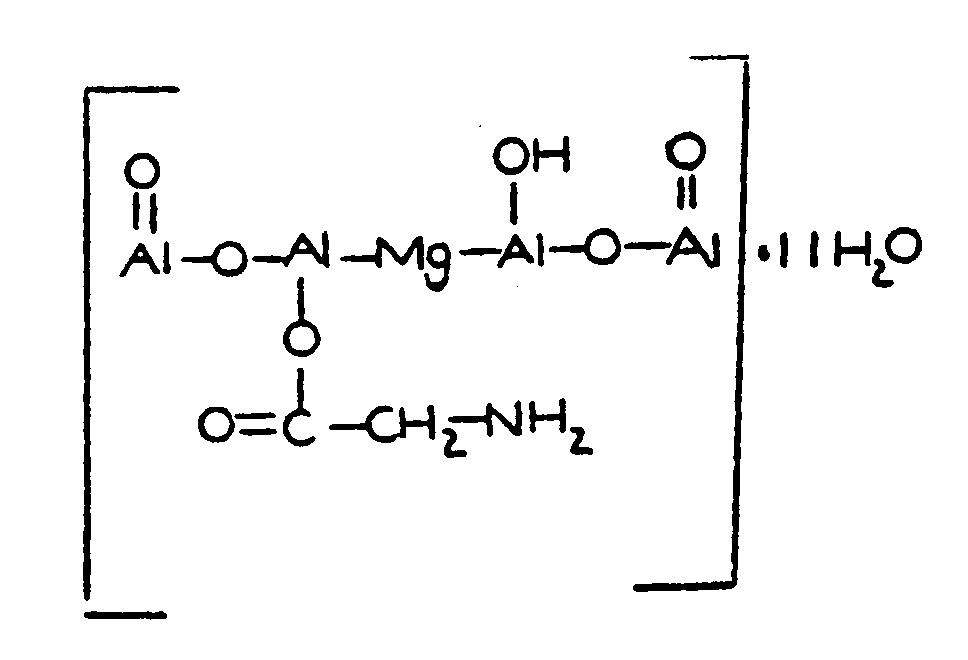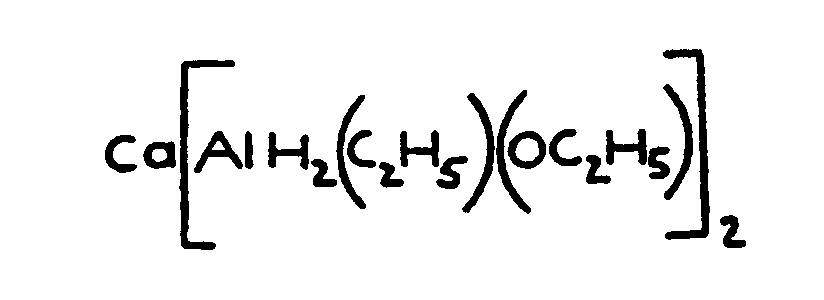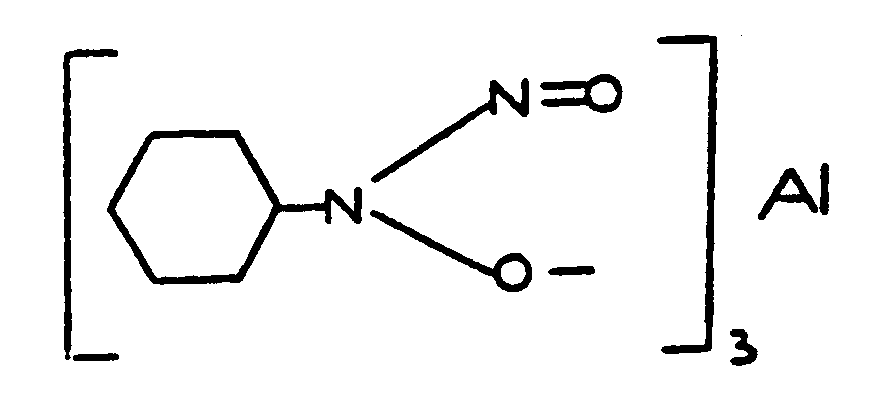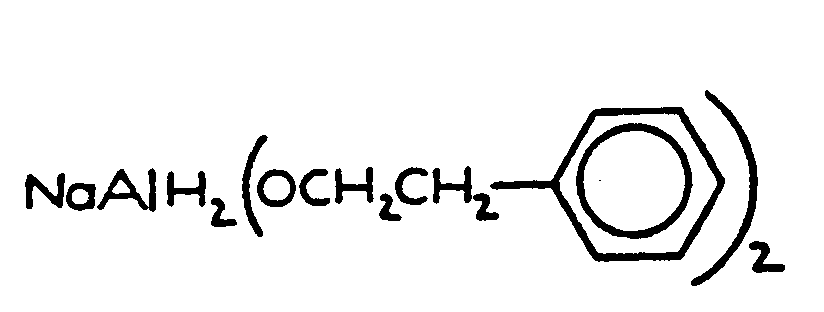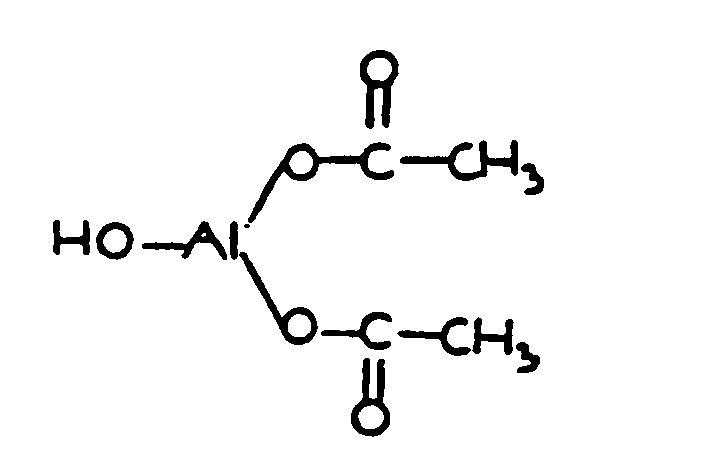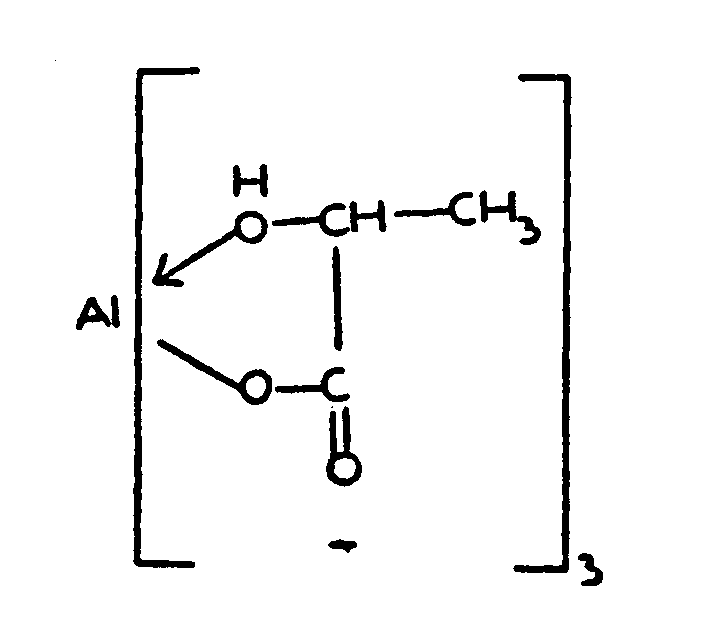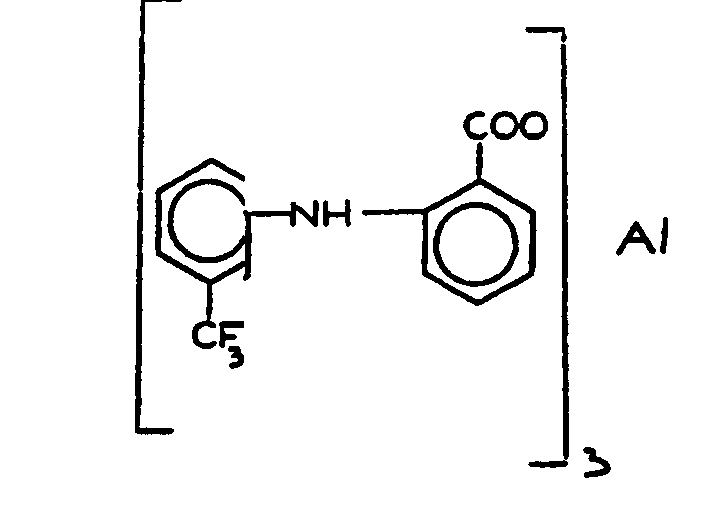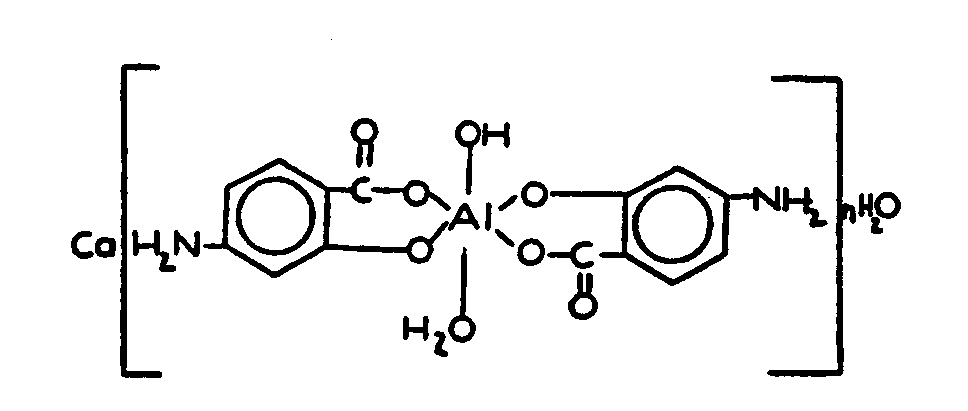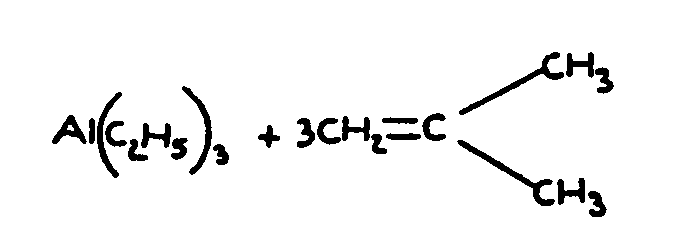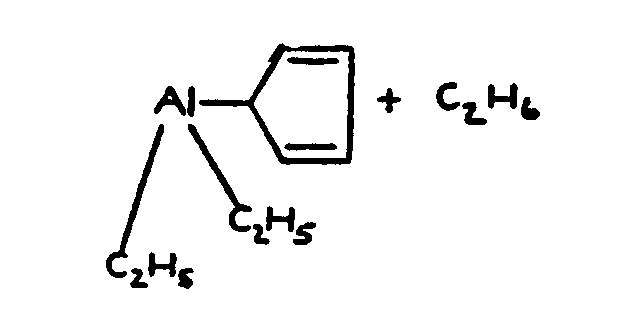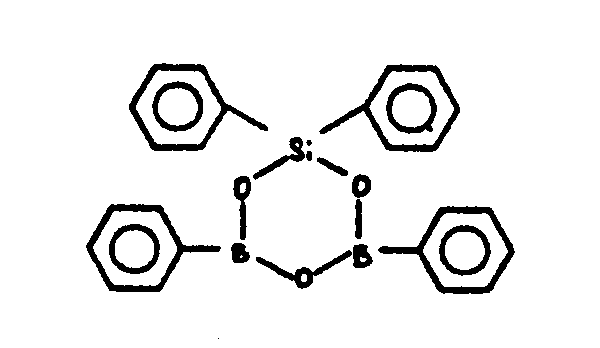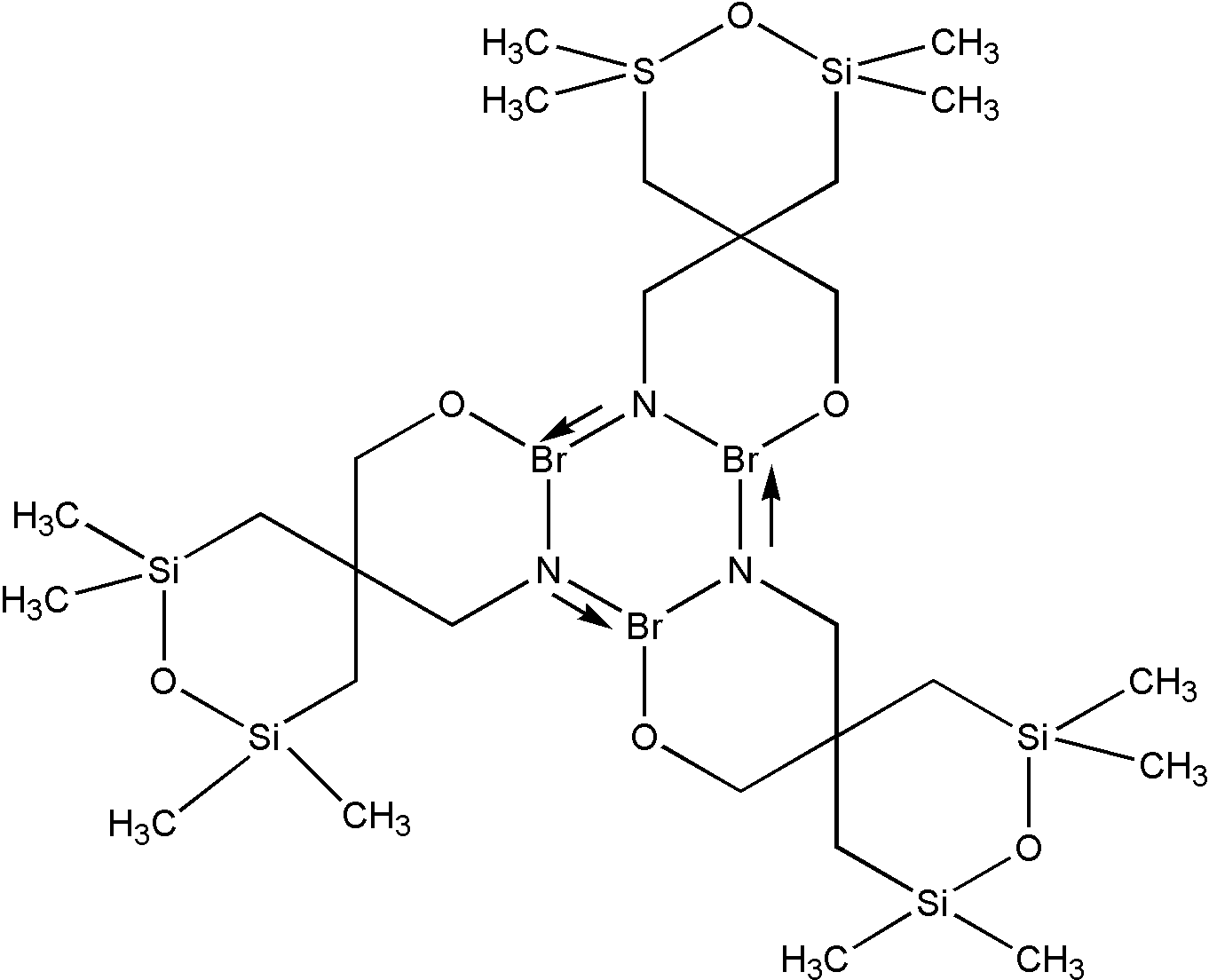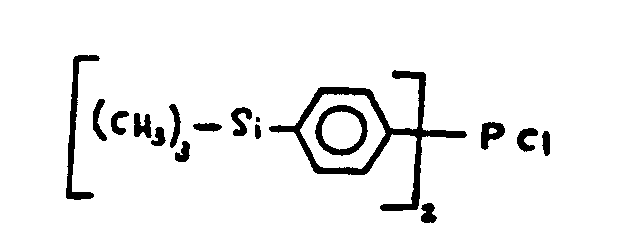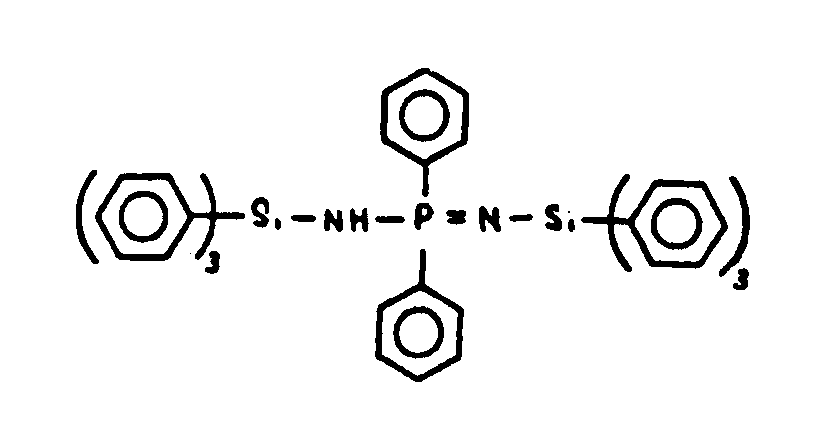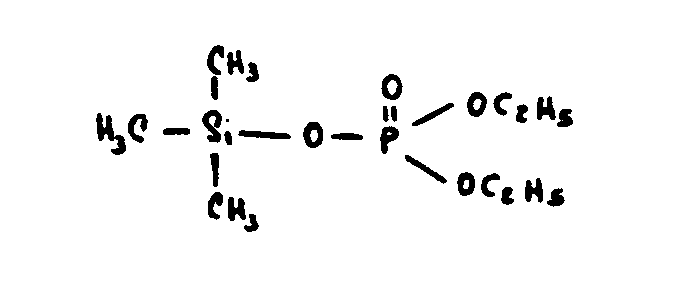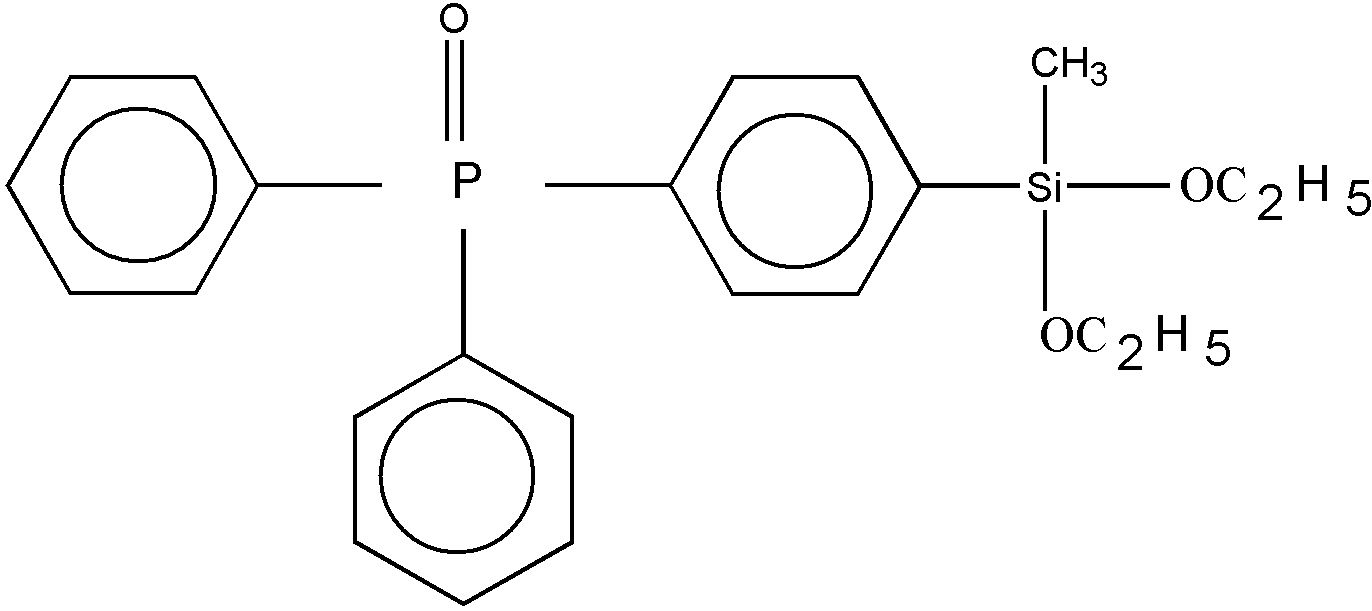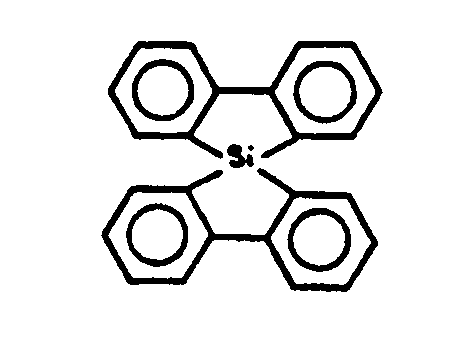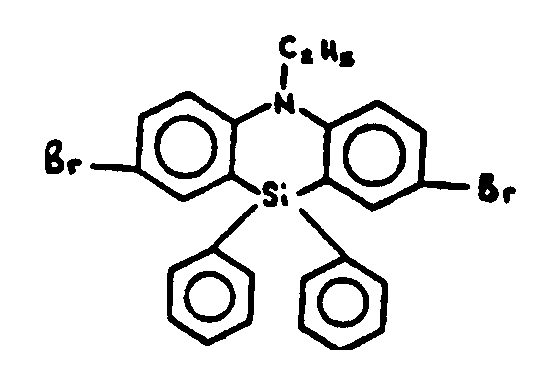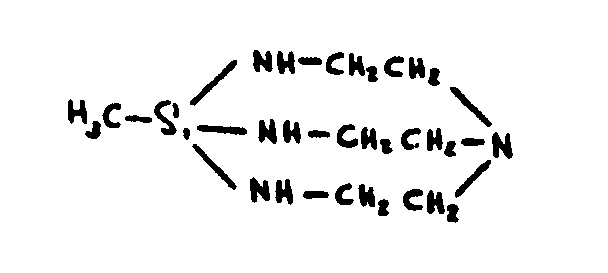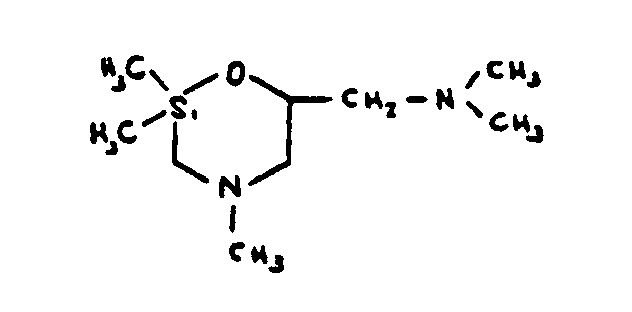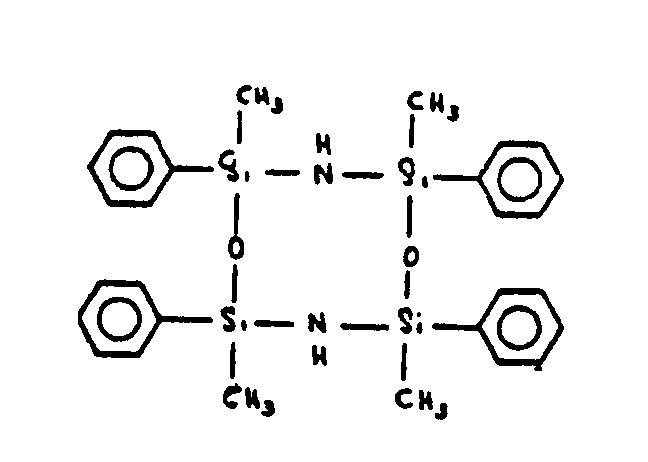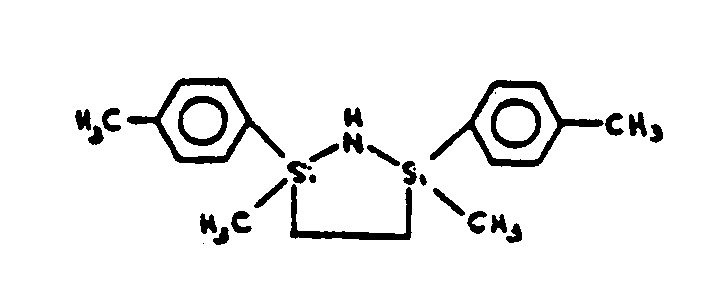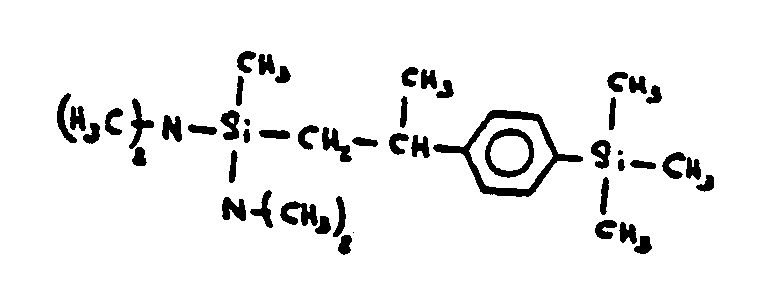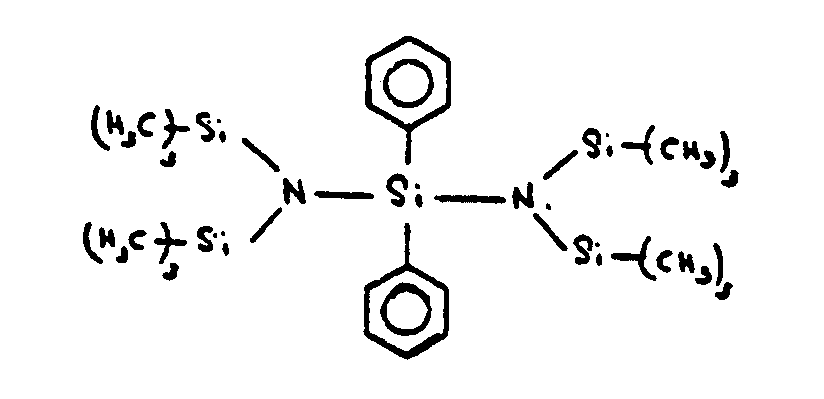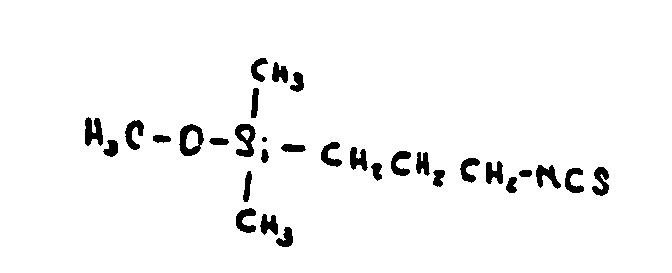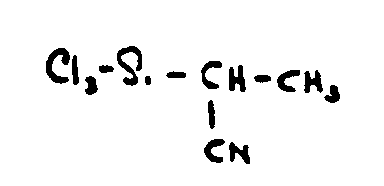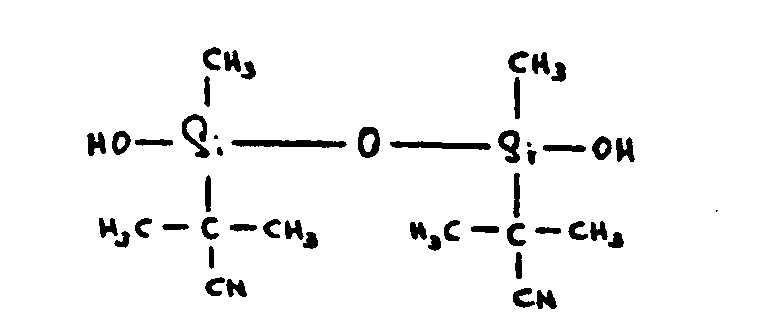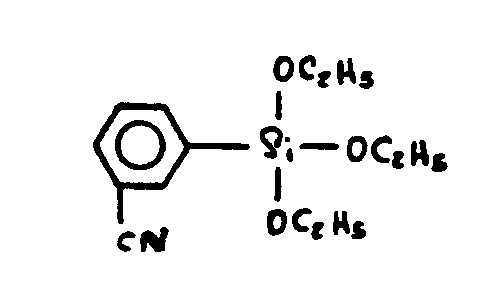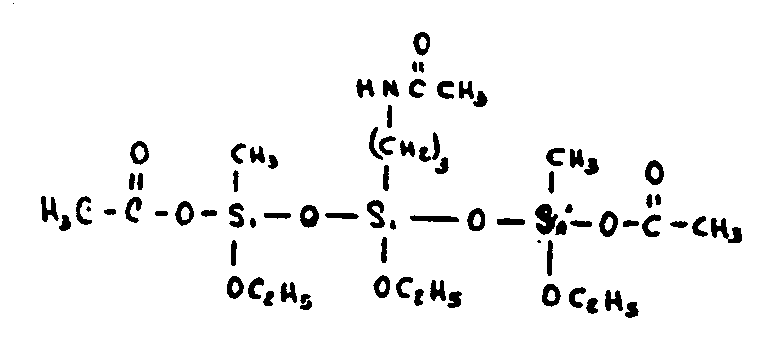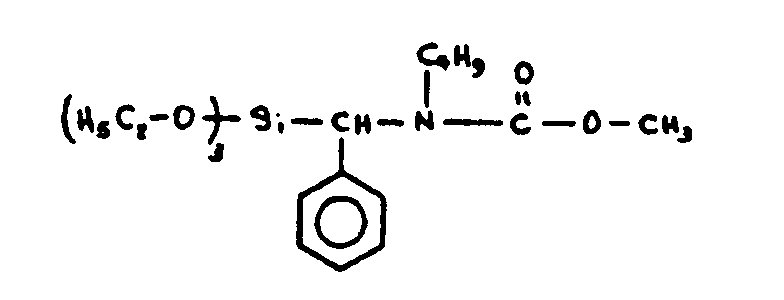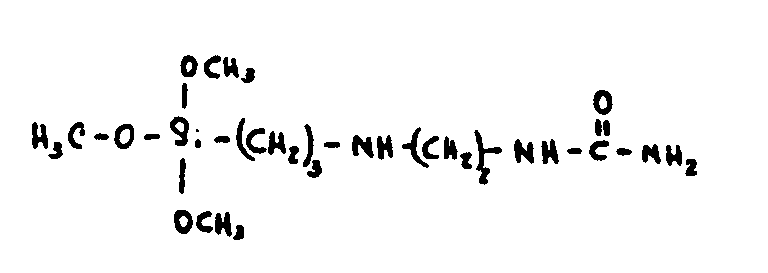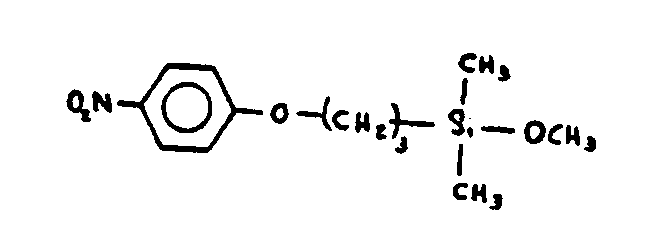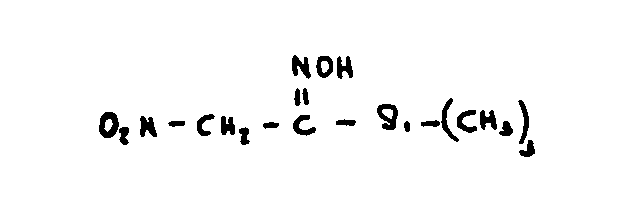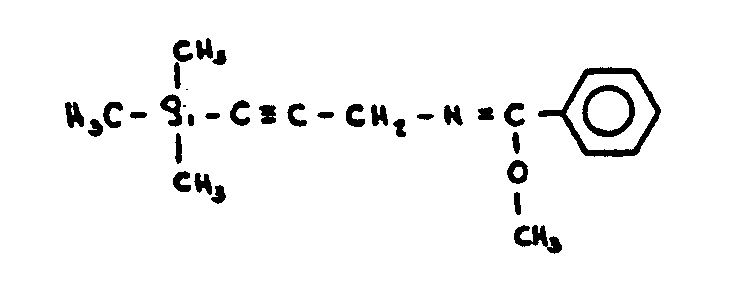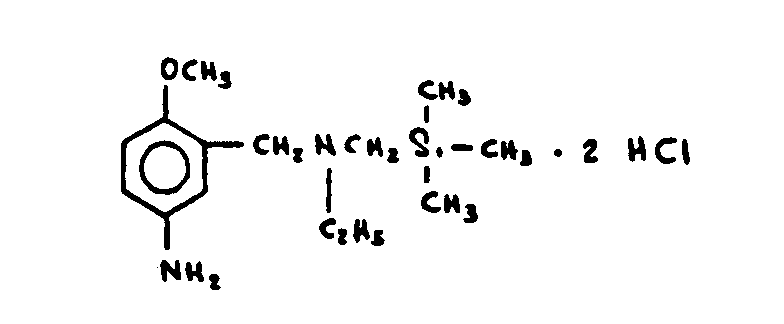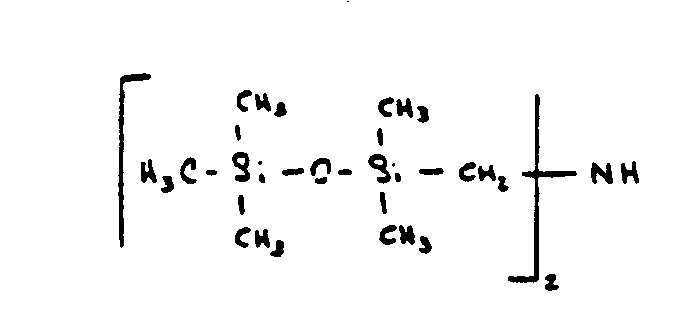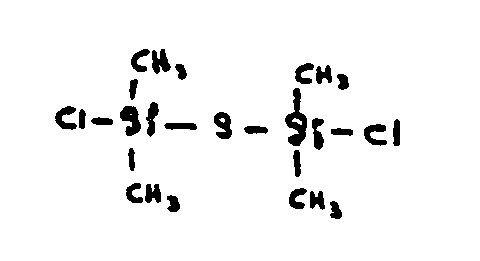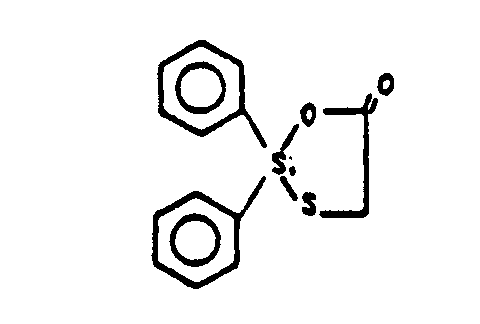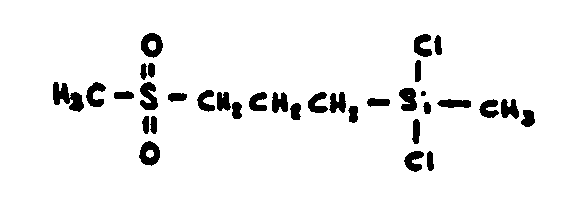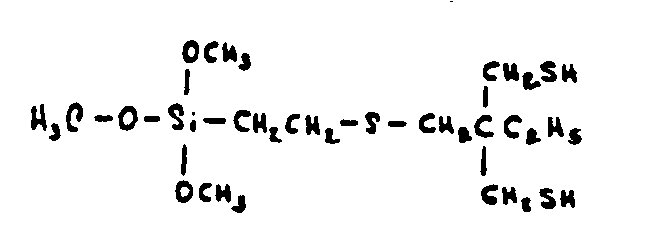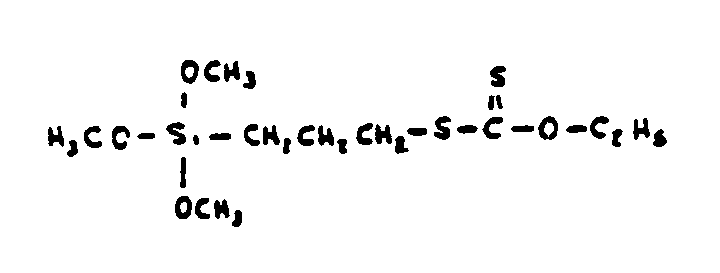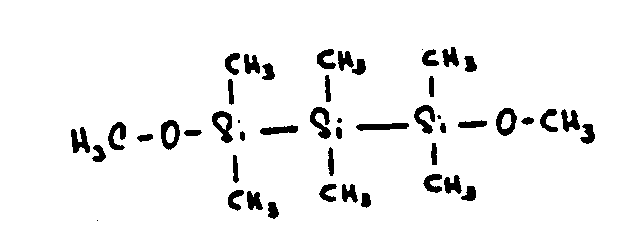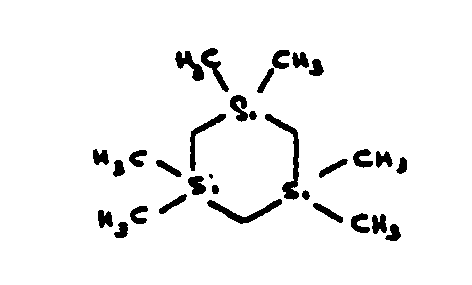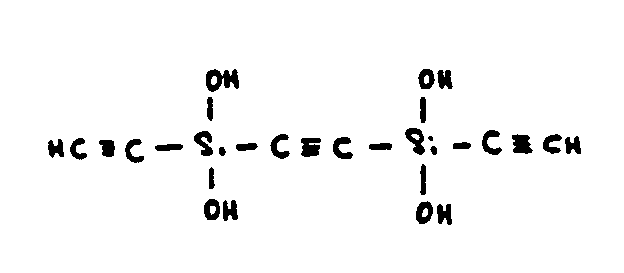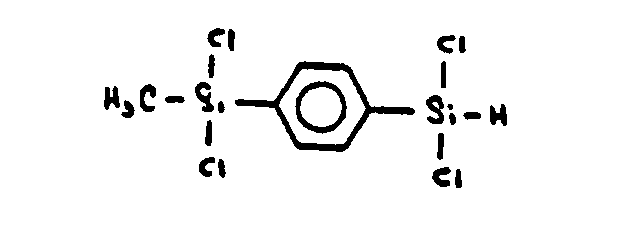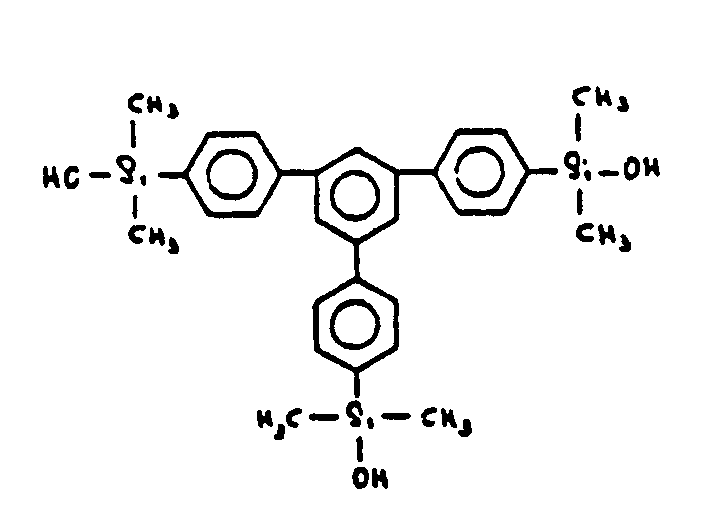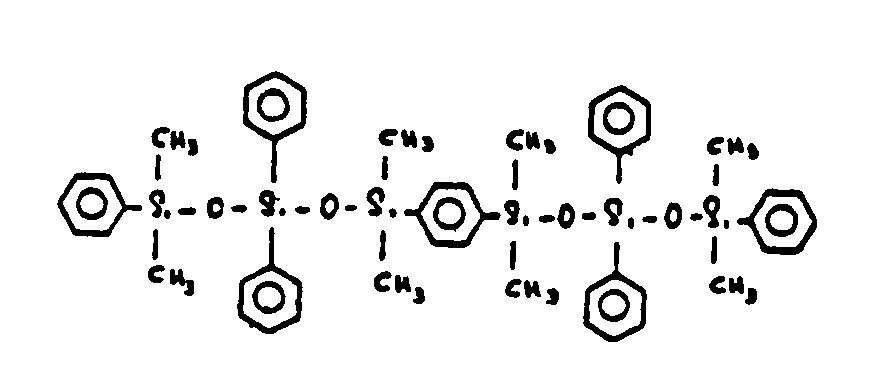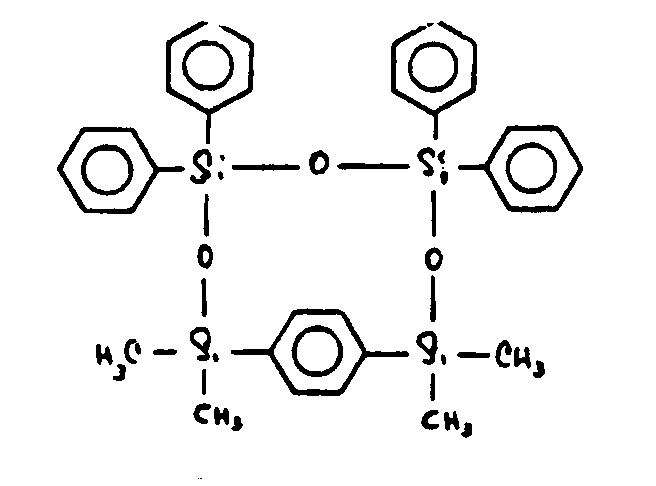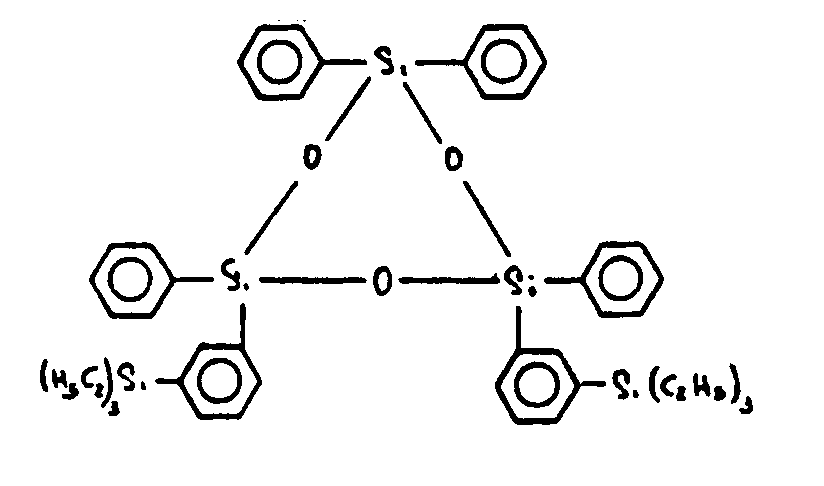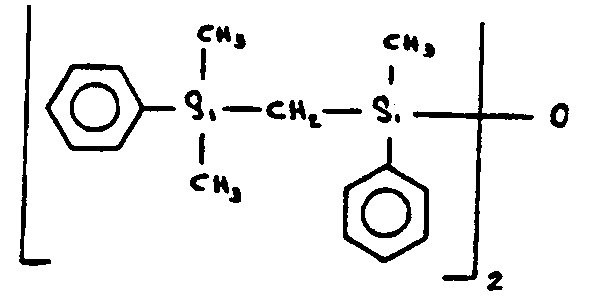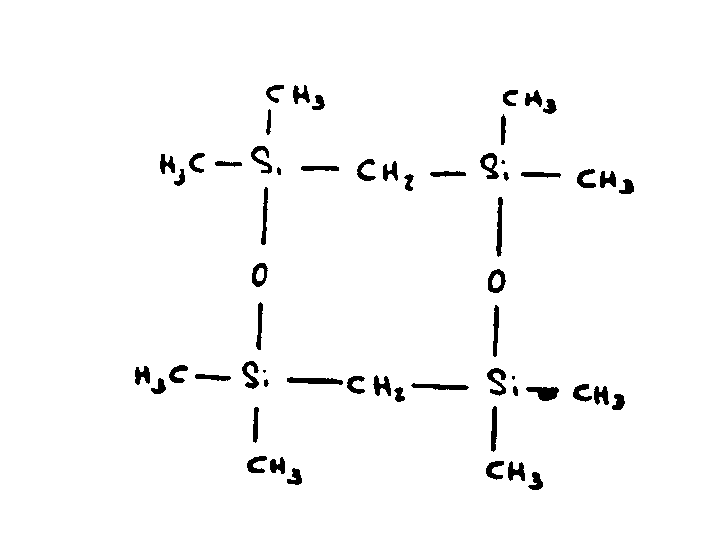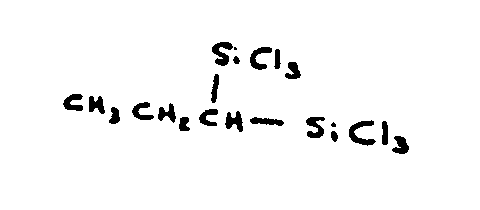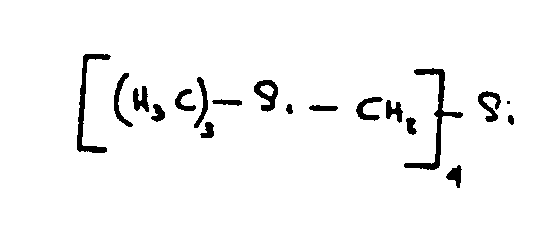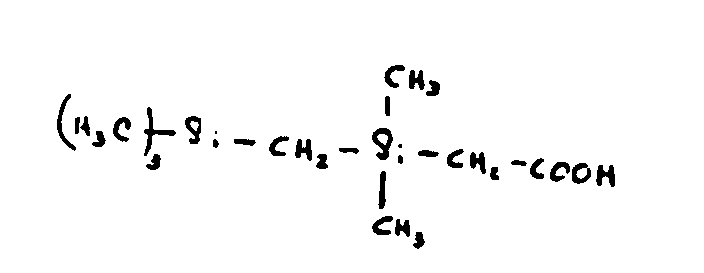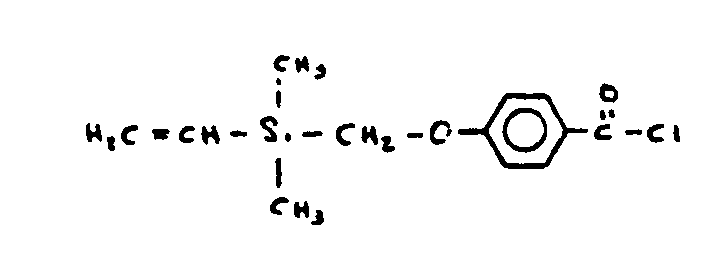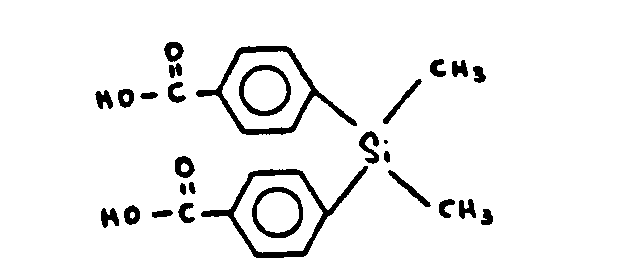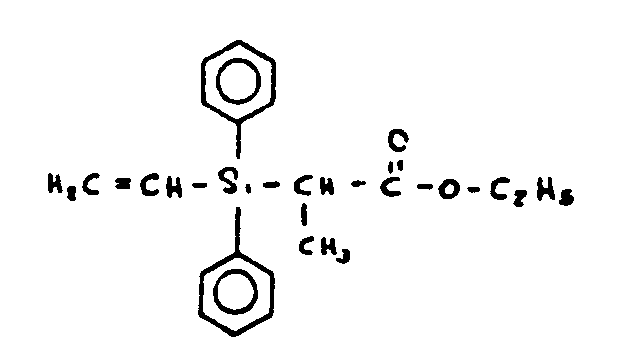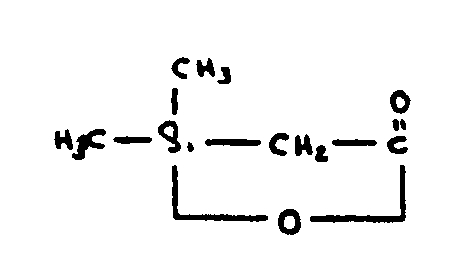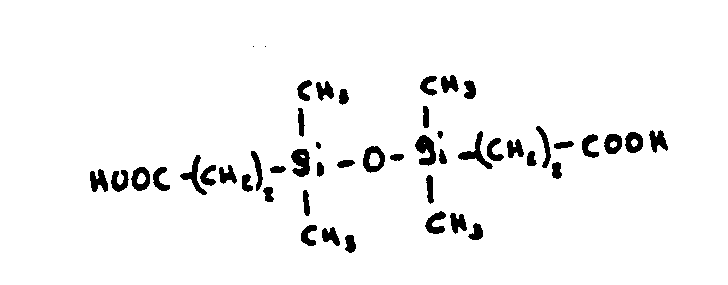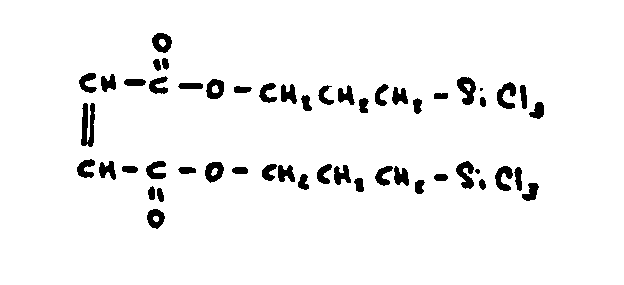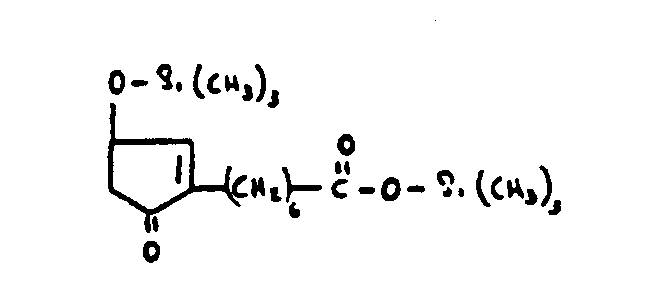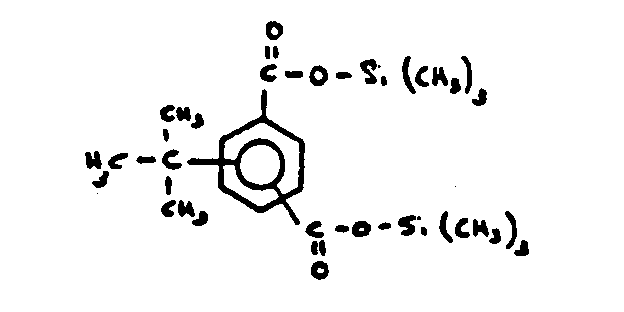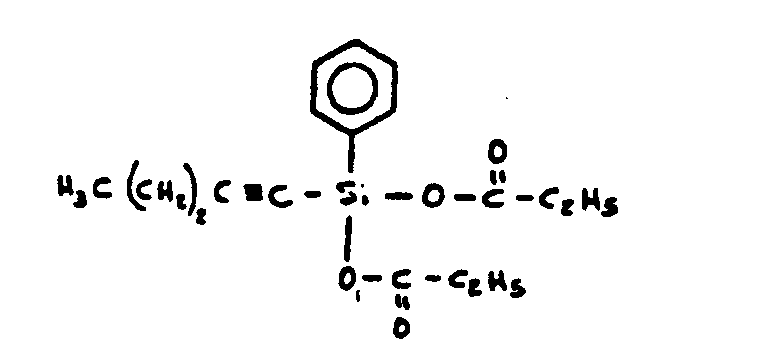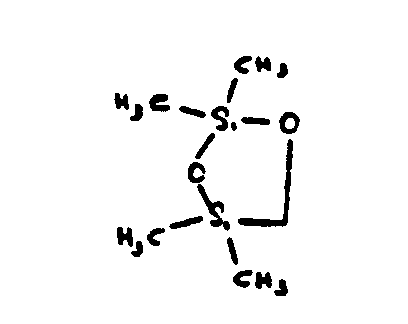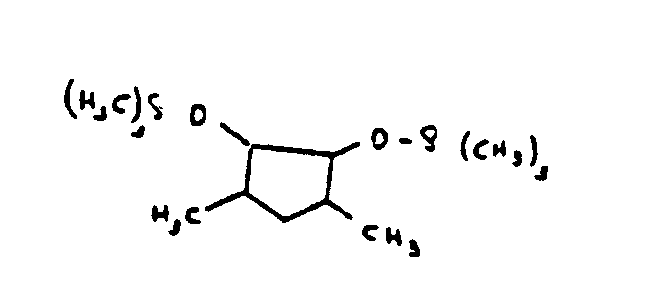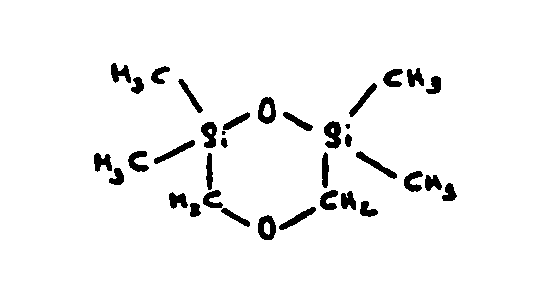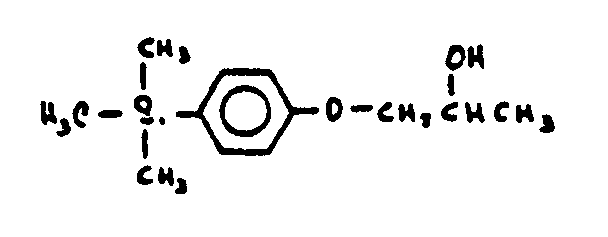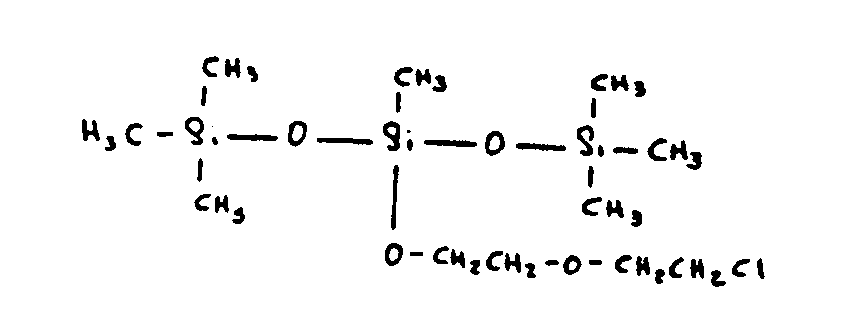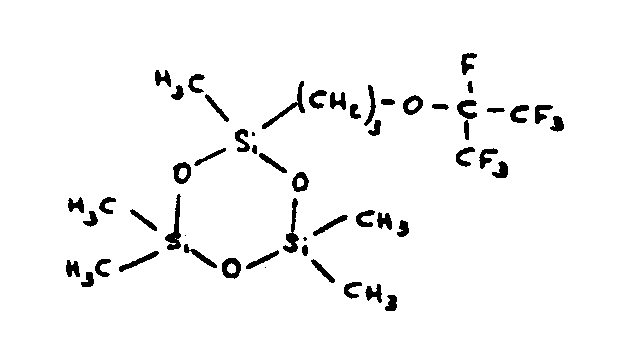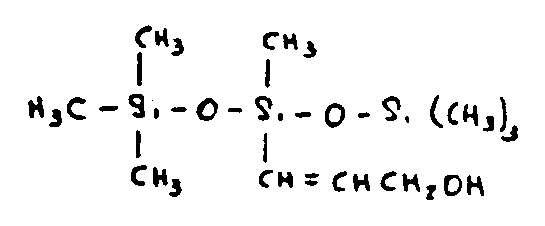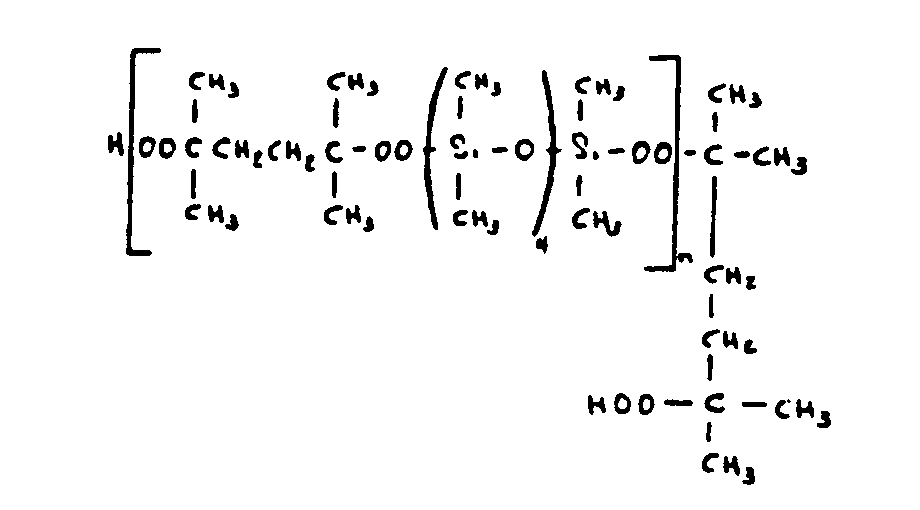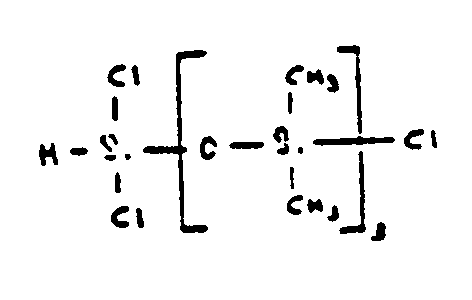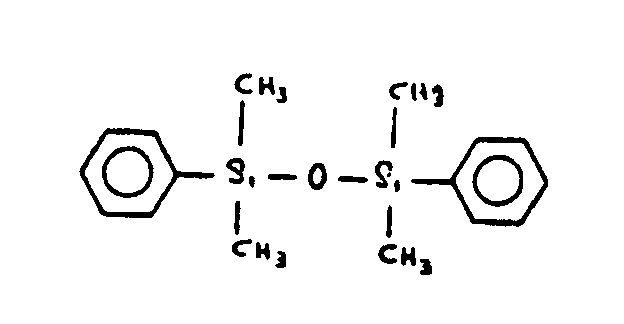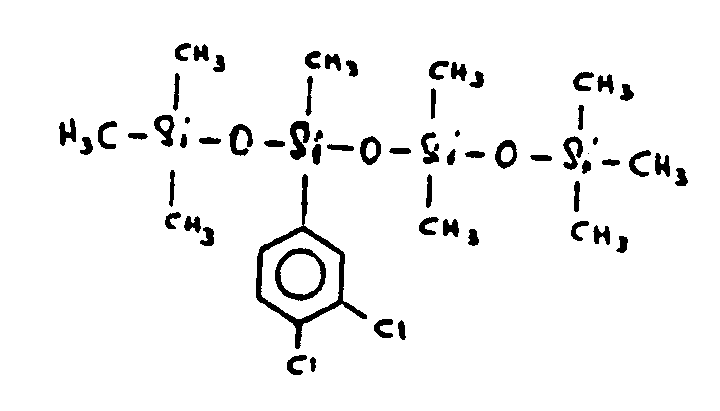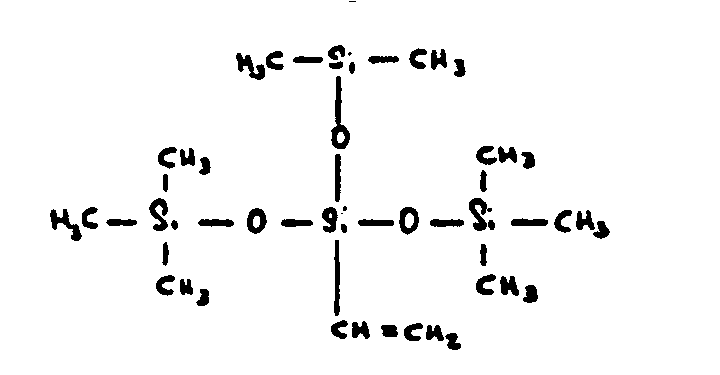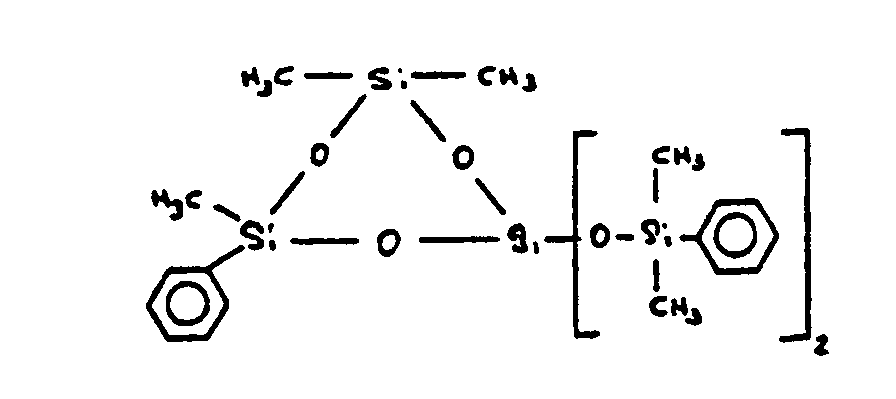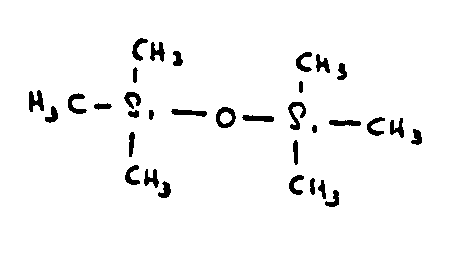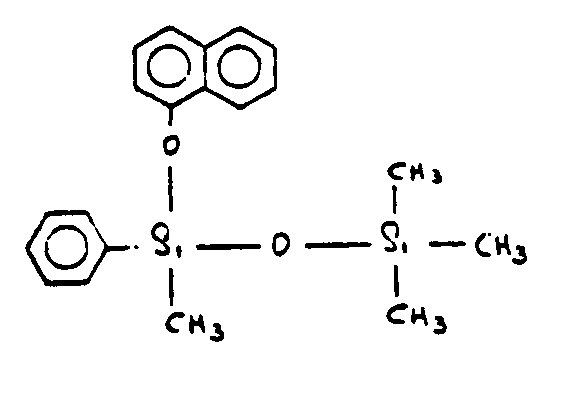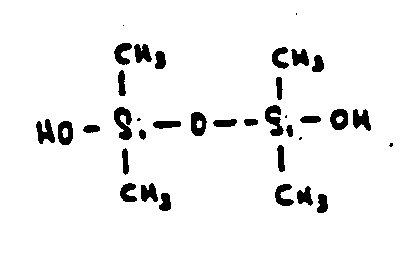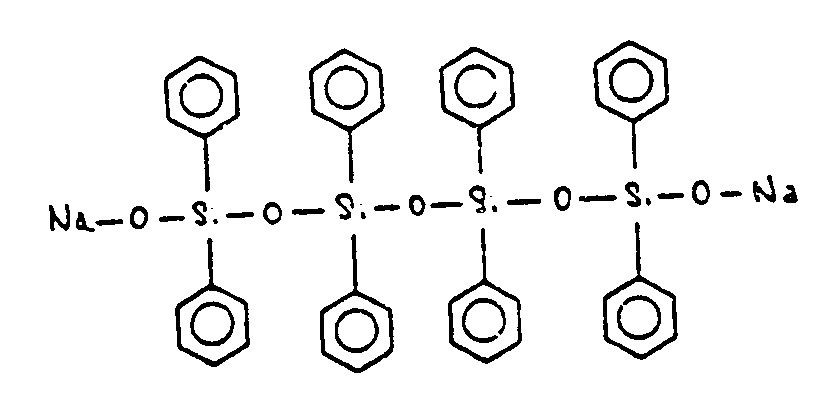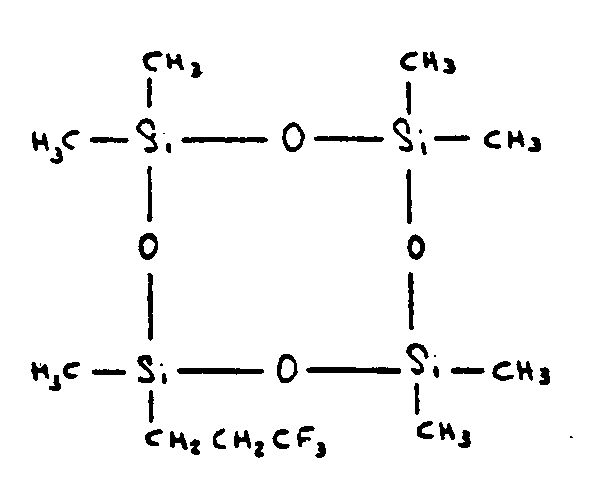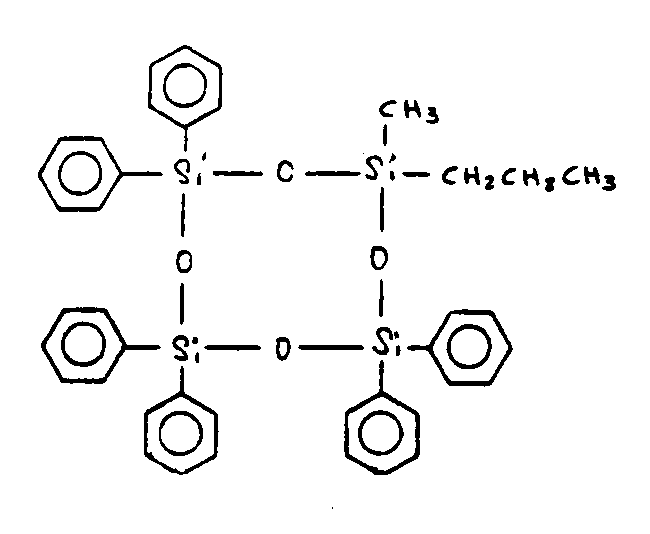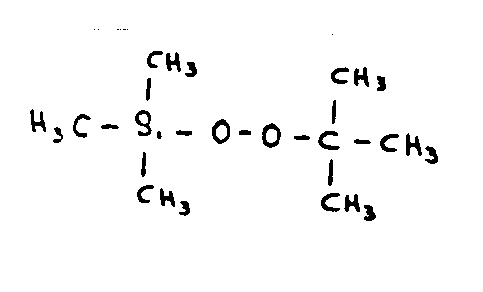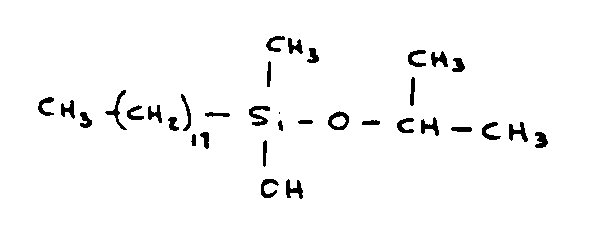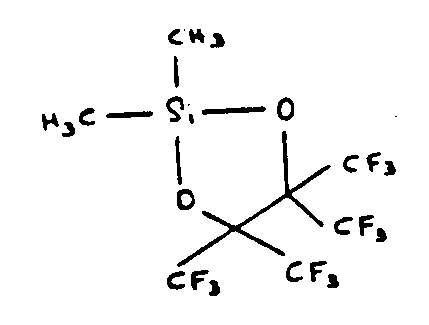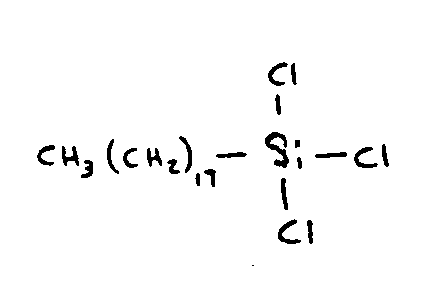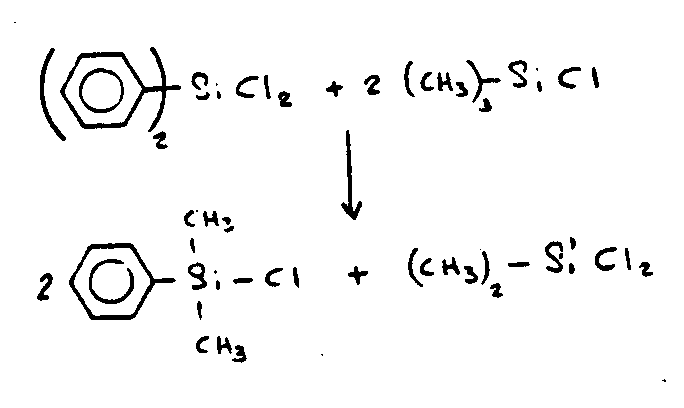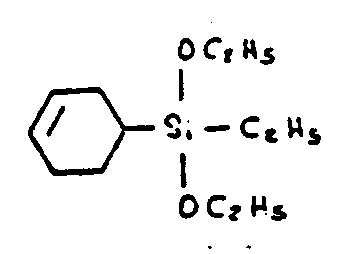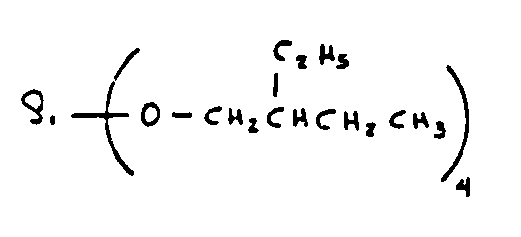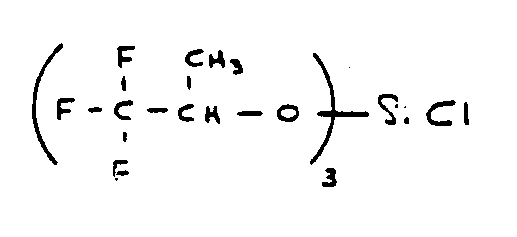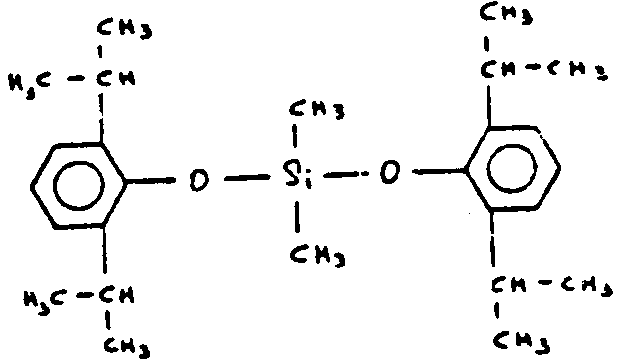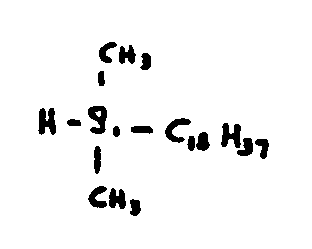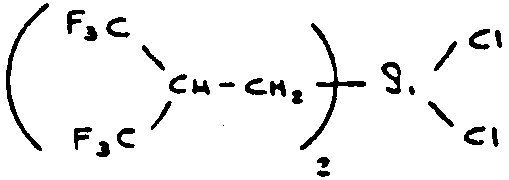![[Search a list of Patent Appplications for class 556]](../as.gif) CLASS 556, CLASS 556, | ORGANIC COMPOUNDS -- PART OF THE CLASS 532 - 570 SERIES |
| Click here for a printable version of this file | |
SUBCLASSES
![[List of Patents for class 556 subclass 1]](../ps.gif) 1 1 | HEAVY METAL CONTAINING (e.g., Ga, In or T1, etc.) | ||||
This subclass is indented under subclass 1. Compounds under Class 532, ... , which contain a heavy
metal, i.e., a metal having a specific gravity greater than four.
SEE OR SEARCH CLASS:
| |||||
![[List of Patents for class 556 subclass 2]](../ps.gif) 2 2 | With preservative or stabilizer |
| This subclass is indented under subclass 1. Products wherein the heavy metal containing compound is mixed with a preserving or stabilizing agent whose sole function is to prevent physical or chemical change. | |
![[List of Patents for class 556 subclass 3]](../ps.gif) 3 3 | Compound preserved or stabilized contains lead bonded directly to carbon | ||
This subclass is indented under subclass 2. Products wherein the compound that is preserved or stabilized
contains lead bonded directly to carbon.
| |||
![[List of Patents for class 556 subclass 4]](../ps.gif) 4 4 | Halogen containing preservative or stabilizer |
| This subclass is indented under subclass 3. Products wherein the preserving or stabilizing agent contains halogen. | |
![[List of Patents for class 556 subclass 5]](../ps.gif) 5 5 | Chalcogen containing preservative or stabilizer |
| This subclass is indented under subclass 3. Products wherein the preserving or stabilizing agent contains chalcogen (i.e., oxygen, sulfur, selenium or tellurium). | |
![[List of Patents for class 556 subclass 6]](../ps.gif) 6 6 | Nitrogen containing preservative or stabilizer |
| This subclass is indented under subclass 2. Products wherein the preserving or stabilizing agent contains nitrogen. | |
![[List of Patents for class 556 subclass 7]](../ps.gif) 7 7 | Boron containing |
| This subclass is indented under subclass 1. Compounds which contain boron. | |
![[List of Patents for class 556 subclass 8]](../ps.gif) 8 8 | Hydrogen bonded directly to the boron |
| This subclass is indented under subclass 7. Compounds wherein the boron is bonded directly to hydrogen. | |
![[List of Patents for class 556 subclass 9]](../ps.gif) 9 9 | Silicon containing |
| This subclass is indented under subclass 1. Compounds which contain silicon. | |
![[List of Patents for class 556 subclass 10]](../ps.gif) 10 10 | Silicon and heavy metal bonded directly to the same chalcogen | ||
This subclass is indented under subclass 9. Compounds wherein silicon and the heavy metal are bonded
directly to the same chalcogen (i.e., oxygen, sulfur, selenium,
or tellurium).
| |||
![[List of Patents for class 556 subclass 11]](../ps.gif) 11 11 | Heavy metal bonded directly to unsaturated five-membered carbocyclic ring | ||
This subclass is indented under subclass 10. Compounds wherein an unsaturated five-membered carbocyclic
ring is bonded directly to the heavy metal.
| |||
![[List of Patents for class 556 subclass 12]](../ps.gif) 12 12 | At least three carbons bonded directly to silicon |
| This subclass is indented under subclass 9. Compounds where at least three carbons are bonded directly to the silicon. | |
![[List of Patents for class 556 subclass 13]](../ps.gif) 13 13 | Phosphorus containing |
| This subclass is indented under subclass 1. Compounds which contain phosphorus. | |
![[List of Patents for class 556 subclass 14]](../ps.gif) 14 14 | Additional diverse heavy metal or aluminum containing | ||
This subclass is indented under subclass 13. Compounds which contain an additional diverse heavy metal
or aluminum.
| |||
![[List of Patents for class 556 subclass 15]](../ps.gif) 15 15 | The heavy metal is bonded directly to the carbon of a -C(=X)- group, wherein X is chalcogen (e.g., cyclopentadienyl manganese dicarbonyl triphenyl phosphine, etc.) | ||
This subclass is indented under subclass 13. Compounds in which the heavy metal is bonded directly to
the carbon of a -C(=X)- group, wherein X is chalcogen (i.e.,
oxygen, sulfur, selenium, or tellurium).
| |||
![[List of Patents for class 556 subclass 16]](../ps.gif) 16 16 | Iron, cobalt, nickel, ruthenium, rhodium, palladium, osmium, iridium, or platinum containing (Fe, Co, Ni, Ru, Rh, Pd, Os, Ir or Pt) |
| This subclass is indented under subclass 15. Compounds in which the heavy metal is iron, cobalt, nickel, ruthenium, rhodium, palladium, osmium, iridium, or platinum. | |
![[List of Patents for class 556 subclass 17]](../ps.gif) 17 17 | Plural phosphori bonded directly to the same nitrogen or chalcogen (e.g., pyrophosphates, etc.) | ||
This subclass is indented under subclass 13. Compounds wherein at least two phosphori are bonded directly
to the same nitrogen or chalcogen (i.e., oxygen, sulfur, selenium,
or tellurium).
| |||
![[List of Patents for class 556 subclass 18]](../ps.gif) 18 18 | Plural phosphori bonded directly to the same carbon or attached to each other by an acyclic chain which chain consists of carbons or of carbons and chalcogens | ||
This subclass is indented under subclass 13. Compounds wherein at least two phosphori are bonded directly
to the same carbon or attached to each other by an acyclic chain
which consists of carbons or of carbons and chalcogens (i.e., oxygen,
sulfur, selenium, or tellurium).
| |||
![[List of Patents for class 556 subclass 19]](../ps.gif) 19 19 | Carbon bonded directly to the phosphorus |
| This subclass is indented under subclass 13. Compounds wherein carbon is bonded directly to the phosphorus. | |
![[List of Patents for class 556 subclass 20]](../ps.gif) 20 20 | Plural carbons bonded directly to the phosphorus |
| This subclass is indented under subclass 19. Compounds wherein at least two carbons are bonded directly to the phosphorus. | |
![[List of Patents for class 556 subclass 21]](../ps.gif) 21 21 | Exactly three carbons bonded directly to the phosphorus (e.g., triphenylphosphines, etc.) | ||
This subclass is indented under subclass 20. Compounds wherein exactly three carbons are bonded directly
to the phosphorus.
| |||
![[List of Patents for class 556 subclass 22]](../ps.gif) 22 22 | And carbon bonded directly to the heavy metal |
| This subclass is indented under subclass 21. Compounds wherein carbon is bonded directly to the heavy metal. | |
![[List of Patents for class 556 subclass 23]](../ps.gif) 23 23 | Hydrogen or halogen bonded directly to the heavy metal |
| This subclass is indented under subclass 21. Compounds wherein hydrogen or halogen is bonded directly to the heavy metal. | |
![[List of Patents for class 556 subclass 24]](../ps.gif) 24 24 | Exactly four chalcogens bonded directly to the phosphorus (e.g., phosphates, orthophosphates, etc.) | ||
This subclass is indented under subclass 13. Compounds wherein exactly four chalcogens (i.e., oxygen,
sulfur, selenium or tellurium) are bonded directly to the phosphorus.
| |||
![[List of Patents for class 556 subclass 25]](../ps.gif) 25 25 | At least two of the chalcogens are sulfur (e.g., zinc dihydrocarbyl dithiophosphates, etc.) | ||
This subclass is indented under subclass 24. Compounds wherein at least two of the chalcogens are sulfur.
| |||
![[List of Patents for class 556 subclass 26]](../ps.gif) 26 26 | Nitrogen or -C(=X)- containing, wherein X is chalcogen |
| This subclass is indented under subclass 24. Compounds which contain nitrogen or a -C(=X)- group, wherein X is chalcogen. | |
![[List of Patents for class 556 subclass 27]](../ps.gif) 27 27 | Aluminum containing |
| This subclass is indented under subclass 1. Compounds which contain aluminum. | |
![[List of Patents for class 556 subclass 28]](../ps.gif) 28 28 | Plural diverse heavy metals containing | ||
This subclass is indented under subclass 1. Compounds which contain at least two diverse heavy metals.
| |||
![[List of Patents for class 556 subclass 29]](../ps.gif) 29 29 | Heavy metal double bonded directly to heavy metal | ||
This subclass is indented under subclass 28. Compounds wherein the heavy metal is double bonded directly
to heavy metal.
| |||
![[List of Patents for class 556 subclass 30]](../ps.gif) 30 30 | Arsenic, antimony, or bismuth containing (As, Sb, or Bi) | ||
This subclass is indented under subclass 28. Compounds which contain arsenic, antimony or bismuth.
| |||
![[List of Patents for class 556 subclass 31]](../ps.gif) 31 31 | Containing -C(=X)-, wherein X is chalcogen (e.g., carbonyl containing, etc.) |
| This subclass is indented under subclass 28. Compounds which contain a -C(=X)- group, wherein X is chalcogen (i.e., oxygen, sulfur, selenium or tellurium). | |
![[List of Patents for class 556 subclass 32]](../ps.gif) 32 32 | Nitrogen double bonded directly to carbon |
| This subclass is indented under subclass 1. Compounds which contain carbon double bonded directly to nitrogen. | |
![[List of Patents for class 556 subclass 33]](../ps.gif) 33 33 | Carbocyclic ring bonded directly to the nitrogen (e.g., azomethines, etc.) | ||
This subclass is indented under subclass 32. Compounds wherein a carbocyclic ring is bonded directly
to the nitrogen.
| |||
![[List of Patents for class 556 subclass 34]](../ps.gif) 34 34 | Additonal carbon double bonded to nitrogen (e.g., bisazomethines, etc.) | ||
This subclass is indented under subclass 33. Compounds which contain plural groups having carbon double
bonded directly to nitrogen.
| |||
![[List of Patents for class 556 subclass 35]](../ps.gif) 35 35 | Additional nitrogen bonded directly to the carbon or nitrogen |
| This subclass is indented under subclass 32. Compounds wherein an additional nitrogen is bonded directly to the carbon or nitrogen is single bonded directly to the nitrogen. | |
![[List of Patents for class 556 subclass 36]](../ps.gif) 36 36 | Guanidines | ||
This subclass is indented under subclass 35. Compounds which contain a carbon having one nitrogen double
bonded and two nitrogens single bonded directly thereto.
| |||
![[List of Patents for class 556 subclass 37]](../ps.gif) 37 37 | Chalcogen bonded directly to the carbon or nitrogen (e.g., oximes, etc.) | ||
This subclass is indented under subclass 32. Compounds wherein chalcogen (i.e., oxygen, sulfur, selenium,
or tellurium) is bonded directly to the carbon or nitrogen.
| |||
![[List of Patents for class 556 subclass 38]](../ps.gif) 38 38 | Nitrogen and plural sulfurs bonded directly to the same carbon (e.g., thiocarbamates, etc.) | ||
This subclass is indented under subclass 1. Compounds which contain nitrogen and at least two sulfurs
bonded directly to the same carbon.
| |||
![[List of Patents for class 556 subclass 39]](../ps.gif) 39 39 | Plural nitrogens bonded directly to the same carbon or attached to each other by a chain consisting of carbons, which carbons may be part of a ring (e.g., ethylene bis-dithiocarbamates, etc.) | ||
This subclass is indented under subclass 38. Compounds wherein at least two nitrogens are bonded directly
to the same carbon or are attached to each other by a chain consisting
of carbons, which carbons may be part of a ring.
| |||
![[List of Patents for class 556 subclass 40]](../ps.gif) 40 40 | Plural -C(=X)- groups, wherein X is chalcogen, bonded directly to the same non-benzenoid carbons, or the enolate thereof. (e.g., beta-diketone chelates, acetylacetonates, etc.) | ||||
This subclass is indented under subclass 1. Compounds which contain at least two -C(=X)- groups,
wherein X chalcogen (i.e., oxygen, sulfur, selenium or tellurium)
bonded directly to the same nonbenzenoid carbon, or the enolate
thereof.
| |||||
![[List of Patents for class 556 subclass 41]](../ps.gif) 41 41 | Carbon or halogen bonded directly to the metal |
| This subclass is indented under subclass 40. Compounds wherein carbon or halogen is bonded directly to the metal. | |
![[List of Patents for class 556 subclass 42]](../ps.gif) 42 42 | Vanadium, niobium, or tantalum containing (V, Nb, or Ta) | ||
This subclass is indented under subclass 1. Compounds which contain vanadium, niobium or tantalum.
| |||
![[List of Patents for class 556 subclass 43]](../ps.gif) 43 43 | Carbon bonded directly to the metal (e.g., cyclopentadienyl vanadium tetracarbonyl, etc.) | ||
This subclass is indented under subclass 42. Compounds wherein carbon is bonded directly to the metal.
| |||
![[List of Patents for class 556 subclass 44]](../ps.gif) 44 44 | The metal is bonded directly to X of a -C(=X)X- group, wherein the X's are the same or diverse chalcogens (e.g., vanadyl xanthate, etc.) | ||
This subclass is indented under subclass 42. Compounds wherein the metal is bonded directly to X of a
-C(=X) X-group, wherein the X"s are the same or
diverse chalcogens (i.e., oxygen, sulfur, selenium or tellurium).
| |||
![[List of Patents for class 556 subclass 45]](../ps.gif) 45 45 | Manganese or rhenium containing (Mn or Re) |
| This subclass is indented under subclass 1. Compounds which contain manganese or rhenium. | |
![[List of Patents for class 556 subclass 46]](../ps.gif) 46 46 | Carbon bonded directly to the metal (e.g., ethyl thiomanganese tricarbonyl, etc.) | ||
This subclass is indented under subclass 45. Compounds wherein carbon is bonded directly to the metal.
| |||
![[List of Patents for class 556 subclass 47]](../ps.gif) 47 47 | The metal is bonded directly to an unsaturated 5-membered carbocyclic ring and to at least three -C(=X)- groups, wherein X is chalcogen (e.g., cyclopentadienyl manganese tricarbonyl, indenyl manganese tricarbonyl, etc.) | ||
This subclass is indented under subclass 46. Compounds wherein the metal is bonded directly to an unsaturated
5-membered carbocyclic ring and to at least three -C(=X)-groups,
wherein X is chalcogen (i.e., oxygen, sulfur, selenium or tellurium).
| |||
![[List of Patents for class 556 subclass 48]](../ps.gif) 48 48 | Chalcogen or -C(=X)-, wherein X is chalcogen, bonded directly to the unsaturated 5-membered carbocyclic ring |
| This subclass is indented under subclass 47. Compounds wherein chalcogen or -C(=X)-, wherein X is chalcogen, are bonded directly to the unsaturated 5-membered carbocyclic ring. | |
![[List of Patents for class 556 subclass 49]](../ps.gif) 49 49 | The metal is bonded directly to X of a -C(=X)X- group, wherein the X's are the same or diverse chalcogens (e.g., manganese acetate, etc.) | ||
This subclass is indented under subclass 45. Compounds wherein the metal is bonded directly to X of a
-C(=X)X-group, wherein the X"s are the same or
diverse chalcogens (i.e., oxygen sulfur, selenium or tellurium).
| |||
![[List of Patents for class 556 subclass 50]](../ps.gif) 50 50 | Nitrogen containing |
| This subclass is indented under subclass 49. Compounds which contain nitrogen. | |
![[List of Patents for class 556 subclass 51]](../ps.gif) 51 51 | Titanium, zirconium, or hafnium containing (Ti, Zr, or Hf) |
| This subclass is indented under subclass 1. Compounds which contain titanium, zirconium or hafnium. | |
![[List of Patents for class 556 subclass 52]](../ps.gif) 52 52 | Carbon bonded directly to the metal |
| This subclass is indented under subclass 51. Compounds wherein carbon is bonded directly to the metal. | |
![[List of Patents for class 556 subclass 53]](../ps.gif) 53 53 | Plural unsaturated 5-membered carbocyclic rings bonded directly to the metal |
| This subclass is indented under subclass 52. Compounds wherein at least two unsaturated 5-membered carbocyclic rings are bonded directly to the metal. | |
![[List of Patents for class 556 subclass 54]](../ps.gif) 54 54 | Plural chalcogens bonded directly to the metal (e.g., alkyl titanates, titanic esters, etc.) | ||
This subclass is indented under subclass 51. Compounds wherein at least two chalcogens (i.e., oxygen,
sulfur, selenium or tellurium) are bonded directly to the metal.
| |||
![[List of Patents for class 556 subclass 55]](../ps.gif) 55 55 | Containing -C(=X)X-, wherein the X's are the same or diverse chalcogens |
| This subclass is indented under subclass 54. Compounds which contain a -C(=X)X- group, wherein the X"s are the same or diverse chalcogens. | |
![[List of Patents for class 556 subclass 56]](../ps.gif) 56 56 | Nitrogen or halogen containing |
| This subclass is indented under subclass 54. Compounds which contain nitrogen or halogen. | |
![[List of Patents for class 556 subclass 57]](../ps.gif) 57 57 | Chromium, molybdenum, or tungsten containing (Cr, Mo, or |
| This subclass is indented under subclass 51. Compounds which contain chromium, molybdenum or tungsten. | |
![[List of Patents for class 556 subclass 58]](../ps.gif) 58 58 | Carbon bonded directly to the metal |
| This subclass is indented under subclass 57. Compounds wherein carbon is bonded directly to the metal. | |
![[List of Patents for class 556 subclass 59]](../ps.gif) 59 59 | Chalcogen double bonded directly to the carbon (e.g., molybdenum pentacarbonyls, etc.) | ||
This subclass is indented under subclass 58. Compounds wherein chalcogen (i.e., oxygen, sulfur, selenium
or tellurium is double bonded directly to the carbon.
| |||
![[List of Patents for class 556 subclass 60]](../ps.gif) 60 60 | Carbocyclic ring bonded directly to the metal |
| This subclass is indented under subclass 59. Compounds wherein a carbocyclic ring is bonded directly to the metal. | |
![[List of Patents for class 556 subclass 61]](../ps.gif) 61 61 | Containing -C(=X)X-, wherein the X's are the same or diverse chalcogens |
| This subclass is indented under subclass 57. Compounds which contain a -C(=X)X- group, wherein the X"s are the same or diverse chalcogens (i.e., oxygen, sulfur, selenium or tellurium). | |
![[List of Patents for class 556 subclass 62]](../ps.gif) 62 62 | The carbons of plural -C(X=)X- groups, are bonded directly to each other, to the same acyclic carbon, (e.g., chromium oxalates, etc.) | ||
This subclass is indented under subclass 61. Compounds wherein the carbons of at least two -C(=X)X-
groups are bonded directly to each other, to the same acyclic carbon
chain.
| |||
![[List of Patents for class 556 subclass 63]](../ps.gif) 63 63 | Nitrogen or halogen containing | ||
This subclass is indented under subclass 61. Compounds which contain nitrogen or halogen.
| |||
![[List of Patents for class 556 subclass 64]](../ps.gif) 64 64 | Arsenic, antimony, or bismuth containing (As, Sb, or Bi) |
| This subclass is indented under subclass 1. Compounds which contain arsenic, antimony or bismuth. | |
![[List of Patents for class 556 subclass 65]](../ps.gif) 65 65 | Arsenic double bonded directly to arsenic (e.g., arsenobenzenes, etc.) | ||
This subclass is indented under subclass 64. Compounds wherein arsenic is double bonded directly to arsenic.
| |||
![[List of Patents for class 556 subclass 66]](../ps.gif) 66 66 | Containing two benzene rings each having nitrogen, chalcogen and one of the arsenics bonded directly thereto (e.g., arsphenamines, etc.) | ||
This subclass is indented under subclass 65. Compounds which contain two benzene rings each having nitrogen,
chalcogen (i.e., oxygen, sulfur, selenium or tellurium) and one
of the arsenics bonded directly thereto.
| |||
![[List of Patents for class 556 subclass 67]](../ps.gif) 67 67 | Sulfur double bonded directly to chalcogen (e.g., neoarsphenamines, etc.) | ||
This subclass is indented under subclass 66. Compounds which contain sulfur double bonded directly to
chalcogen.
| |||
![[List of Patents for class 556 subclass 68]](../ps.gif) 68 68 | Tricyclo ring system having a six-membered ring, which includes heavy metal and nitrogen or chalcogen, as one of the cyclos (e.g., phenoxarsines, phenarsazines, etc.) | ||
This subclass is indented under subclass 64. Compounds which contain a tricyclo ring system having a
six-membered ring, which includes the heavy metal and nitrogen or
chalcogen (i.e., oxygen, sulfur, selenium or tellurium), as one
of the cyclos.
| |||
![[List of Patents for class 556 subclass 69]](../ps.gif) 69 69 | Sulfur double bonded directly to chalcogen | ||
This subclass is indented under subclass 64. Compounds which contain sulfur double bonded directly to
chalcogen (i.e., oxygen, sulfur, selenium or tellurium).
| |||
![[List of Patents for class 556 subclass 70]](../ps.gif) 70 70 | Carbon bonded directly to the metal |
| This subclass is indented under subclass 64. Compounds wherein carbon is bonded directly to the metal. | |
![[List of Patents for class 556 subclass 71]](../ps.gif) 71 71 | Chalcogen bonded directly to the metal (e.g., arsine oxides, etc.) | ||
This subclass is indented under subclass 70. Compounds wherein chalcogen (i.e., oxygen, sulfur, selenium
or tellurium) is bonded directly to the metal.
| |||
![[List of Patents for class 556 subclass 72]](../ps.gif) 72 72 | Plural chalcogens bonded directly to the metal |
| This subclass is indented under subclass 71. Compounds wherein at least two chalcogens are bonded directly to the metal. | |
![[List of Patents for class 556 subclass 73]](../ps.gif) 73 73 | Exactly three chalcogens bonded directly to the metal (e.g., arsonic acids, arsonates, etc.) | ||
This subclass is indented under subclass 72. Compounds wherein exactly three chalcogens are bonded directly
to the metal.
| |||
![[List of Patents for class 556 subclass 74]](../ps.gif) 74 74 | Nitrogen and the metal bonded directly to the same benzene ring (e.g., arsanilic acids, etc.) | ||
This subclass is indented under subclass 73. Compounds wherein nitrogen and the metal are bonded directly
to the same benzene ring.
| |||
![[List of Patents for class 556 subclass 75]](../ps.gif) 75 75 | Having -C(=X)-, wherein X is chalcogen, attached directly or indirectly to the nitrogen by acyclic nononic bonding |
| This subclass is indented under subclass 74. Compounds in which a -C(=X)- group, where X is chalcogen, is attached directly or indirectly to the nitrogen by acyclic nonionic bonding. | |
![[List of Patents for class 556 subclass 76]](../ps.gif) 76 76 | Chalcogen bonded directly to the metal | ||
This subclass is indented under subclass 64. Compounds wherein chalcogen (i.e., oxygen, sulfur, selenium,
or tellurium) is bonded directly to the metal.
| |||
![[List of Patents for class 556 subclass 77]](../ps.gif) 77 77 | Containing -C(=X)X-, wherein the X's are the same or diverse chalcogens |
| This subclass is indented under subclass 76. Compounds which contain a -C(=X)X- group, wherein the X"s are the same or diverse chalcogens. | |
![[List of Patents for class 556 subclass 78]](../ps.gif) 78 78 | Carbocyclic ring bonded directly to the carbon of the -C(=X)X- group |
| This subclass is indented under subclass 77. Compounds wherein a carbocyclic ring is bonded directly to the carbon of the -C(=X)X- group. | |
![[List of Patents for class 556 subclass 79]](../ps.gif) 79 79 | The carbons of plural -C(=X)X- groups are bonded directly to each other, to the same carbon, or to a chain consisting of carbons, which carbons may be part of a ring (e.g., bismuth tartrates, etc.) | ||
This subclass is indented under subclass 77. Compounds wherein the carbons of at least two -C(=X)X-
groups are bonded directly to each other, to the same carbon, or
to a chain consisting of carbons which carbons may be part of a ring.
| |||
![[List of Patents for class 556 subclass 80]](../ps.gif) 80 80 | Carbocyclic ring bonded directly to the chalcogen |
| This subclass is indented under subclass 76. Compounds wherein a carbocyclic ring is bonded directly to the chalcogen. | |
![[List of Patents for class 556 subclass 81]](../ps.gif) 81 81 | Germanium, tin, or lead containing (Ge, Sn, or Pb) |
| This subclass is indented under subclass 1. Compounds which contain germanium, tin or lead. | |
![[List of Patents for class 556 subclass 82]](../ps.gif) 82 82 | Tin bonded directly to tin or lead bonded directly to lead | ||
This subclass is indented under subclass 81. Compounds wherein tin is bonded directly to tin or lead
is bonded directly to lead.
| |||
![[List of Patents for class 556 subclass 83]](../ps.gif) 83 83 | Plural heavy metals bonded directly to the same chalcogen (e.g., two germaniums bonded directly to the same oxygen, etc.) | ||
This subclass is indented under subclass 81. Compounds wherein at least two heavy metals are bonded directly
to the same chalcogen (i.e., oxygen, sulfur, selenium or tellurium).
| |||
![[List of Patents for class 556 subclass 84]](../ps.gif) 84 84 | Exactly three carbons bonded directly to each of the metals (e.g., bis tributyl tin oxides, etc.) | ||
This subclass is indented under subclass 83. Compounds wherein exactly three carbons are bonded directly
to each of the metals.
| |||
![[List of Patents for class 556 subclass 85]](../ps.gif) 85 85 | Sulfur double bonded directly to chalcogen | ||
This subclass is indented under subclass 81. Compounds which contain sulfur double bonded directly to
chalcogen (i.e., oxygen, sulfur, selenium or tellurium).
| |||
![[List of Patents for class 556 subclass 86]](../ps.gif) 86 86 | Exactly three carbons bonded directly to the metal |
| This subclass is indented under subclass 85. Compounds wherein exactly three carbons are bonded directly to the metal. | |
![[List of Patents for class 556 subclass 87]](../ps.gif) 87 87 | Carbon bonded directly to the metal |
| This subclass is indented under subclass 81. Compounds wherein carbon is bonded directly to the metal. | |
![[List of Patents for class 556 subclass 88]](../ps.gif) 88 88 | Chalcogen bonded directly to the metal | ||||||
This subclass is indented under subclass 87. Compounds wherein chalcogen (i.e., oxygen, sulfur, selenium
or tellurium) is bonded directly to the metal.
SEE OR SEARCH THIS CLASS, SUBCLASS:
| |||||||
![[List of Patents for class 556 subclass 89]](../ps.gif) 89 89 | Plural chalcogens bonded directly to the metal |
| This subclass is indented under subclass 88. Compounds wherein at least two chalcogens are bonded directly to the metal. | |
![[List of Patents for class 556 subclass 90]](../ps.gif) 90 90 | At least one of the chalcogens is part of a -C(=X)X- group, wherein the X's are the same or diverse chalcogens |
| This subclass is indented under subclass 89. Compounds in which at least one of the chalcogens is part of a -C(=X)X- group, wherein the X"s are the same or diverse chalcogens. | |
![[List of Patents for class 556 subclass 91]](../ps.gif) 91 91 | Sulfur containing (e.g., organotinmercaptio carboxylic acid ester sulfides, etc.) | ||
This subclass is indented under subclass 90. Compounds which contain sulfur.
| |||
![[List of Patents for class 556 subclass 92]](../ps.gif) 92 92 | Acyclic carbon to carbon unsaturation containing (e.g., diorganotin maleates, etc.) | ||||
This subclass is indented under subclass 90. Compounds which contain acyclic carbon to carbon unsaturation.
SEE OR SEARCH THIS CLASS, SUBCLASS:
| |||||
![[List of Patents for class 556 subclass 93]](../ps.gif) 93 93 | Having -C(=X)X-, are the same or diverse chalcogens, attached indirectly to the metal by nonionic bonding (e.g., dialkyl tin thioglycollic acid esters, etc.) | ||
This subclass is indented under subclass 89. Compounds in which a -C(=X)X- group, wherein the
X"s are the same or diverse chalcogens, is attached indirectly
to the metal by nonionic bonding.
| |||
![[List of Patents for class 556 subclass 94]](../ps.gif) 94 94 | The chalcogen is part of a -C(=X)X- group, wherein the X's are the same or diverse chalcogens |
| This subclass is indented under subclass 88. Compounds in which the chalcogen is part of a -C(=X)X- group, wherein the X"s are the same or diverse chalcogens. | |
![[List of Patents for class 556 subclass 95]](../ps.gif) 95 95 | The compound consists of the metal, carbon and hydrogen or the metal, carbon, hydrogen and halogen (e.g., tetraalkylleads, etc.) | ||||
This subclass is indented under subclass 87. Compounds which consist of the metal, carbon and hydrogen
or the metal, carbon, hydrogen and halogen.
SEE OR SEARCH THIS CLASS, SUBCLASS:
| |||||
![[List of Patents for class 556 subclass 96]](../ps.gif) 96 96 | Preparing by utilizing a magnesium containing material (e.g., Grignard reagent, etc.) |
| This subclass is indented under subclass 95. Processes wherein the compound is prepared by utilizing a magnesium containing material in any way, e.g., as a catalyst, reactant, etc. | |
![[List of Patents for class 556 subclass 97]](../ps.gif) 97 97 | Preparing by interchange of radicals between heavy metal atoms (e.g., redistribution, disproportionation, etc.) | ||||
This subclass is indented under subclass 95. Processes wherein the compound is prepared by an interchange
of radicals between the heavy metal atoms, i.e., a shift of a radical, unchanged,
from one heavy metal atom to another heavy metal atom.
| |||||
![[List of Patents for class 556 subclass 98]](../ps.gif) 98 98 | Preparing by reacting free heavy metal or heavy metal containing alloy with hydrocarbyl halide (e.g., reacting Pb-Na alloy with hydrocarbyl chloride, etc.) | ||
This subclass is indented under subclass 95. Processes wherein the compound is prepared by reacting a
free heavy metal or a heavy metal containing alloy with a hydrocarbyl
halide.
| |||
![[List of Patents for class 556 subclass 99]](../ps.gif) 99 99 | Additional heavy metal containing material or aluminum containing material utilized |
| This subclass is indented under subclass 98. Processes wherein a material containing an additional heavy metal or aluminum is utilized in any way, e.g., as a catalyst, reactant, etc. | |
![[List of Patents for class 556 subclass 100]](../ps.gif) 100 100 | Phosphorus containing material or organic nitrogen containing compound utilized |
| Processes under 98 wherein a phosphorus containing material or an organic nitrogen containing compound is utilized in any way, e.g., as a catalyst, accelerator, solvent, etc. | |
![[List of Patents for class 556 subclass 101]](../ps.gif) 101 101 | Organic chalcogen containing compound or additional organic halogen containing utilized |
| This subclass is indented under subclass 98. Processes wherein an organic chalcogen containing compound or an additional halogen containing compound is utilized in any way, e.g., as a catalyst, accelerator, solvent, etc. | |
![[List of Patents for class 556 subclass 102]](../ps.gif) 102 102 | Preparing by utilizing boron, aluminum, gallium, indium, or thallium | ||
| This subclass is indented under subclass 95. Processes wherein the compound is prepared by utilizing
a boron, aluminum, gallium, indium, or thallium containing material
any way, e.g., as a catalyst, reactant, etc.
SEE OR SEARCH THIS CLASS, SUBCLASS:
| |||
![[List of Patents for class 556 subclass 103]](../ps.gif) 103 103 | Purification or recovery |
| This subclass is indented under subclass 95. Processes which include separating the compound from impurities or from the reaction mixture. | |
![[List of Patents for class 556 subclass 104]](../ps.gif) 104 104 | Halogen bonded directly to the metal |
| This subclass is indented under subclass 95. Compounds wherein halogen is bonded directly to the metal. | |
![[List of Patents for class 556 subclass 105]](../ps.gif) 105 105 | Containing -C(=X)X-, wherein the X's are the same or diverse chalcogens |
| This subclass is indented under subclass 81. Compounds which contain a -C(=X)X- group, wherein the X"s are the same or diverse chalcogens (i.e., oxygen, sulfur,, selenium or tellurium). | |
![[List of Patents for class 556 subclass 106]](../ps.gif) 106 106 | Carbocyclic ring bonded directly to the carbon of the -C(=X)X- group (e.g., lead phthalates, etc.) | ||
This subclass is indented under subclass 105. Compounds wherein a carbocyclic ring is bonded directly
to the carbon of the -C(=X)X- group.
| |||
![[List of Patents for class 556 subclass 107]](../ps.gif) 107 107 | Nitrogen containing |
| This subclass is indented under subclass 10. Compounds which contain nitrogen. | |
![[List of Patents for class 556 subclass 108]](../ps.gif) 108 108 | Carbocyclic ring and the metal are bonded directly to the same chalcogen (e.g., stannous catecholates, etc.) | ||
This subclass is indented under subclass 81. Compounds wherein a carbocyclic ring and the metal are bonded
directly to the same chalcogen (i.e., oxygen, sulfur, selenium,
or tellurium).
| |||
![[List of Patents for class 556 subclass 109]](../ps.gif) 109 109 | Plural chalcogens and plural nitro groups bonded directly to the same benzene ring (e.g., lead styphnates, lead salts of di-nitroresorcinol, etc.) | ||
This subclass is indented under subclass 108. Compounds wherein at least two chalcogens and at least two
nitro groups are bonded directly to the same benzene ring.
| |||
![[List of Patents for class 556 subclass 110]](../ps.gif) 110 110 | Copper, silver, or gold containing (Cu, Ag, or Au) |
| This subclass is indented under subclass 1. Compounds which contain copper, silver or gold. | |
![[List of Patents for class 556 subclass 111]](../ps.gif) 111 111 | Sulfur double bonded directly to chalcogen | ||
This subclass is indented under subclass 110. Compounds which contain sulfur double bonded directly to
chalcogen (i.e., oxygen, sulfur, selenium or tellurium).
| |||
![[List of Patents for class 556 subclass 112]](../ps.gif) 112 112 | Carbon bonded directly to the metal | ||
This subclass is indented under subclass 110. Compounds wherein carbon is bonded directly to the metal.
| |||
![[List of Patents for class 556 subclass 113]](../ps.gif) 113 113 | Chalcogen bonded directly to the metal |
| This subclass is indented under subclass 110. Compounds wherein chalcogen (i.e., oxygen, sulfur, selenium or tellurium) is bonded directly to the metal. | |
![[List of Patents for class 556 subclass 114]](../ps.gif) 114 114 | The chalcogen is part of a -C(=X)X- group, wherein the X's are the same or diverse chalcogens |
| This subclass is indented under subclass 113. Compounds in which the chalcogen is part of a -C(=X)X- group, wherein the X"s are the same or diverse chalcogens. | |
![[List of Patents for class 556 subclass 115]](../ps.gif) 115 115 | Carbocyclic ring bonded directly to the carbon of the -C(=X)X- group |
| This subclass is indented under subclass 114. Compounds wherein a carbocyclic ring is bonded directly to the carbon of the -C(X)X- group. | |
![[List of Patents for class 556 subclass 116]](../ps.gif) 116 116 | Nitrogen containing |
| This subclass is indented under subclass 114. Compounds which contain nitrogen. | |
![[List of Patents for class 556 subclass 117]](../ps.gif) 117 117 | Containing -C(=X)-, wherein X is chalcogen | ||
This subclass is indented under subclass 113. Compounds which contain a -C(X)X- group, wherein X is chalcogen.
| |||
![[List of Patents for class 556 subclass 118]](../ps.gif) 118 118 | Zinc, cadmium, or mercury containing (Zn, Cd, or Hg) |
| This subclass is indented under subclass 1. Compounds which contain zinc, cadmium, or mercury. | |
![[List of Patents for class 556 subclass 119]](../ps.gif) 119 119 | Sulfur double bonded directly to chalcogen | ||
This subclass is indented under subclass 118. Compounds which contain sulfur double bonded directly to
chalcogen (i.e., oxygen, sulfur, selenium or tellurium).
| |||
![[List of Patents for class 556 subclass 120]](../ps.gif) 120 120 | Containing -C(=X)-, wherein X is chalcogen (e.g., zinc formaldehyde sulphoxylates, etc.) | ||
This subclass is indented under subclass 119. Compounds which contain a -C(=X)X- group, wherein
X is chalcogen.
| |||
![[List of Patents for class 556 subclass 121]](../ps.gif) 121 121 | Carbon bonded directly to the metal |
| This subclass is indented under subclass 118. Compounds wherein carbon is bonded directly to the metal. | |
![[List of Patents for class 556 subclass 122]](../ps.gif) 122 122 | Chalcogen bonded directly to the metal |
| This subclass is indented under subclass 121. Compounds wherein chalcogen (i.e., oxygen, sulfur, selenium or tellurium) is bonded directly to the metal. | |
![[List of Patents for class 556 subclass 123]](../ps.gif) 123 123 | The carbon is part of a carbocyclic ring (e.g., phenyl mercury nitrate, phenyl mercury phenolates, etc.) | ||
This subclass is indented under subclass 122. Compounds wherein the carbon is part of a carbocyclic ring.
| |||
![[List of Patents for class 556 subclass 124]](../ps.gif) 124 124 | Hydrogen or -C(=X)-, wherein X is chalcogen, bonded directly to the chalcogen (e.g., H-X-Metal-Ring-H, -C(=X)X-Metal-Ring-H, phenyl mercury hydroxides, phenyl mercury acetates, etc.) | ||
This subclass is indented under subclass 123. Compounds which hydrogen or -C(=X)X-, wherein X
is chalcogen, is bonded directly to the chalcogen.
| |||
![[List of Patents for class 556 subclass 125]](../ps.gif) 125 125 | The carbon of the -C(=X)X- group is bonded directly to the carbocyclic ring or to a different carbocyclic ring (e.g., phenyl mercury salicylates, oxymercuric benzoic acid anhydrides, etc.) | ||
This subclass is indented under subclass 124. Compounds wherein the carbon of the -C(=X)X- group
is bonded directly to the carbocyclic ring or to a different carbocyclic
ring.
| |||
![[List of Patents for class 556 subclass 126]](../ps.gif) 126 126 | Additional chalcogen bonded directly to the carbocyclic ring (e.g., acetoxymercury nitrocresols, etc.) |
| This subclass is indented under subclass 124. Compounds wherein an additional chalcogen is bonded directly
to the carbocyclic ring.
| |
![[List of Patents for class 556 subclass 127]](../ps.gif) 127 127 | Hydrogen or -C(=X)-, wherein X is chalcogen, bonded directly to the chalcogen (e.g., H-X-Metal-HCH-, -C(=X)X-Metal-HCH-, etc.) | ||
This subclass is indented under subclass 122. Compounds which hydrogen or -C(=X), wherein X is
chalcogen is bonded directly to the chalcogen.
| |||
![[List of Patents for class 556 subclass 128]](../ps.gif) 128 128 | Cyano, nitrogen or halogen bonded directly to the metal | ||
This subclass is indented under subclass 121. Compounds wherein cyano, nitrogen or halogen are bonded
directly to the metal.
| |||
![[List of Patents for class 556 subclass 129]](../ps.gif) 129 129 | The compound consists of the metal, carbon and hydrogen (e.g., dialkyl zinc, etc.) | ||
This subclass is indented under subclass 121. Compounds which consist of the metal, carbon and hydrogen.
| |||
![[List of Patents for class 556 subclass 130]](../ps.gif) 130 130 | Chalcogen bonded directly to the metal |
| This subclass is indented under subclass 118. Compounds wherein chalcogen (i.e., oxygen sulfur, selenium, or tellurium) is bonded directly to the metal. | |
![[List of Patents for class 556 subclass 131]](../ps.gif) 131 131 | The chalcogen is part of a -C(=X)X- group, wherein the X's are the same or diverse chalcogens |
| This subclass is indented under subclass 130. Compounds in which the chalcogen is part of a -C(=X)X- group, wherein the X"s are the same or diverse chalcogens. | |
![[List of Patents for class 556 subclass 132]](../ps.gif) 132 132 | Carbocyclic ring bonded directly to the carbon of the -C(=X)X- group |
| This subclass is indented under subclass 131. Compounds wherein a carbocyclic ring is bonded directly to the carbon of the -C(=X)X- group. | |
![[List of Patents for class 556 subclass 133]](../ps.gif) 133 133 | The carbons of plural -C(=X)X- groups are bonded directly to each other, to the same carbon, or to a chain consisting of carbons, which carbons, which carbons may be part of a ring (e.g., zinc glutamates, etc.) | ||
This subclass is indented under subclass 131. Compounds wherein the carbons of at least two -C(=X)X-
groups are bonded directly to each other, to the same carbon, or
to a chain consisting of carbons, which carbons may be part of a ring.
| |||
![[List of Patents for class 556 subclass 134]](../ps.gif) 134 134 | Nitrogen containing (e.g., zinc ethionates, etc.) | ||
This subclass is indented under subclass 131. Compounds which contain nitrogen.
| |||
![[List of Patents for class 556 subclass 135]](../ps.gif) 135 135 | Carbocyclic ring bonded directly to the chalcogen (e.g., zinc phenolates, zinc thiophenates, etc.) | ||
This subclass is indented under subclass 130. Compounds wherein a carbocyclic ring is bonded directly
to the chalcogen.
| |||
![[List of Patents for class 556 subclass 136]](../ps.gif) 136 136 | Ruthenium, rhodium, palladium, osmium, iridium, or platinum containing (Ru, Rh, Pd, Os, Ir, or Pt) |
| This subclass is indented under subclass 1. Compounds which contain ruthen, rhodium, palladium, osmium, iridium, or platinum. | |
![[List of Patents for class 556 subclass 137]](../ps.gif) 137 137 | Nitrogen bonded directly to the metal | ||
This subclass is indented under subclass 136. Compounds wherein nitrogen is bonded directly to the metal.
| |||
![[List of Patents for class 556 subclass 138]](../ps.gif) 138 138 | Iron, cobalt, or nickel containing (Fe, Co, or Ni) |
| This subclass is indented under subclass 1. Compounds which contain iron, cobalt or nickel. | |
![[List of Patents for class 556 subclass 139]](../ps.gif) 139 139 | Sulfur double bonded directly to chalcogen | ||
This subclass is indented under subclass 138. Compounds wherein carbon is bonded directly to the metal.
| |||
![[List of Patents for class 556 subclass 140]](../ps.gif) 140 140 | Carbon bonded directly to the metal | ||
This subclass is indented under subclass 138. Compounds wherein carbon is bonded directly to the metal.
| |||
![[List of Patents for class 556 subclass 141]](../ps.gif) 141 141 | Chalcogen double bonded directly to the carbon (e.g., butadiene iron tricarbonyls, etc.) | ||
This subclass is indented under subclass 140. Compounds wherein chalcogen (i.e., oxygen, sulfur, selenium,
or tellurium) is double bonded directly to the carbon.
| |||
![[List of Patents for class 556 subclass 142]](../ps.gif) 142 142 | Carbocyclic ring bonded directly to the metal |
| This subclass is indented under subclass 141. Compound s wherein a carbocyclic ring is bonded directly to the metal. | |
![[List of Patents for class 556 subclass 143]](../ps.gif) 143 143 | Plural unsaturated five-membered carbocyclic rings bonded directly to the metal (e.g., ferrorcenes, bis indenyl iron, etc.) | ||
This subclass is indented under subclass 140. Compounds wherein at least two unsaturated five-membered
carbocyclic rings are bonded directly to the metal.
| |||
![[List of Patents for class 556 subclass 144]](../ps.gif) 144 144 | Chalcogen, nitrogen or halogen containing |
| This subclass is indented under subclass 143. Compounds which contain chalcogen (i.e., oxygen, sulfur, selenium or tellurium), nitrogen or halogen. | |
![[List of Patents for class 556 subclass 145]](../ps.gif) 145 145 | Chalcogen, nitrogen, halogen or -C(=X)-, wherein X is chalcogen, bonded directly to at least one of the carbocyclic rings | ||
This subclass is indented under subclass 144. Compounds in which a chalcogen, nitrogen, halogen or -C(=X)-,
wherein X is chalcogen, is bonded directly to at least one of the
carbocyclic rings.
| |||
![[List of Patents for class 556 subclass 146]](../ps.gif) 146 146 | Chalcogen bonded directly to the metal |
| This subclass is indented under subclass 138. Compounds wherein chalcogen (i.e., oxygen, sulfur, selenium, or tellurium) is bonded directly to the metal. | |
![[List of Patents for class 556 subclass 147]](../ps.gif) 147 147 | The chalcogen is part of a -C(=X)X- group, wherein the X's are the same or diverse chalcogens |
| This subclass is indented under subclass 146. Compounds in which the chalcogen is part of a -C(=X)X- group, wherein the X"s are the same or diverse chalcogens. | |
![[List of Patents for class 556 subclass 148]](../ps.gif) 148 148 | Nitrogen containing (e.g., ferric chelates of ethylenediaminetetracetic acid, etc.) | ||
This subclass is indented under subclass 147. Compounds which contain nitrogen.
| |||
![[List of Patents for class 556 subclass 149]](../ps.gif) 149 149 | Salts of acyclic monocarboxylic acids (e.g., nickel formate, cobalt acetate, etc.) | ||||
This subclass is indented under subclass 147. Compounds which are salts of acyclic monocarboxylic acids.
SEE OR SEARCH THIS CLASS, SUBCLASS:
| |||||
![[List of Patents for class 556 subclass 150]](../ps.gif) 150 150 | Carbocyclic ring bonded directly to the chalcogen |
| This subclass is indented under subclass 146. Compounds wherein a carbocyclic ring is bonded directly to the chalcogen. | |
![[List of Patents for class 556 subclass 170]](../ps.gif) 170 170 | ALUMINUM CONTAINING | ||
| This subclass is indented under subclass 1. Compounds under Class 532, ... , which contain aluminum.
SEE OR SEARCH CLASS:
| |||
![[List of Patents for class 556 subclass 171]](../ps.gif) 171 171 | With preservative or stabilizer |
| This subclass is indented under subclass 170. Products wherein the aluminum containing compound is mixed with a preserving or stabilizing agent whose sole function is to prevent physical or chemical change. | |
![[List of Patents for class 556 subclass 172]](../ps.gif) 172 172 | Boron containing |
| This subclass is indented under subclass 170. Compounds which contain boron. | |
![[List of Patents for class 556 subclass 173]](../ps.gif) 173 173 | Silicon containing |
| This subclass is indented under subclass 170. Compounds which contain silicon. | |
![[List of Patents for class 556 subclass 174]](../ps.gif) 174 174 | Phosphorus containing |
| This subclass is indented under subclass 170. Compounds which contain phosphorus. | |
![[List of Patents for class 556 subclass 175]](../ps.gif) 175 175 | Ring aluminum containing | ||
This subclass is indented under subclass 170. Compounds wherein the aluminum is a member of a ring.
| |||
![[List of Patents for class 556 subclass 176]](../ps.gif) 176 176 | Nitrogen bonded directly to the aluminum | ||||
This subclass is indented under subclass 170. Compounds wherein nitrogen is bonded directly to the aluminum.
SEE OR SEARCH THIS CLASS, SUBCLASS:
| |||||
![[List of Patents for class 556 subclass 177]](../ps.gif) 177 177 | Oxygen double bonded directly to sulfur | ||
This subclass is indented under subclass 170. Compounds which contain oxygen double bonded directly to
sulfur.
| |||
![[List of Patents for class 556 subclass 178]](../ps.gif) 178 178 | Plural aluminums containing |
| This subclass is indented under subclass 170. Compounds which contain at least two aluminums. | |
![[List of Patents for class 556 subclass 179]](../ps.gif) 179 179 | Chalcogen bonded directly to aluminum | ||
This subclass is indented under subclass 178. Compounds wherein chalcogen (i.e., oxygen, sulfur, selenium,
or tellurium) is bonded directly to at least one of the aluminums.
| |||
![[List of Patents for class 556 subclass 180]](../ps.gif) 180 180 | Halogen bonded directly to aluminum (e.g., sesquihalides, etc.) | ||
This subclass is indented under subclass 178. Compounds wherein halogen is bonded directly to at least
one of the aluminums.
| |||
![[List of Patents for class 556 subclass 181]](../ps.gif) 181 181 | Chalcogen bonded directly to aluminum |
| This subclass is indented under subclass 170. Compounds wherein chalcogen (i.e., oxygen, sulfur, selenium, or tellurium) is bonded directly to the aluminum. | |
![[List of Patents for class 556 subclass 182]](../ps.gif) 182 182 | Plural chalcogens bonded directly to the same aluminum | ||||
This subclass is indented under subclass 181. Compounds wherein at least two chalcogens are bonded directly
to the same aluminum.
SEE OR SEARCH THIS CLASS, SUBCLASS:
| |||||
![[List of Patents for class 556 subclass 183]](../ps.gif) 183 183 | At least one of the chalcogens is part of a -C(=X)X- group, wherein the X's are the same or diverse chalcogens | ||||||
This subclass is indented under subclass 182. Compounds in which at least one of the chalcogens is part
of a -C(=X)X- group, wherein the X"s are the same
or diverse chalcogens.
SEE OR SEARCH THIS CLASS, SUBCLASS:
| |||||||
![[List of Patents for class 556 subclass 184]](../ps.gif) 184 184 | Ring bonded directly to the carbon of the -C(=X)X- group | ||||||
This subclass is indented under subclass 183. Compounds wherein a ring is bonded directly to the carbon
of the-C (=X) X- group.
SEE OR SEARCH THIS CLASS, SUBCLASS:
| |||||||
![[List of Patents for class 556 subclass 185]](../ps.gif) 185 185 | Preparing by oxidation |
| This subclass is indented under subclass 182. Processes wherein the compound is prepared by an oxidation reaction. | |
![[List of Patents for class 556 subclass 186]](../ps.gif) 186 186 | Halogen bonded directly to the aluminum | ||
| This subclass is indented under subclass 170. Compounds wherein halogen is bonded directly to the aluminum.
SEE OR SEARCH THIS CLASS, SUBCLASS:
| |||
![[List of Patents for class 556 subclass 187]](../ps.gif) 187 187 | Processes of preparing, purifying or recovering compounds having plural carbons bonded directly to the same aluminum |
| This subclass is indented under subclass 170. Processes which are directed tot he preparation, purification, recovery, or treatment of a compound having at least two carbons bonded directly to the same aluminum. | |
![[List of Patents for class 556 subclass 188]](../ps.gif) 188 188 | Aluminum containing alloy or elemental aluminum utilized |
| This subclass is indented under subclass 187. Processes wherein an aluminum containing alloy or elemental aluminum is utilized. | |
![[List of Patents for class 556 subclass 189]](../ps.gif) 189 189 | And utilizing a material which contains a metal other than aluminum |
| This subclass is indented under subclass 188. Processes wherein a material which contains a metal other than aluminum is utilized. | |
![[List of Patents for class 556 subclass 190]](../ps.gif) 190 190 | Reactants include unsaturated hydrocarbon and compound having carbon bonded directly to aluminum | ||
This subclass is indented under subclass 187. Processes wherein the compound is prepared by reacting an
unsaturated hydrocarbon with a compound having carbon bonded directly
to the aluminum.
| |||
![[List of Patents for class 556 subclass 400]](../ps.gif) 400 400 | SILICON CONTAINING | ||
| This subclass is indented under subclass 1. Compounds under Class 532, ... , which contain silicon.
SEE OR SEARCH CLASS:
| |||
![[List of Patents for class 556 subclass 401]](../ps.gif) 401 401 | With preservative or stabilizer |
| This subclass is indented under subclass 400. Products wherein the silicon-containing compound is mixed with a preserving or stabilizing agent whose sole function is to prevent physical or chemical change. | |
![[List of Patents for class 556 subclass 402]](../ps.gif) 402 402 | Boron containing |
| This subclass is indented under subclass 400. Compounds which contain boron. | |
![[List of Patents for class 556 subclass 403]](../ps.gif) 403 403 | Boron is ring member | ||
This subclass is indented under subclass 402. Compounds in which the boron is a member of a ring.
| |||
![[List of Patents for class 556 subclass 404]](../ps.gif) 404 404 | Phosphorus attached directly or indirectly to silicon by nonionic bonding | ||
This subclass is indented under subclass 400. Compounds in which phosphorous is attached directly or indirectly
to silicon by nonionic bonding.
| |||
![[List of Patents for class 556 subclass 405]](../ps.gif) 405 405 | Chalcogen bonded directly to silicon | ||
This subclass is indented under subclass 404. Compounds in which chalcogen (i.e., oxygen, sulfur, selenium,
or tellurium) is bonded directly to silicon.
| |||
![[List of Patents for class 556 subclass 406]](../ps.gif) 406 406 | Ring consisting of carbon and silicon |
| This subclass is indented under subclass 400. Compounds containing a ring which includes at least one
atom each of carbon and silicon, and contains no other elements
as ring members. Note examples below:
| |
![[List of Patents for class 556 subclass 407]](../ps.gif) 407 407 | Nitrogen is ring member | ||
This subclass is indented under subclass 400. Compounds which contain a ring having nitrogen as a ring
member.
| |||
![[List of Patents for class 556 subclass 408]](../ps.gif) 408 408 | Chalcogen is member of the ring | ||
This subclass is indented under subclass 407. Compounds in which the ring additionally contains chalcogen
(i.e., oxygen, sulfur, selenium, or tellurium) as a ring member.
| |||
![[List of Patents for class 556 subclass 409]](../ps.gif) 409 409 | Plural silicons in the ring | ||
This subclass is indented under subclass 407. Compounds in which the ring additionally contains at least
two silicons as ring members.
| |||
![[List of Patents for class 556 subclass 410]](../ps.gif) 410 410 | Nitrogen attached directly to silicon by nonionic bonding | ||
This subclass is indented under subclass 400. Compounds in which nitrogen is attached directly to silicon
by nonionic bonding.
| |||
![[List of Patents for class 556 subclass 411]](../ps.gif) 411 411 | Having -C(=X)-, wherein X is chalcogen, bonded directly to the nitrogen | ||
This subclass is indented under subclass 410. Compounds wherein the nitrogen is bonded directly to a group,
in which X is chalcogen (i.e., oxygen, sulfur, selenium, or tellurium).
| |||
![[List of Patents for class 556 subclass 412]](../ps.gif) 412 412 | Plural silicons bonded directly to the nitrogen | ||
This subclass is indented under subclass 410. Compounds in which at least two silicons are bonded directly
to the nitrogen.
| |||
![[List of Patents for class 556 subclass 413]](../ps.gif) 413 413 | Nitrogen attached indirectly to silicon by nonionic bonding | ||
This subclass is indented under subclass 400. Compounds in which nitrogen is attached indirectly to silicon
by nonionic bonding.
| |||
![[List of Patents for class 556 subclass 414]](../ps.gif) 414 414 | The nitrogen is in an isocyanato or isothiocyanato group (i.e., -NCO or -NCS) | ||
This subclass is indented under subclass 413. Compounds wherein the nitrogen is a part of an isocyanato
or isothiocyanato group (i.e., -NCO or -NCS, respectively).
| |||
![[List of Patents for class 556 subclass 415]](../ps.gif) 415 415 | The nitrogen is in a cyano group (i.e., -CN) | ||
This subclass is indented under subclass 413. Compounds in which the nitrogen is part of a -C=N
group.
| |||
![[List of Patents for class 556 subclass 416]](../ps.gif) 416 416 | Chalcogen bonded directly to plural carbons or double-bonded directly to carbon | ||||
This subclass is indented under subclass 415. Compounds in which chalcogen (i.e., oxygen, sulfur, selenium,
or tellurium) is bonded directly to plural carbons or is double-bonded directly
to a single carbon.
| |||||
![[List of Patents for class 556 subclass 417]](../ps.gif) 417 417 | Chalcogen bonded directly to silicon | ||
This subclass is indented under subclass 415. Compounds in which chalcogen (i.e., oxygen, sulfur, selenium,
or tellurium) is bonded directly to silicon.
| |||
![[List of Patents for class 556 subclass 418]](../ps.gif) 418 418 | Having -C(=X)-, wherein X is chalcogen, attached indirectly to silicon by nonionic bonding | ||
This subclass is indented under subclass 413. Compounds in which a group, wherein X is chalcogen (i.e.,
oxygen, sulfur, selenium, or tellurium), is attached indirectly
to silicon by nonionic bonding.
| |||
![[List of Patents for class 556 subclass 419]](../ps.gif) 419 419 | Nitrogen is bonded directly to the -C(=X)- group | ||
This subclass is indented under subclass 418. Compounds in which the group is bonded directly to the
nitrogen.
| |||
![[List of Patents for class 556 subclass 420]](../ps.gif) 420 420 | The -C(=X)- is part of a -C(=X)X- group, wherein the X's are the same or diverse chalcogens | ||
This subclass is indented under subclass 419. Compounds in which the is part of aX- group, wherein the
X"s are the same or diverse chalcogens (i.e., oxygen, sulfur,
selenium, or tellurium).
| |||
![[List of Patents for class 556 subclass 421]](../ps.gif) 421 421 | Additional nitrogen bonded directly to the -C(=X)- group | ||
This subclass is indented under subclass 419. Compounds in which the group is bonded directly to an
additional nitrogen.
| |||
![[List of Patents for class 556 subclass 422]](../ps.gif) 422 422 | Chalcogen attached directly to the nitrogen by nonionic bonding | ||
This subclass is indented under subclass 413. Compounds in which the nitrogen is attached directly to
chalcogen (i.e., oxygen, sulfur, selenium, or tellurium) by nonionic
bonding.
| |||
![[List of Patents for class 556 subclass 423]](../ps.gif) 423 423 | Plural carbons bonded directly to the same chalcogen | ||
This subclass is indented under subclass 413. Compounds wherein plural carbons are bonded directly to
the same chalcogen (i.e., oxygen, sulfur, selenium, or tellurium).
| |||
![[List of Patents for class 556 subclass 424]](../ps.gif) 424 424 | Plural nitrogens bonded directly to the same carbon or attached by a chain consisting of carbons, which carbons may be part of a ring | ||
This subclass is indented under subclass 413. Compounds in which at least two nitrogens are bonded directly
to the same carbon or are attached to each other by a chain consisting
of carbons, which carbons may be part of a ring.
| |||
![[List of Patents for class 556 subclass 425]](../ps.gif) 425 425 | Two silicons bonded directly to the same oxygen | ||
This subclass is indented under subclass 413. Compounds in which two silicons are bonded directly to the
same oxygen.
| |||
![[List of Patents for class 556 subclass 426]](../ps.gif) 426 426 | Sulfur bonded directly to silicon | ||
This subclass is indented under subclass 400. Compound in which sulfur is bonded directly to silicon.
| |||
![[List of Patents for class 556 subclass 427]](../ps.gif) 427 427 | Sulfur attached indirectly to silicon by nonionic bonding |
| This subclass is indented under subclass 400. Compounds in which sulfur is attached indirectly to silicon by nonionic bonding. | |
![[List of Patents for class 556 subclass 428]](../ps.gif) 428 428 | Chalcogen bonded directly to sulfur | ||
This subclass is indented under subclass 427. Compounds in which chalcogen (i.e., oxygen, sulfur, selenium,
or tellurium) is bonded directly to sulfur.
| |||
![[List of Patents for class 556 subclass 429]](../ps.gif) 429 429 | The sulfur is part of a -SH or -SC(=X)- group, wherein X is chalcogen (H of -SH may be replaced by a substituted or unsubstituted ammonium ion or a Group IA or IIA light metal) | ||
This subclass is indented under subclass 427. Compounds in which the sulfur is part of a -Sgroup, wherein
X is chalcogen (i.e., oxygen, sulfur, selenium, or tellurium), and
wherein H of the -SH may be replaced by a substituted, or unsubstituted
ammonium ion, or by a Group IA or IIA light metal.
| |||
![[List of Patents for class 556 subclass 430]](../ps.gif) 430 430 | Plural silicons bonded directly to each other | ||
This subclass is indented under subclass 400. Compounds in which at least two silicons are bonded directly
to each other.
| |||
![[List of Patents for class 556 subclass 431]](../ps.gif) 431 431 | Plural silicons bonded directly to the same carbon or attached by a chain consisting of carbons, which carbons may be part of a ring | ||
This subclass is indented under subclass 400. Compounds in which at least two silicons are bonded directly
to the same carbon or are attached by a chain consisting of carbons, which
carbons may be part of a ring.
| |||
![[List of Patents for class 556 subclass 432]](../ps.gif) 432 432 | Plural silicons bonded directly to the same or different benzene rings that form all or part of the chain | ||
This subclass is indented under subclass 431. Compounds wherein the silicons are bonded directly to the
same benzene ring or to different benzene rings, which rings form
all or part of the chain.
| |||
![[List of Patents for class 556 subclass 433]](../ps.gif) 433 433 | Two silicons bonded directly to the same oxygen | ||
This subclass is indented under subclass 432. Compounds in which two silicons are bonded directly to the
same oxygen.
| |||
![[List of Patents for class 556 subclass 434]](../ps.gif) 434 434 | Two silicons bonded directly to the same oxygen | ||
This subclass is indented under subclass 431. Compounds in which two silicons are bonded directly to the
same oxygen.
| |||
![[List of Patents for class 556 subclass 435]](../ps.gif) 435 435 | Two silicons bonded directly to the same acyclic saturated hydrocarbon | ||
This subclass is indented under subclass 431. Compounds in which two silicons are bonded directly to the
same acyclic saturated hydrocarbon.
| |||
![[List of Patents for class 556 subclass 436]](../ps.gif) 436 436 | Carbonyl attached directly or indirectly to silicon by nonionic bonding | ||
This subclass is indented under subclass 400. Compounds in is attached directly or indirectly to silicon
by nonionic bonding.
| |||
![[List of Patents for class 556 subclass 437]](../ps.gif) 437 437 | The carbonyl is part of a -COO- group | ||
This subclass is indented under subclass 436. Compounds in which the carbonyl is in a -COO- group.
| |||
![[List of Patents for class 556 subclass 438]](../ps.gif) 438 438 | Silicon and the carbon of the -COO- group are bonded directly to the same hydrocarbon group | ||
This subclass is indented under subclass 437. Compounds in which silicon and the carbon of the -COO- group
are bonded directly to the same hydrocarbon group.
| |||
![[List of Patents for class 556 subclass 439]](../ps.gif) 439 439 | Two silicons bonded directly to the same oxygen | ||
This subclass is indented under subclass 438. Compounds in which two silicons are bonded directly to the
same oxygen.
| |||
![[List of Patents for class 556 subclass 440]](../ps.gif) 440 440 | Silicon and the oxy of the -COO- group are bonded directly to the same hydrocarbon group | ||
This subclass is indented under subclass 437. Compounds in which silicon and the oxy of the -COO- group
are bonded directly to the same hydrocarbon group.
| |||
![[List of Patents for class 556 subclass 441]](../ps.gif) 441 441 | Carbocyclic ring having silicon as part of one substituent and the -COO- as part of another substituent | ||
This subclass is indented under subclass 437. Compounds containing a carbocyclic ring which has at least
two substituents, one of which contains silicon and another one
of which contains the -COO- group.
| |||
![[List of Patents for class 556 subclass 442]](../ps.gif) 442 442 | Silicon is bonded directly to the oxy of the -COO- group | ||
This subclass is indented under subclass 437. Compounds in which silicon is bonded directly to the oxy
of the -COO- group.
| |||
![[List of Patents for class 556 subclass 443]](../ps.gif) 443 443 | Plural silicons attached by a chain consisting of oxygen and carbon, which chain may be part of a ring | ||||
This subclass is indented under subclass 400. Compounds in which at least two silicons are attached to
each other by a chain consisting of oxygen and carbon, which chain
may be part of a ring.
SEE OR SEARCH CLASS:
| |||||
![[List of Patents for class 556 subclass 444]](../ps.gif) 444 444 | Two carbons bonded directly to the same oxygen | ||
This subclass is indented under subclass 443. Compounds in which two carbons are bonded directly to the
same oxygen, i.e., compounds containing an ether linkage.
| |||
![[List of Patents for class 556 subclass 445]](../ps.gif) 445 445 | Two carbons bonded directly to the same oxygen |
| This subclass is indented under subclass 400. Compounds in which two carbons are bonded directly to the
same oxygen, i.e., compounds containing an ether linkage.
| |
![[List of Patents for class 556 subclass 446]](../ps.gif) 446 446 | Additional oxygen bonded directly to the silicon and to a group containing the oxygen and two carbons | ||
This subclass is indented under subclass 445. Compounds wherein an additional oxygen is bonded directly
both to the silicon and to the group which contains the oxygen and
two carbons.
| |||
![[List of Patents for class 556 subclass 447]](../ps.gif) 447 447 | Two carbocyclic rings bonded directly to the oxygen | ||
This subclass is indented under subclass 445. Compounds in which the two carbons are ring members in carbocyclic
rings.
| |||
![[List of Patents for class 556 subclass 448]](../ps.gif) 448 448 | One of the two carbons is part of a substituent on the oxygen, which substituent contains halogen and does not contain silicon or a benzene ring | ||
This subclass is indented under subclass 445. Compounds in which one of the carbons is part of a substituent
which contains halogen but does not contain either silicon or a
benzene ring.
| |||
![[List of Patents for class 556 subclass 449]](../ps.gif) 449 449 | Hydroxy bonded directly to carbon or peroxy bonded directly to two carbons or to hydrogen and carbon (H of the hydroxy or the H bonded to the peroxy may be replaced by a substituted or unsubstituted ammonium ion or a Group IA or IIA light metal) | ||
This subclass is indented under subclass 400. Compounds in which an -OH group is bonded directly to carbon
or an -O-O group is bonded directly either to two carbons or to
hydrogen and carbon; wherein the H of the hydroxy or the H bonded
to the peroxy may be replaced by a substituted or unsubstituted
ammonium ion or a Group IA or IIA light metal.
| |||
![[List of Patents for class 556 subclass 450]](../ps.gif) 450 450 | Two silicons bonded directly to the same oxygen |
| This subclass is indented under subclass 400. Compounds in which two silicons are bonded directly to the same oxygen. | |
![[List of Patents for class 556 subclass 451]](../ps.gif) 451 451 | Hydrogen bonded directly to silicon | ||
This subclass is indented under subclass 450. Compounds in which hydrogen is bonded directly to silicon.
| |||
![[List of Patents for class 556 subclass 452]](../ps.gif) 452 452 | Halogen bonded directly to silicon | ||
This subclass is indented under subclass 450. Compounds in which halogen is bonded directly to silicon.
| |||
![[List of Patents for class 556 subclass 453]](../ps.gif) 453 453 | Three carbons bonded directly to the same silicon | ||
This subclass is indented under subclass 450. Compounds in which three carbons are bonded directly to
the same silicon.
| |||
![[List of Patents for class 556 subclass 454]](../ps.gif) 454 454 | Halogen attached indirectly to silicon by nonionic bonding | ||
This subclass is indented under subclass 453. Compounds in which halogen is attached indirectly to silicon
by nonionic bonding.
| |||
![[List of Patents for class 556 subclass 455]](../ps.gif) 455 455 | Three oxygens bonded directly to the same silicon | ||
This subclass is indented under subclass 453. Compounds in which three oxygens are bonded directly to
the same silicon.
| |||
![[List of Patents for class 556 subclass 456]](../ps.gif) 456 456 | Three identical hydrocarbon groups bonded directly to the same silicon | ||
This subclass is indented under subclass 453. Compounds in which the three carbons are members of identical
hydro-carbon groups.
| |||
![[List of Patents for class 556 subclass 457]](../ps.gif) 457 457 | Silicon and carbon bonded directly to the same oxygen | ||
This subclass is indented under subclass 450. Compounds in which silicon and carbon are bonded directly
to the same oxygen.
| |||
![[List of Patents for class 556 subclass 458]](../ps.gif) 458 458 | Three oxygens each bonded directly to the same silicon and to carbon | ||
This subclass is indented under subclass 457. Compounds in which three oxygens are each bonded directly
to the same silicon and to carbon.
| |||
![[List of Patents for class 556 subclass 459]](../ps.gif) 459 459 | Hydroxy bonded directly to silicon (H of hydroxy may be replaced by a substituted or unsubstituted ammonium ion or a Group IA or IIA light metal) may be replaced by a substituted or unsubstituted ammonium ion or a Group | ||||
This subclass is indented under subclass 450. Compounds in which -OH is bonded directly to silicon; wherein
the -H of the hydroxy may be replaced by a substituted or unsubstituted ammonium
ion or a Group IA or IIA light metal.
| |||||
![[List of Patents for class 556 subclass 460]](../ps.gif) 460 460 | Ring consisting of silicon and oxygen | ||
This subclass is indented under subclass 450. Compounds containing a ring which includes at least one
atom each of oxygen and silicon, and contains no other elements
as ring members.
| |||
![[List of Patents for class 556 subclass 461]](../ps.gif) 461 461 | Benzene ring containing | ||
This subclass is indented under subclass 460. Compounds which contain a benzene ring.
| |||
![[List of Patents for class 556 subclass 462]](../ps.gif) 462 462 | Preparing by utilizing a siloxane reactant |
| This subclass is indented under subclass 450. Processes of preparing a siloxance compound utilizing a siloxance reactant. | |
![[List of Patents for class 556 subclass 463]](../ps.gif) 463 463 | Hydroxy or peroxy bonded directly to the silicon (H of hydroxy may be replaced by a substituted or unsubstituted ammonium ion or a Group IA or IIA light metal) | ||
This subclass is indented under subclass 400. Compounds in which -OH or -O-O- is bonded directly to the
silicon; wherein the -H of the hydroxy may be replaced by a substituted
or unsubstituted ammonium ion or a Group IA or IIA light metal.
| |||
![[List of Patents for class 556 subclass 464]](../ps.gif) 464 464 | Ring consisting of silicon, oxygen, and carbon | ||
This subclass is indented under subclass 400. Compounds containing a ring which includes at least one
atom each of silicon, oxygen, and carbon, and contains no other
elements as ring members.
| |||
![[List of Patents for class 556 subclass 465]](../ps.gif) 465 465 | Carbon attached directly or indirectly to the silicon by nonionic bonding (e.g., silanes, etc.) | ||
This subclass is indented under subclass 400. Compounds in which carbon is attached directly or indirectly
to the silicon by nonionic bonding.
| |||
![[List of Patents for class 556 subclass 466]](../ps.gif) 466 466 | Processes |
| This subclass is indented under subclass 465. Processes for the preparation of the silicon-containing compounds or for the treatment of such compounds. | |
![[List of Patents for class 556 subclass 467]](../ps.gif) 467 467 | Plural silicons in a reactant |
| This subclass is indented under subclass 466. Processes in which a compound containing at least two silicons is utilized as a reactant. | |
![[List of Patents for class 556 subclass 468]](../ps.gif) 468 468 | Bonded directly to each other |
| This subclass is indented under subclass 467. Processes in which plural silicons are bonded directly to each other. | |
![[List of Patents for class 556 subclass 469]](../ps.gif) 469 469 | Interchange of radicals between silicon atoms (e.g., redistribution, disproportionation, transesterification, etc.) | ||||
This subclass is indented under subclass 466. Processes in which there is an interchange of radicals between
silicon atom, i.e., a shift of a radical, unchanged, from one silicon
atom to another silicon atom.
| |||||
![[List of Patents for class 556 subclass 470]](../ps.gif) 470 470 | Forming group containing silicon and carbon bonded directly to the same oxygen (e.g., esters, etc.) | ||
This subclass is indented under subclass 466. Processes by which a group containing silicon and carbon
bonded directly to the same oxygen is formed.
| |||
![[List of Patents for class 556 subclass 471]](../ps.gif) 471 471 | A silicon halide reacted with a hydroxy or oxirane-containing compound (H of hydroxy may be replaced by a substituted or unsubstituted ammonium ion or a Group IA or IIA light metal) |
| This subclass is indented under subclass 470. Processes in which a silicon halide is reacted with a hydroxy or oxirane-containing compound; wherein the -H of the hydroxy may be replaced by a substituted or unsubstituted ammonium ion or a Group IA or IIA light metal. | |
![[List of Patents for class 556 subclass 472]](../ps.gif) 472 472 | Elemental silicon, silicon-containing alloy or metal silicide reactant |
| This subclass is indented under subclass 466. Processes in which elemental silicon, a silicon-containing alloy or a metal silicide reactant is utilized. | |
![[List of Patents for class 556 subclass 473]](../ps.gif) 473 473 | Halogen, hydrogen halide, or a silicon halide utilized |
| This subclass is indented under subclass 472. Processes which additionally utilize halogen, hydrogen halide, or a silicon halide. | |
![[List of Patents for class 556 subclass 474]](../ps.gif) 474 474 | Silicon to hydrogen bond formed |
| This subclass is indented under subclass 466. Processes whereby a silicon to hydrogen bond is formed. | |
![[List of Patents for class 556 subclass 475]](../ps.gif) 475 475 | Dehydrohalogenation to produce carbon to carbon unsaturation |
| This subclass is indented under subclass 466. Processes in which carbon to carbon unsaturation is produced by dehydrohalogenation; i.e., the creation of a double or triple bond between adjacent carbon atoms by the removal of hydrogen and halogen. | |
![[List of Patents for class 556 subclass 476]](../ps.gif) 476 476 | Halogenation of silicon-containing compound |
| This subclass is indented under subclass 466. Processes wherein a silicon-containing compound is halogenated. | |
![[List of Patents for class 556 subclass 477]](../ps.gif) 477 477 | Silicon to halogen bond formed | ||
This subclass is indented under subclass 476. Processes whereby a silicon to halogen bond is formed.
| |||
![[List of Patents for class 556 subclass 478]](../ps.gif) 478 478 | Silicon to carbon bond formed | ||
This subclass is indented under subclass 466. Processes whereby a silicon to carbon bond is formed.
| |||
![[List of Patents for class 556 subclass 479]](../ps.gif) 479 479 | Carbon to carbon unsaturation reduced by addition of a silicon hydride |
| This subclass is indented under subclass 478. Processes in which carbon to carbon unsaturation is reduced by the addition of a silicon hydride to the adjacent carbon atoms with the subsequent formation of a silicon to carbon bond. | |
![[List of Patents for class 556 subclass 480]](../ps.gif) 480 480 | Magnesium-containing reactant |
| This subclass is indented under subclass 478. Progress wherein a magnesium-containing reactant is utilized. | |
![[List of Patents for class 556 subclass 481]](../ps.gif) 481 481 | By substitution of silicon bonded hydrogen |
| This subclass is indented under subclass 478. Processes whereby the silicon to carbon bond which is formed takes the place of a silicon to hydrogen bond. | |
![[List of Patents for class 556 subclass 482]](../ps.gif) 482 482 | Silicon and carbon bonded directly to the same oxygen | ||||
This subclass is indented under subclass 465. Compounds in which both silicon and carbon are bonded directly
to the same oxygen.
SEE OR SEARCH CLASS:
| |||||
![[List of Patents for class 556 subclass 483]](../ps.gif) 483 483 | Four oxygens bonded directly to the silicon | ||
This subclass is indented under subclass 482. Compounds in which four oxygens are bonded directly to the
silicon.
| |||
![[List of Patents for class 556 subclass 484]](../ps.gif) 484 484 | Halogen bonded directly to the silicon | ||
This subclass is indented under subclass 482. Compounds in which halogen is bonded directly to the silicon.
| |||
![[List of Patents for class 556 subclass 485]](../ps.gif) 485 485 | Halogen bonded directly to acyclic carbon | ||
This subclass is indented under subclass 482. Compounds in which halogen is bonded directly to an acyclic
carbon.
| |||
![[List of Patents for class 556 subclass 486]](../ps.gif) 486 486 | Silicon and benzene ring bonded directly to the same oxygen | ||
This subclass is indented under subclass 482. Compounds in which oxygen is bonded directly to benzene
and silicon.
| |||
![[List of Patents for class 556 subclass 487]](../ps.gif) 487 487 | Hydrogen bonded directly to the silicon | ||
This subclass is indented under subclass 465. Compounds in which hydrogen is bonded directly to the silicon.
| |||
![[List of Patents for class 556 subclass 488]](../ps.gif) 488 488 | Halogen bonded directly to acyclic carbon | ||
This subclass is indented under subclass 465. Compounds in which halogen is bonded directly to an acyclic
carbon.
| |||
![[List of Patents for class 556 subclass 489]](../ps.gif) 489 489 | Unsaturated carbocyclic ring containing | ||
This subclass is indented under subclass 465. Compounds which contain an unsaturated carbocyclic ring.
| |||

